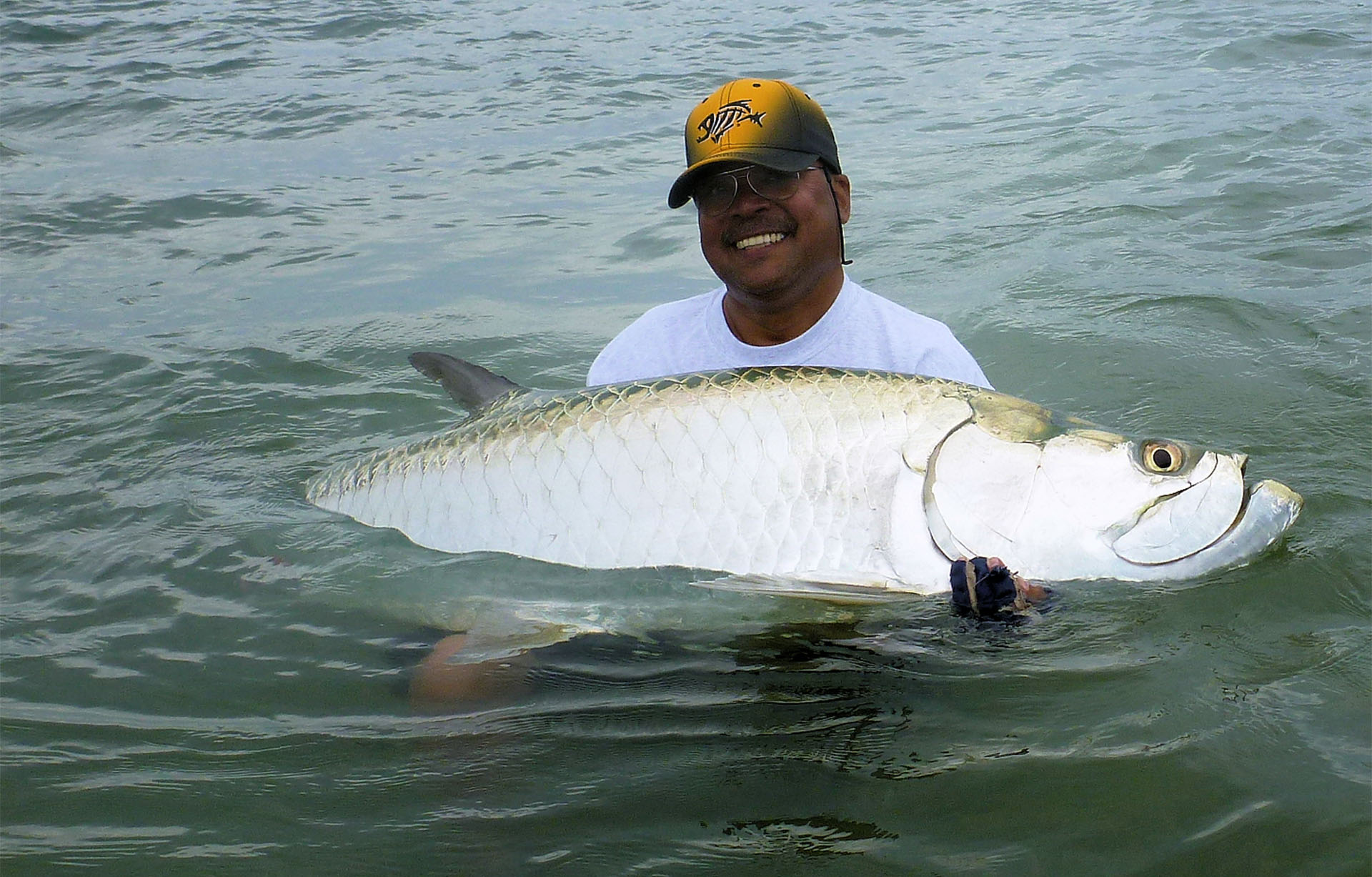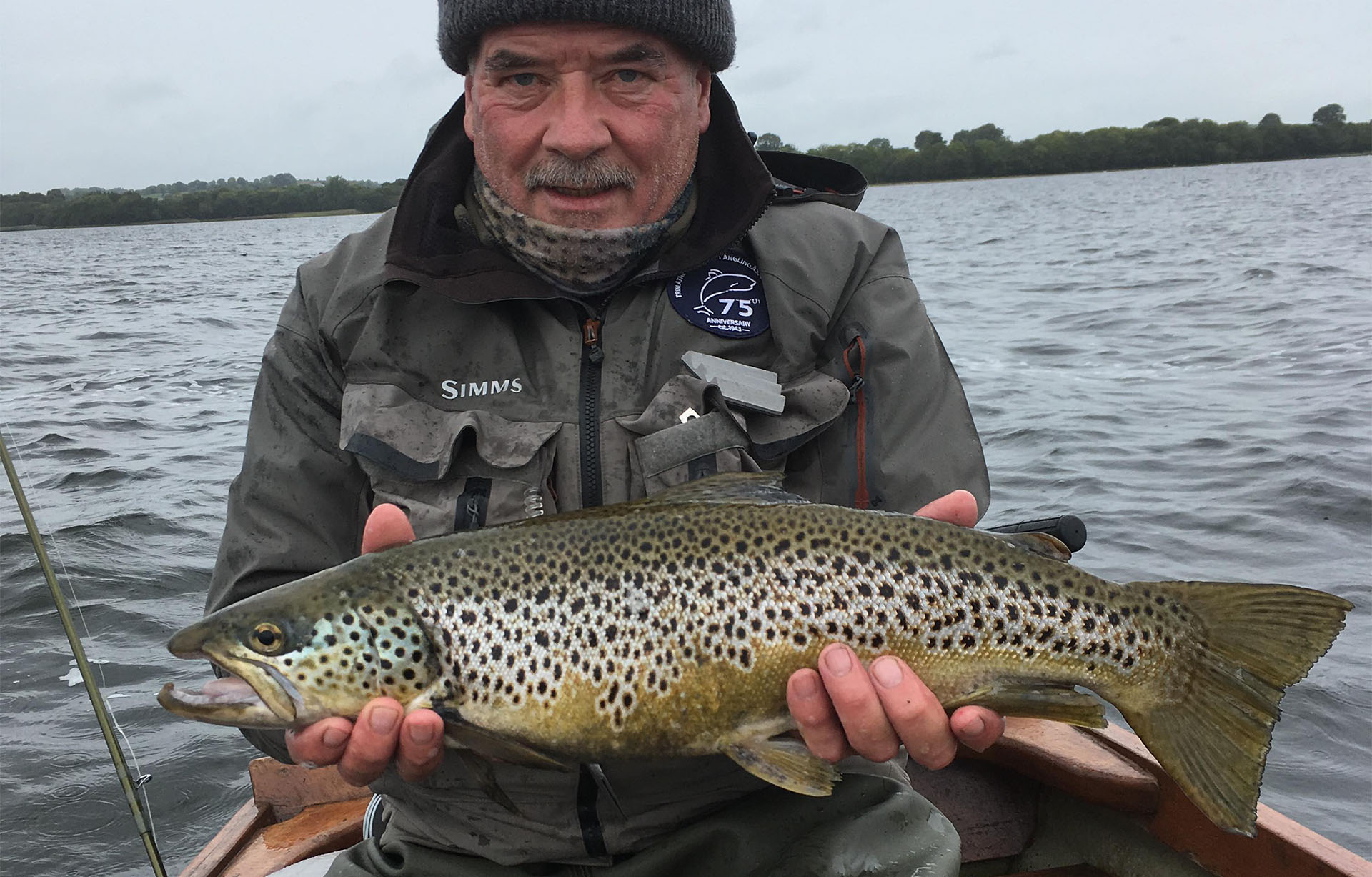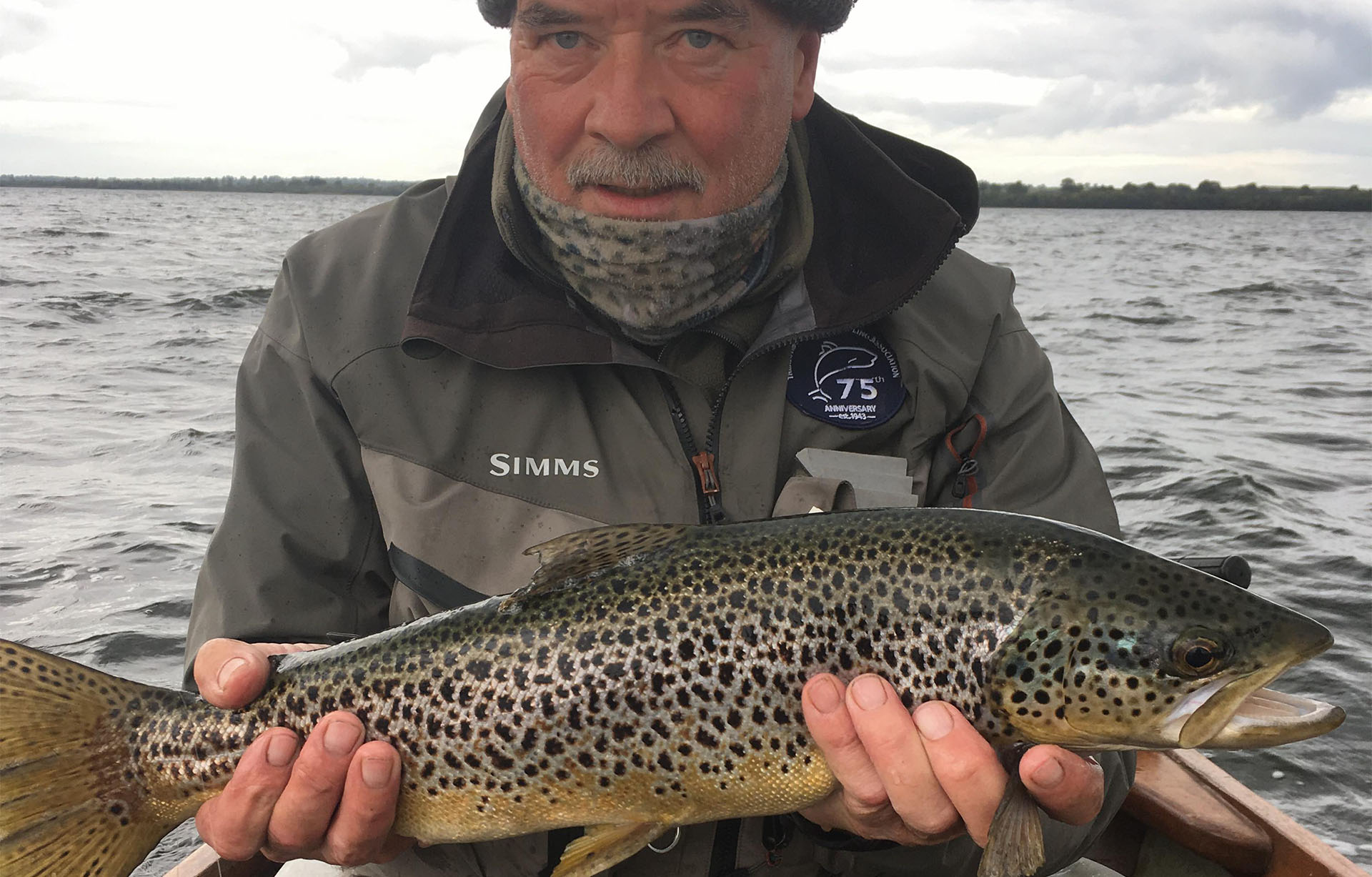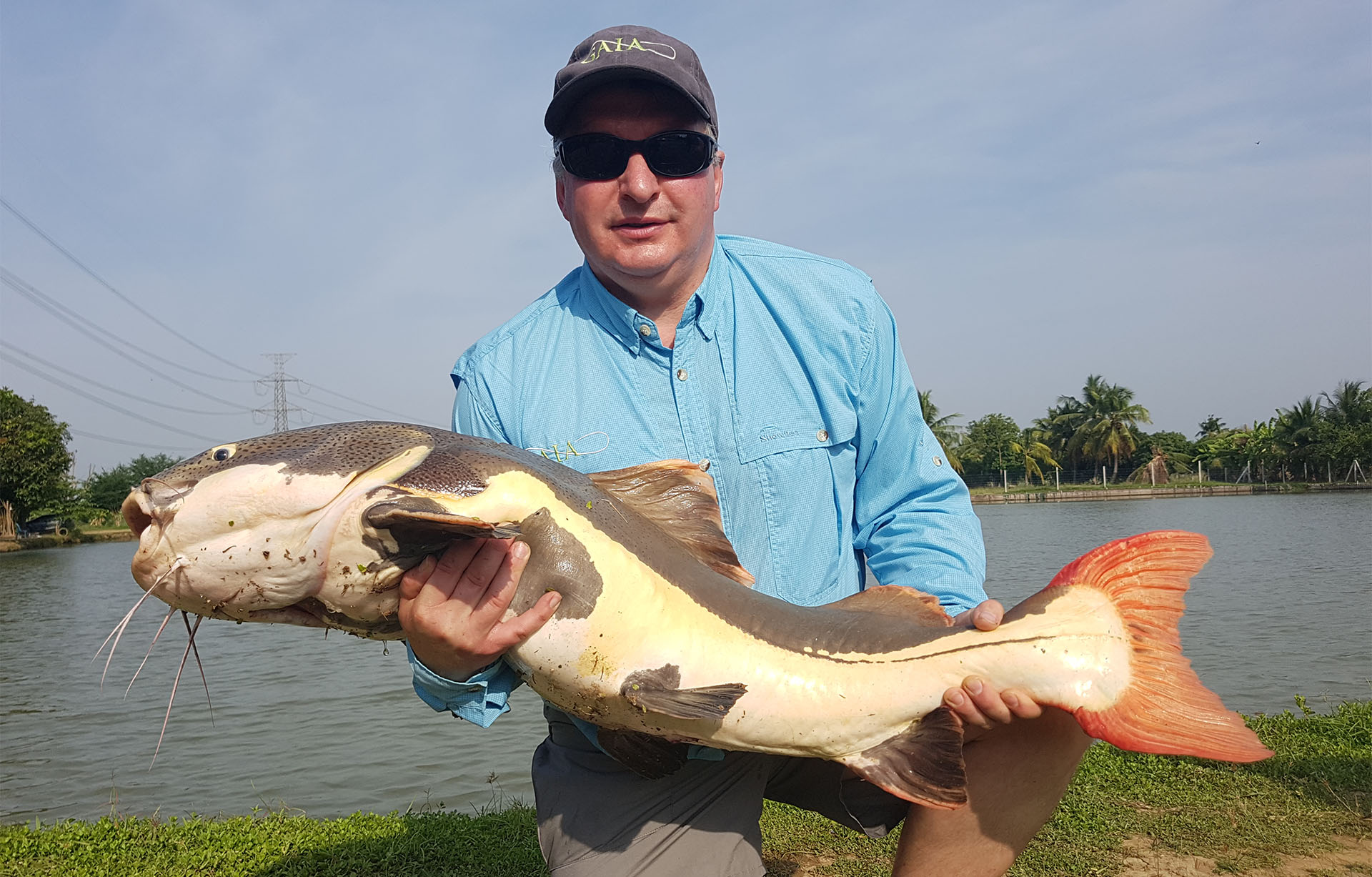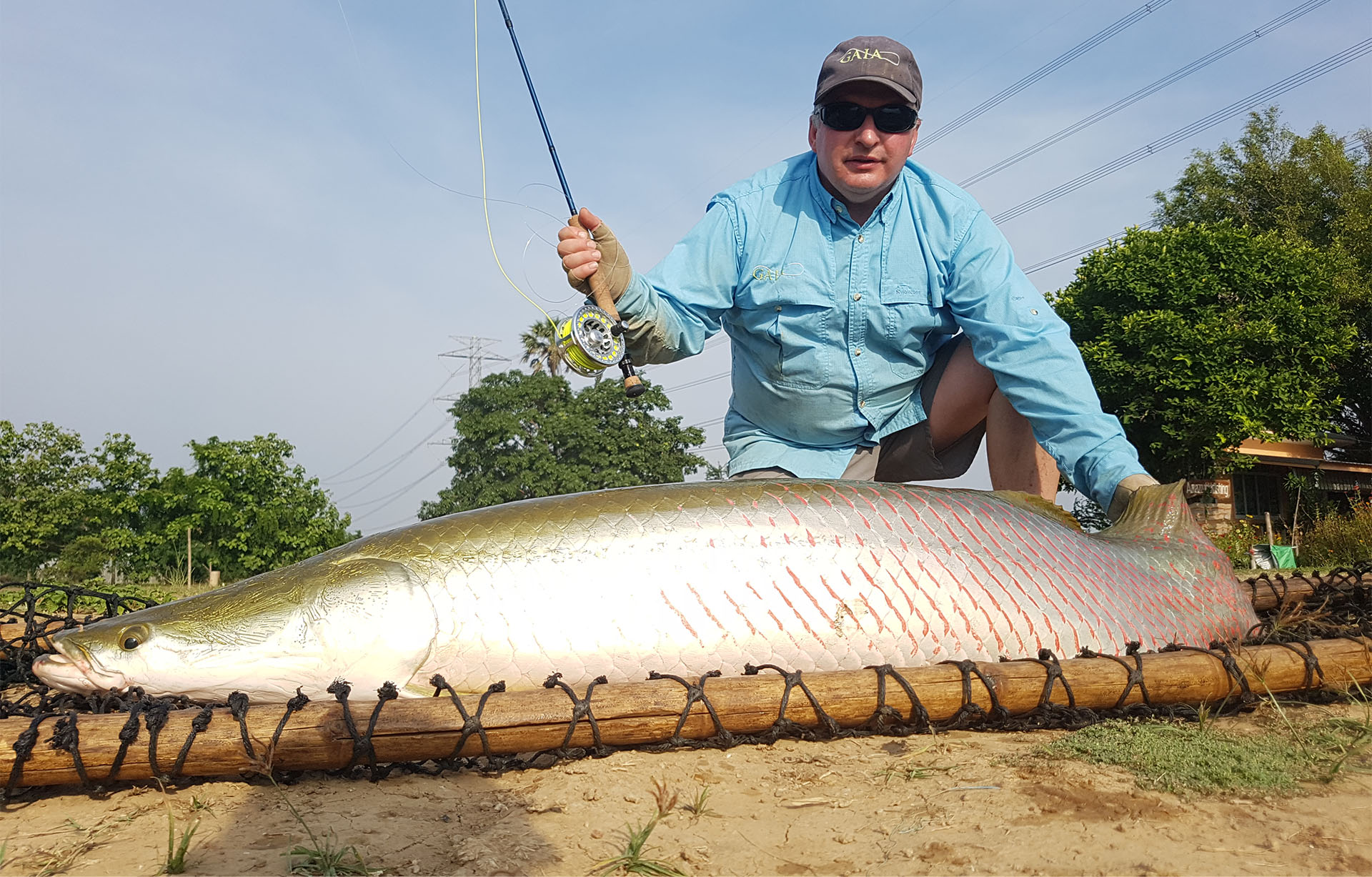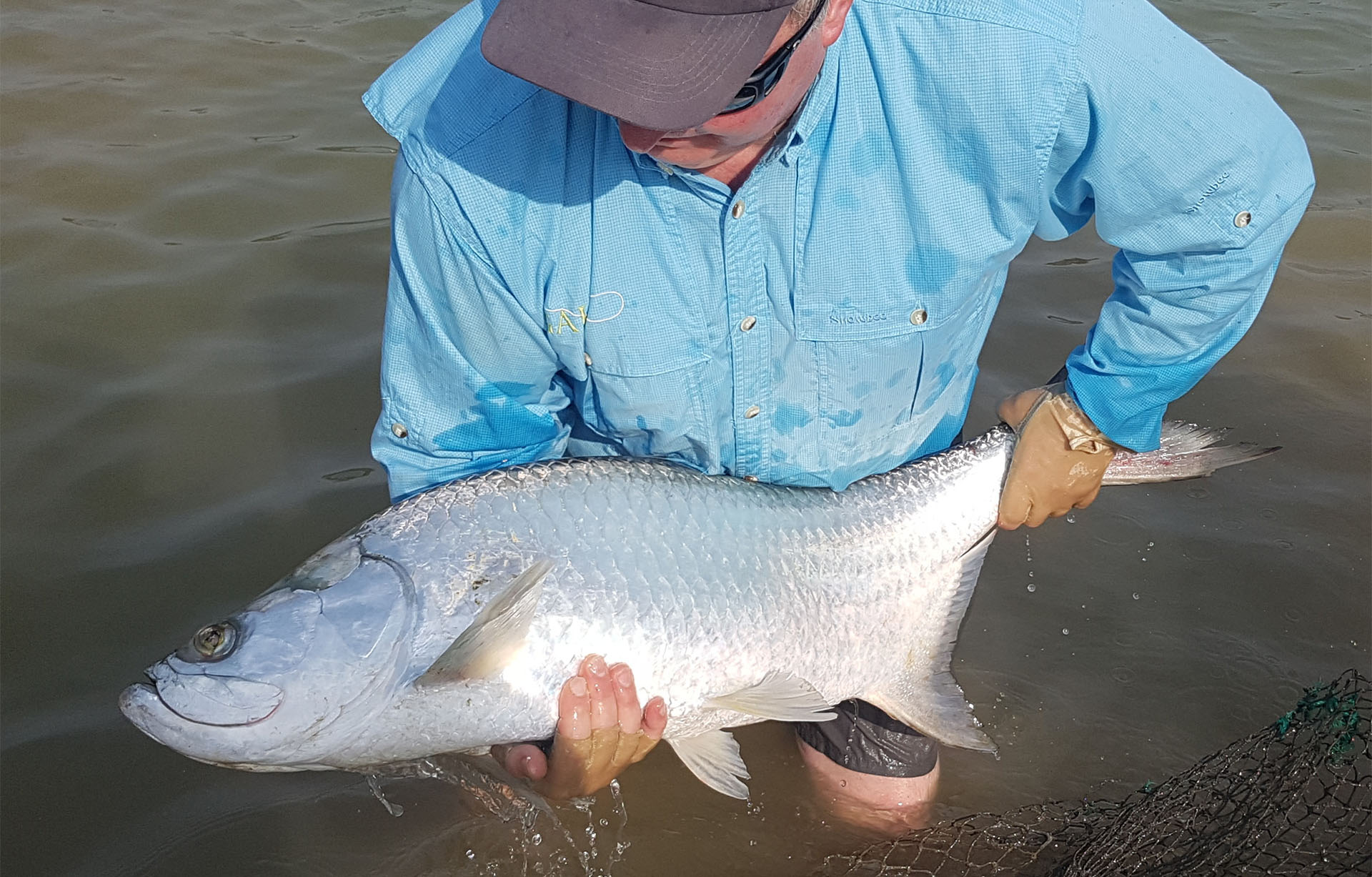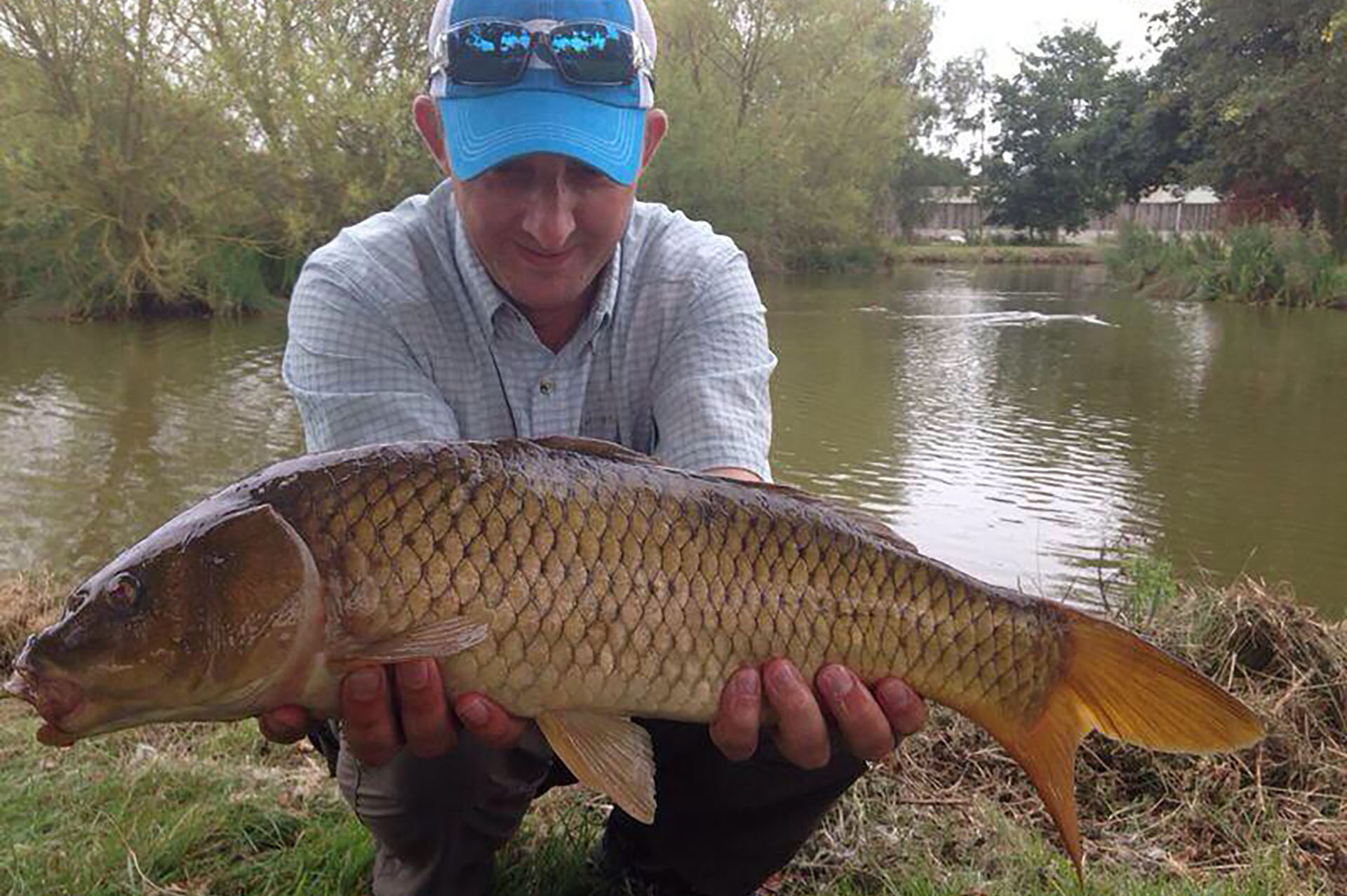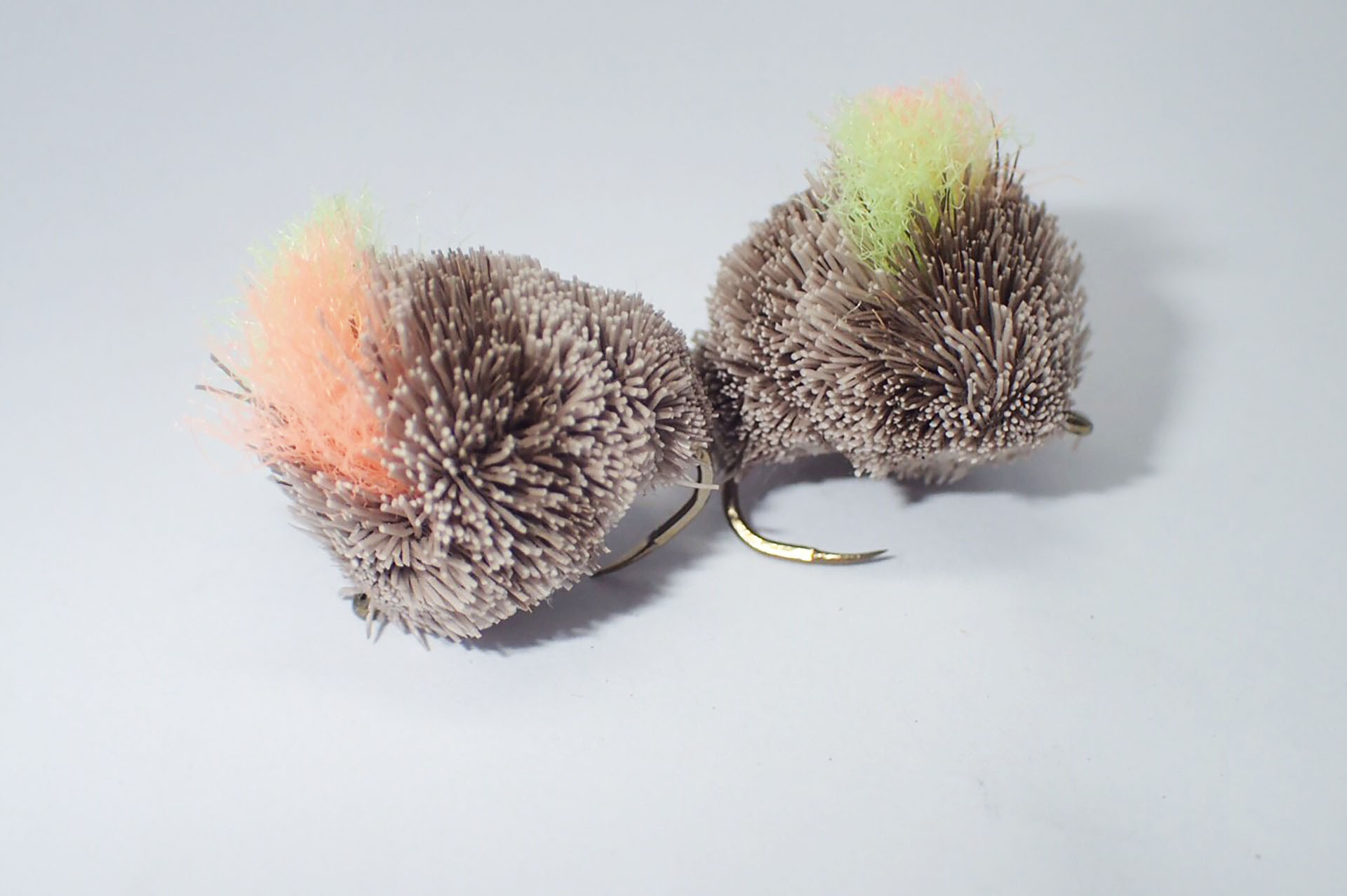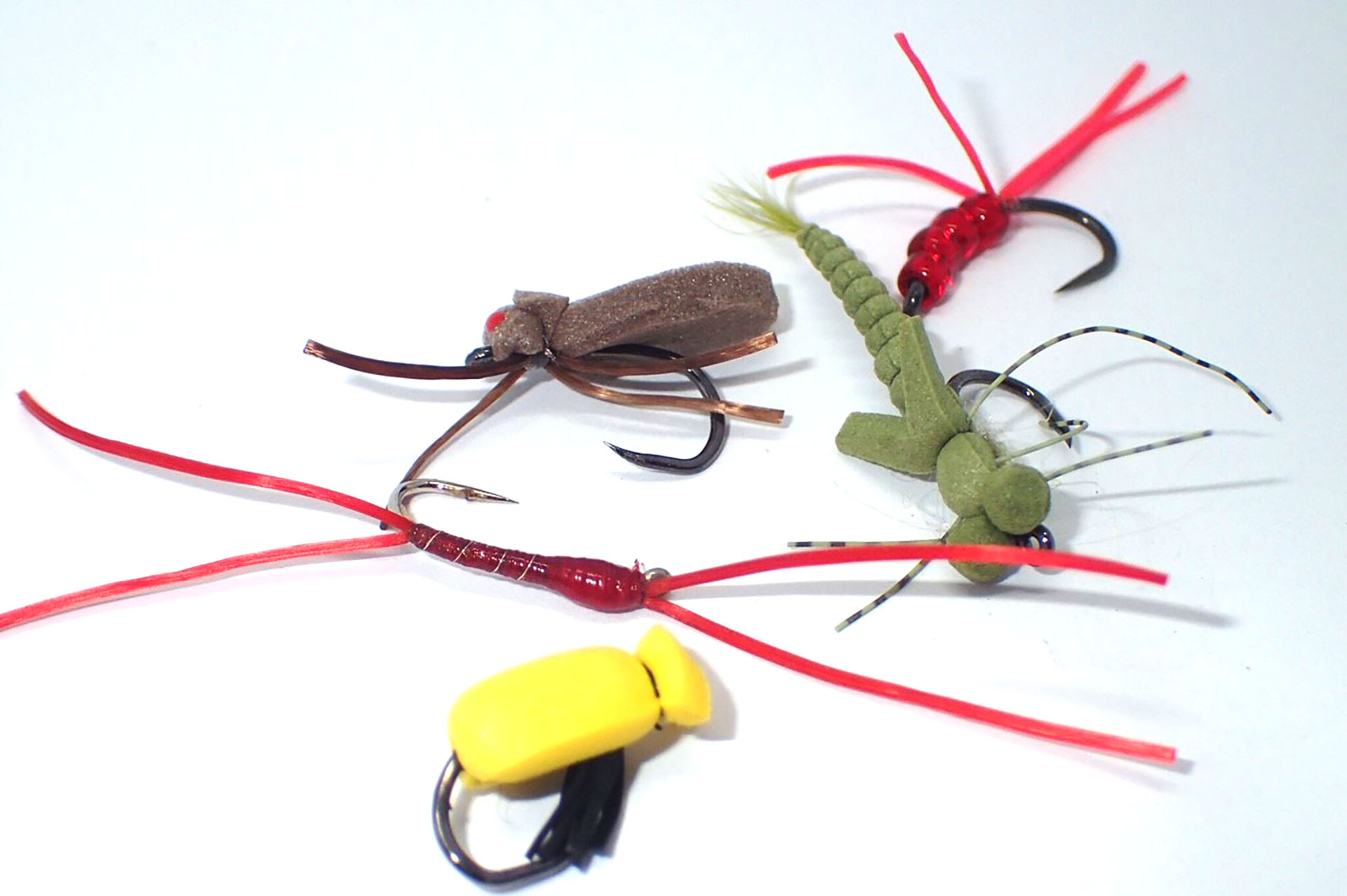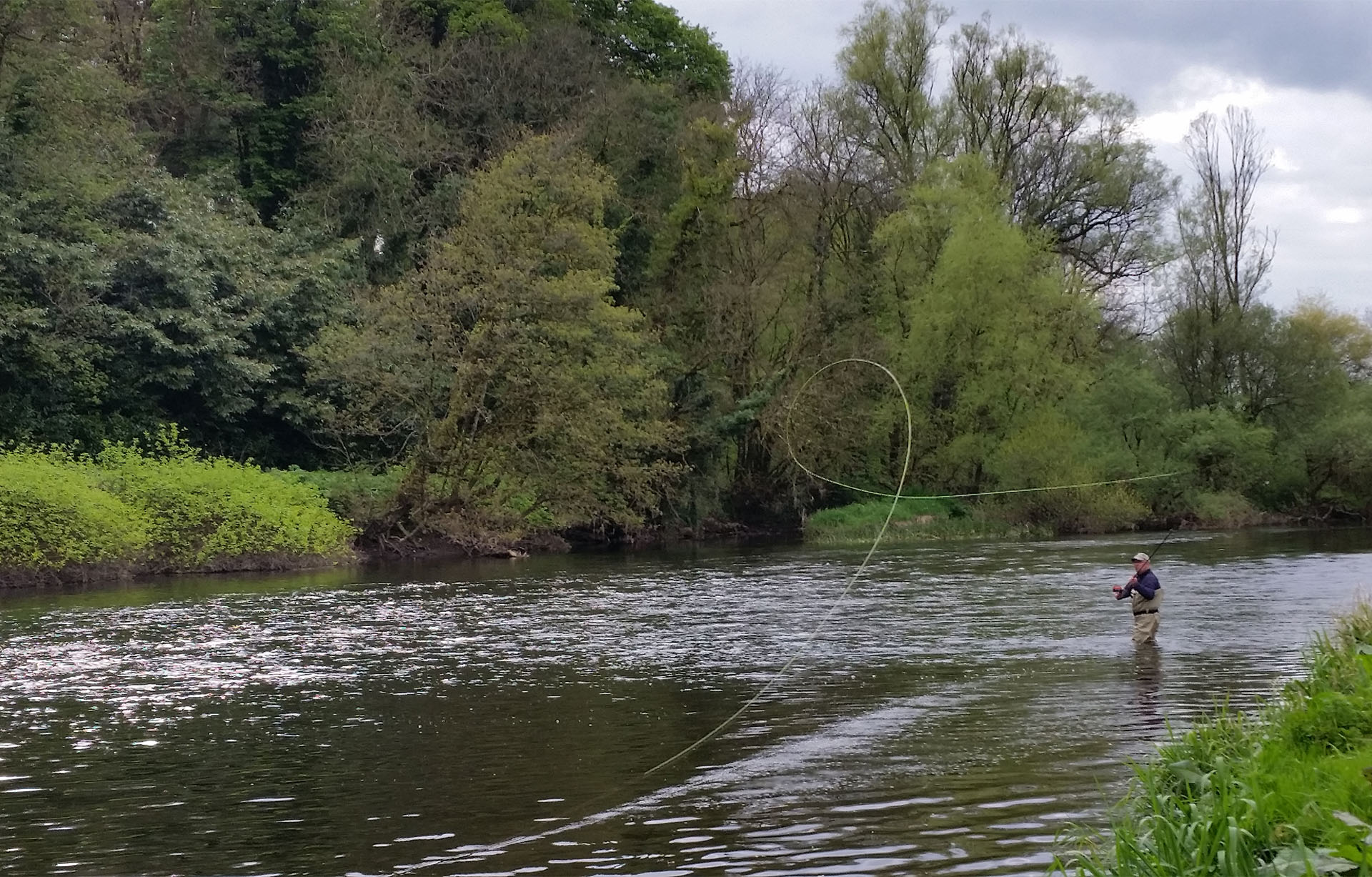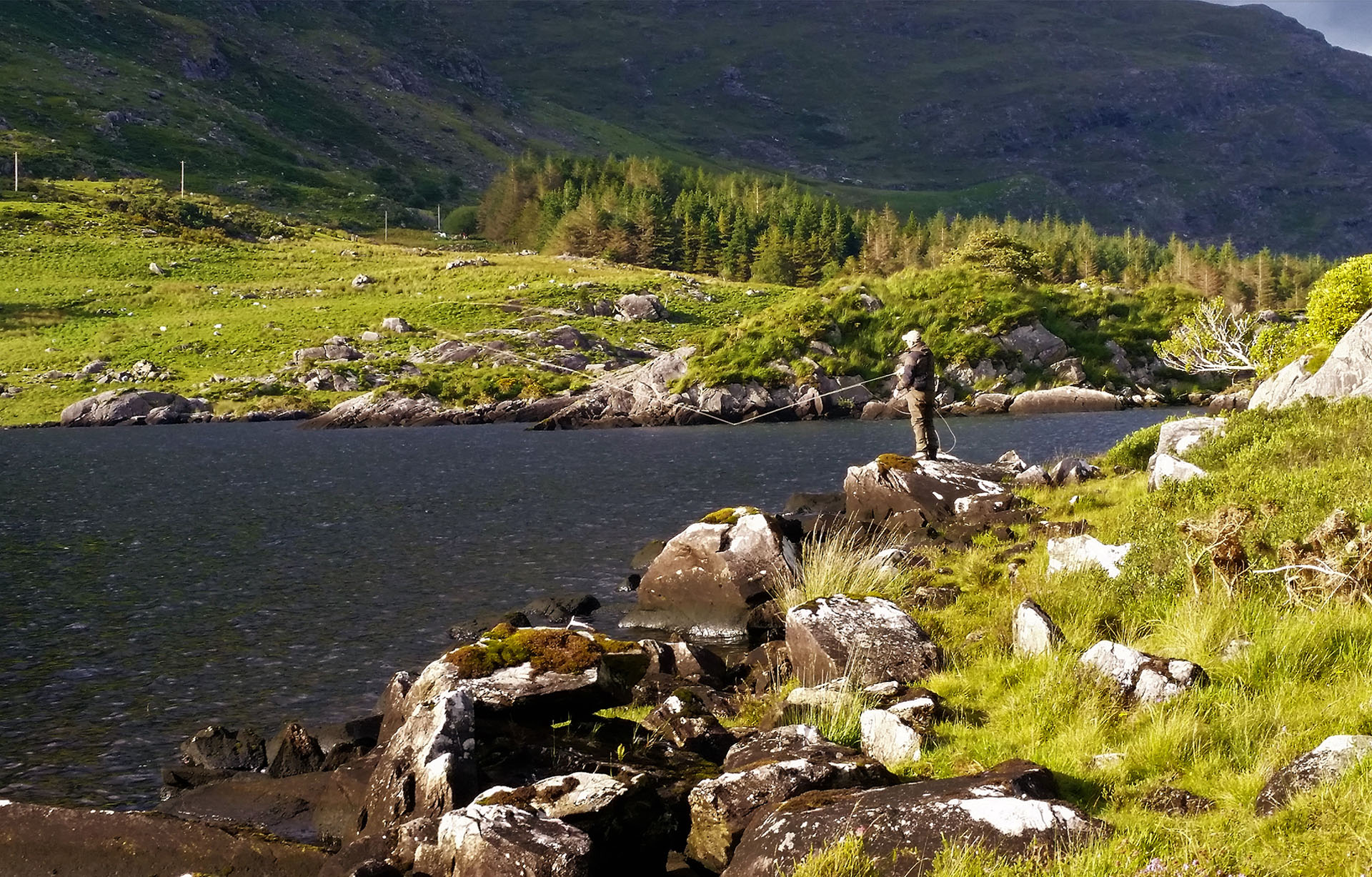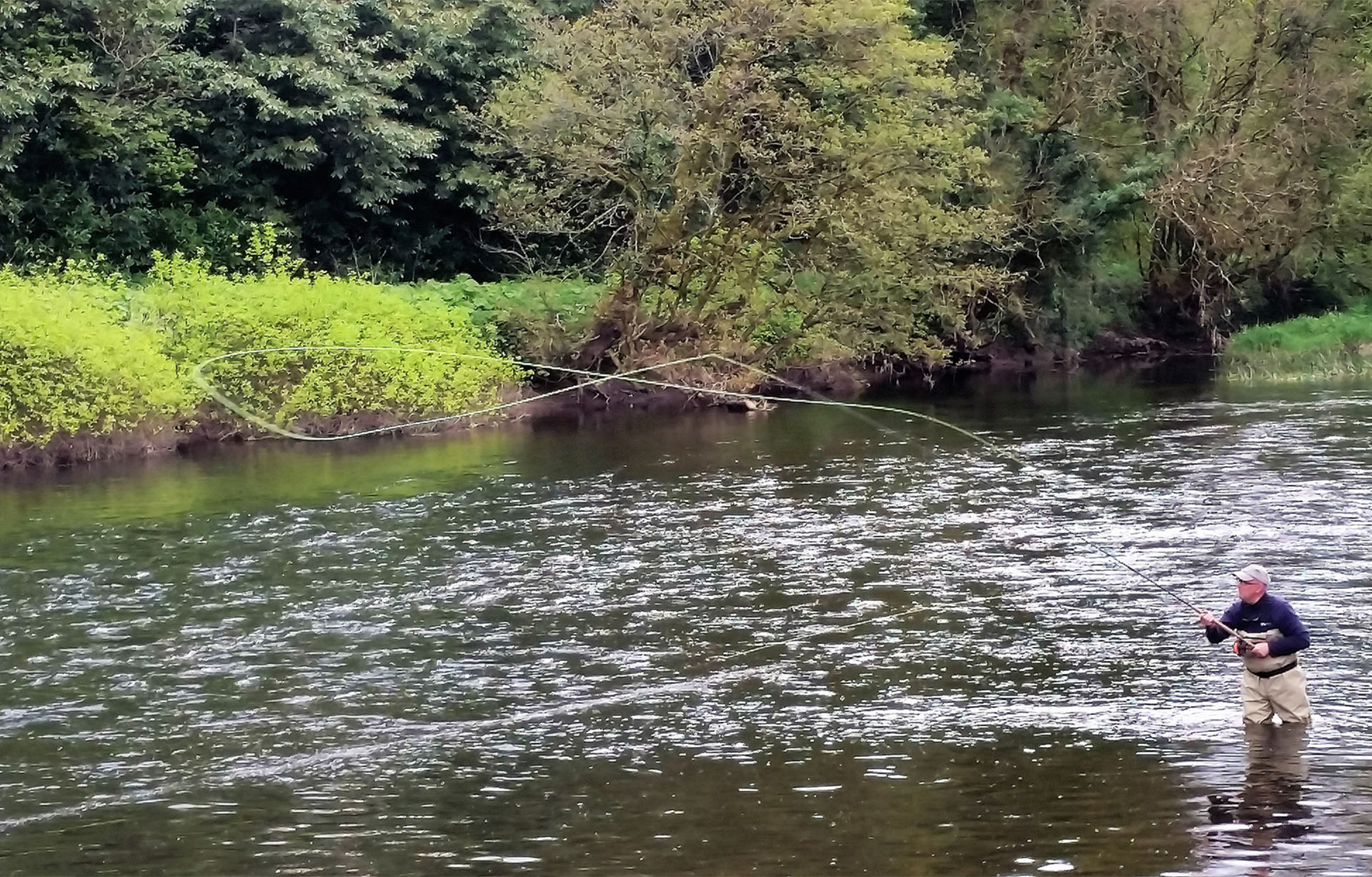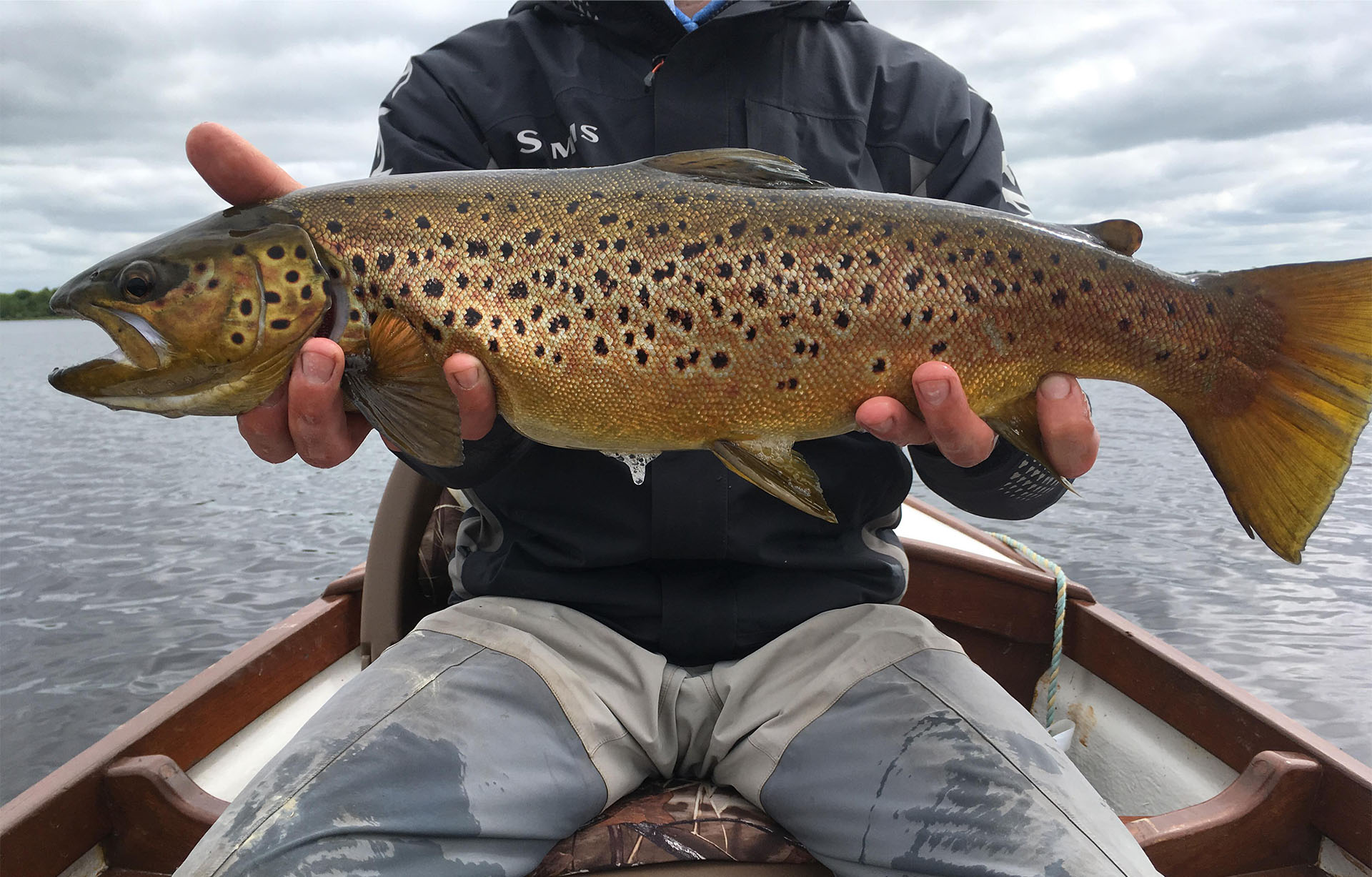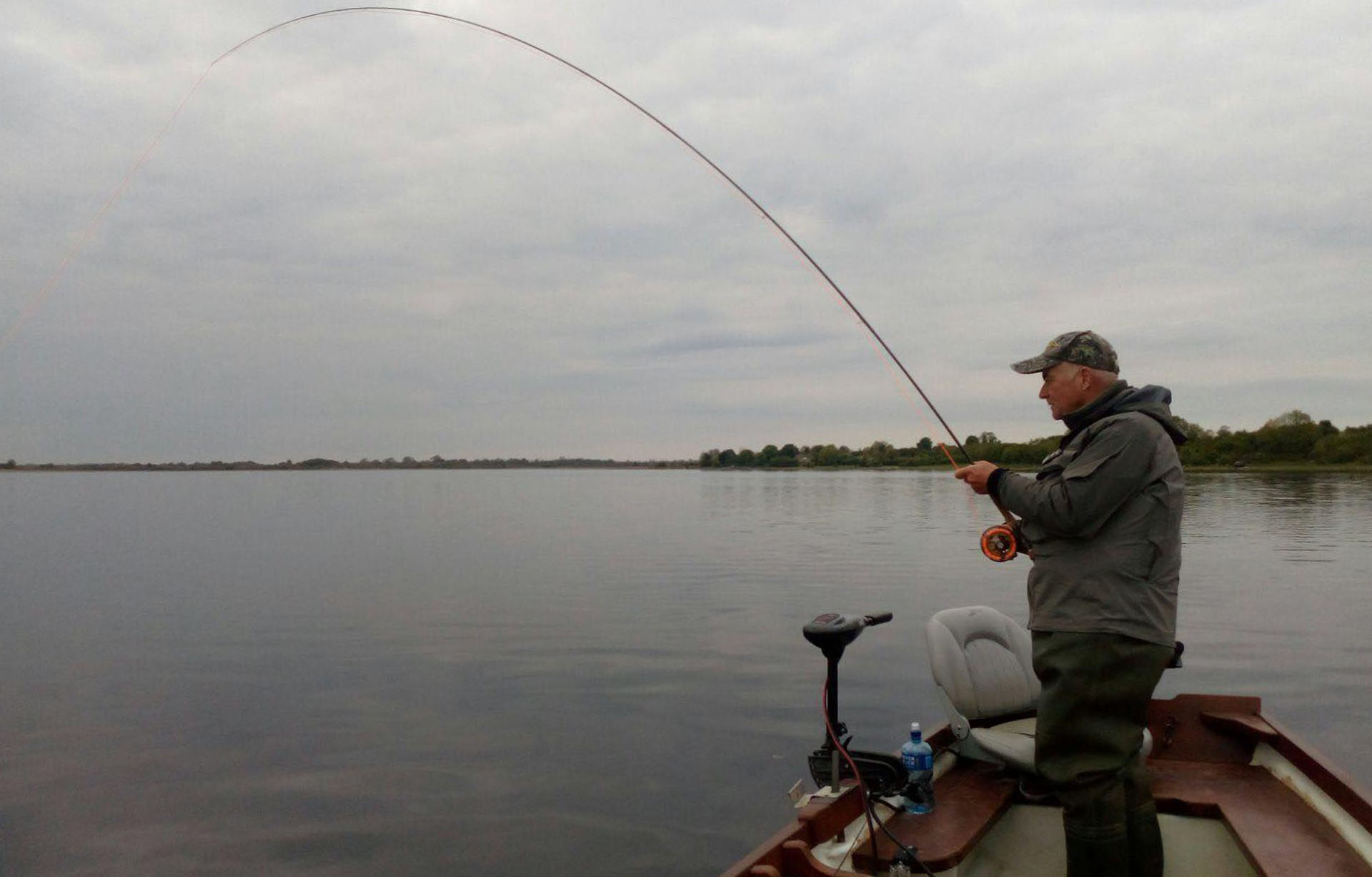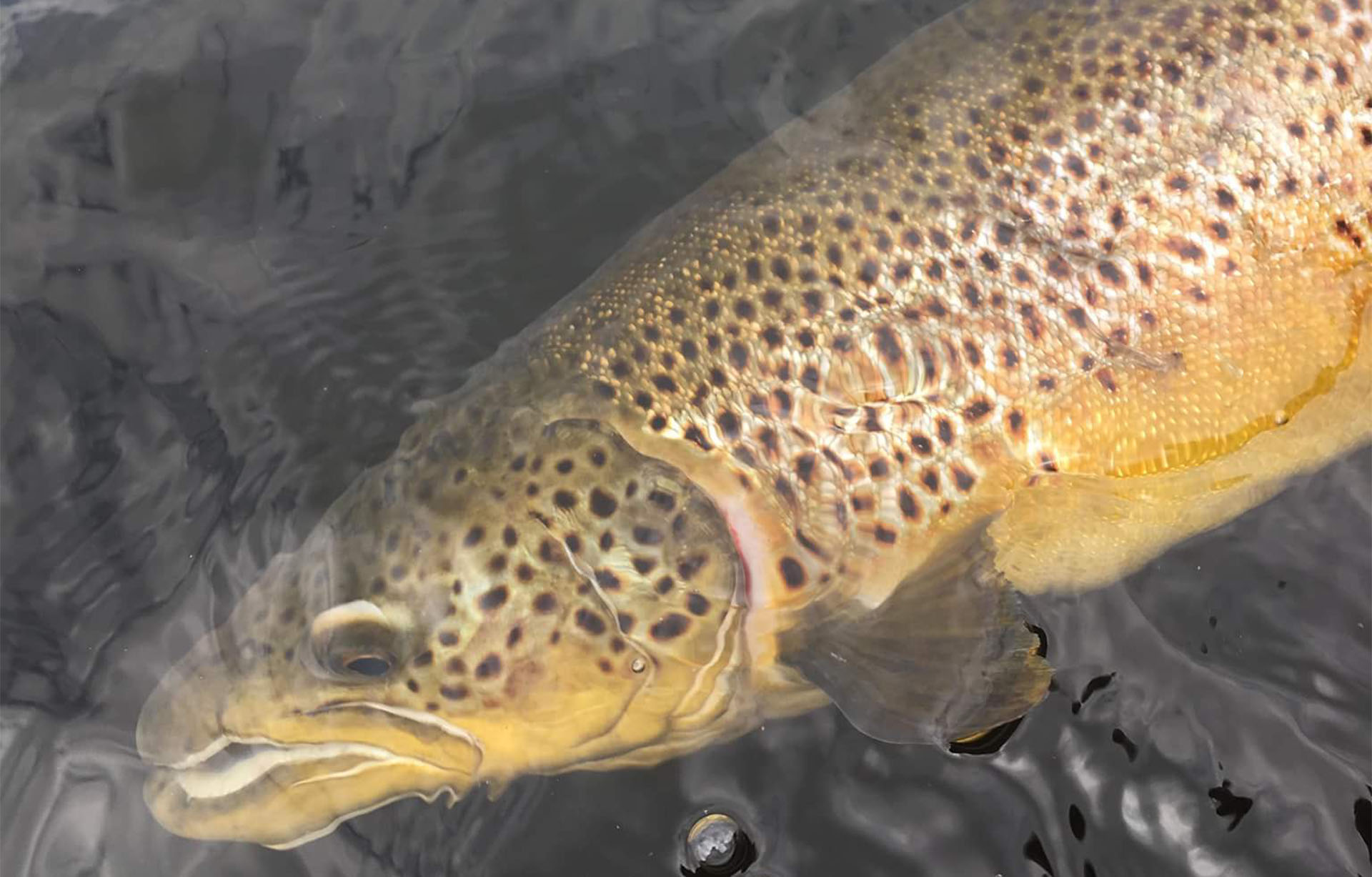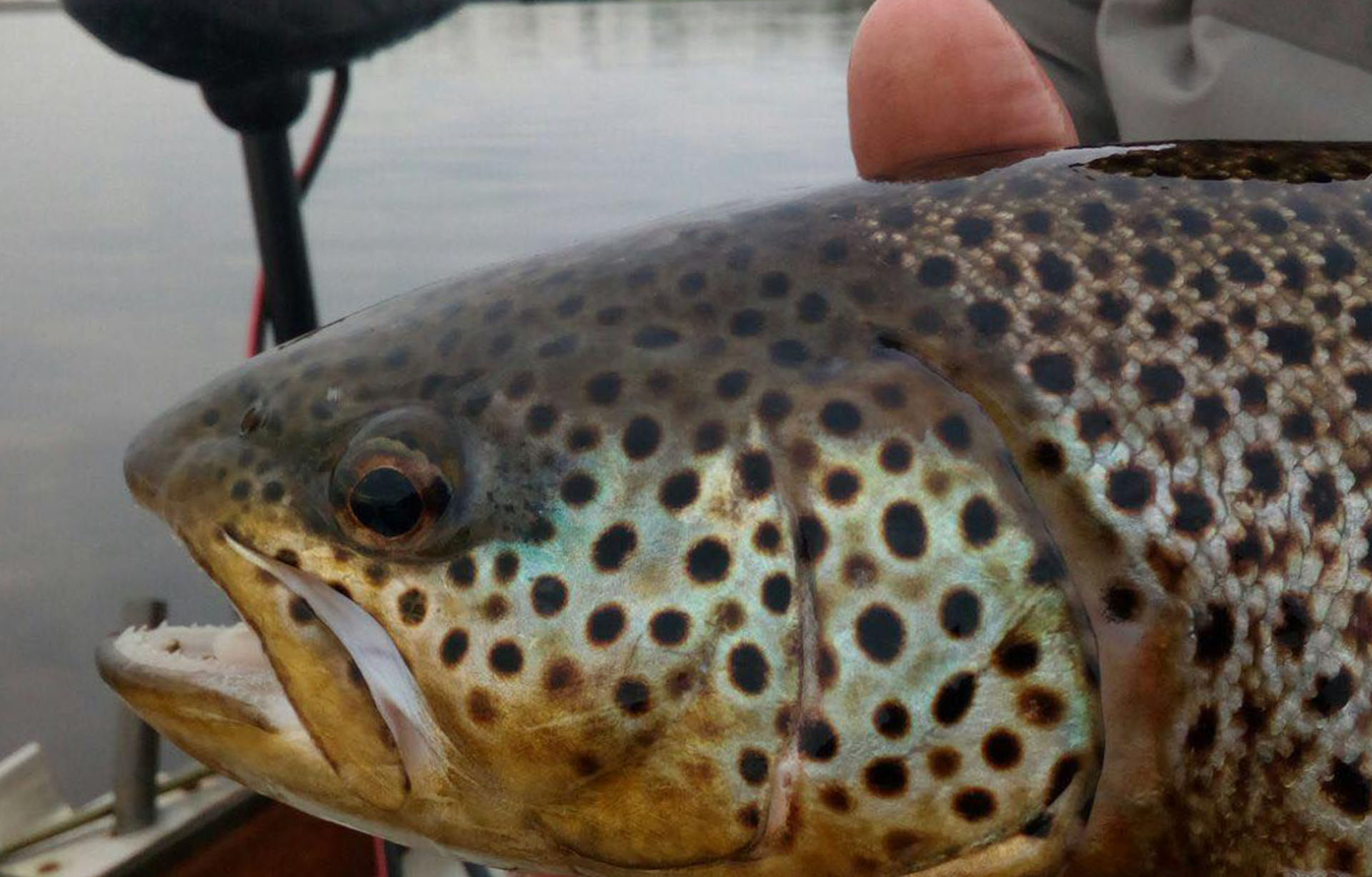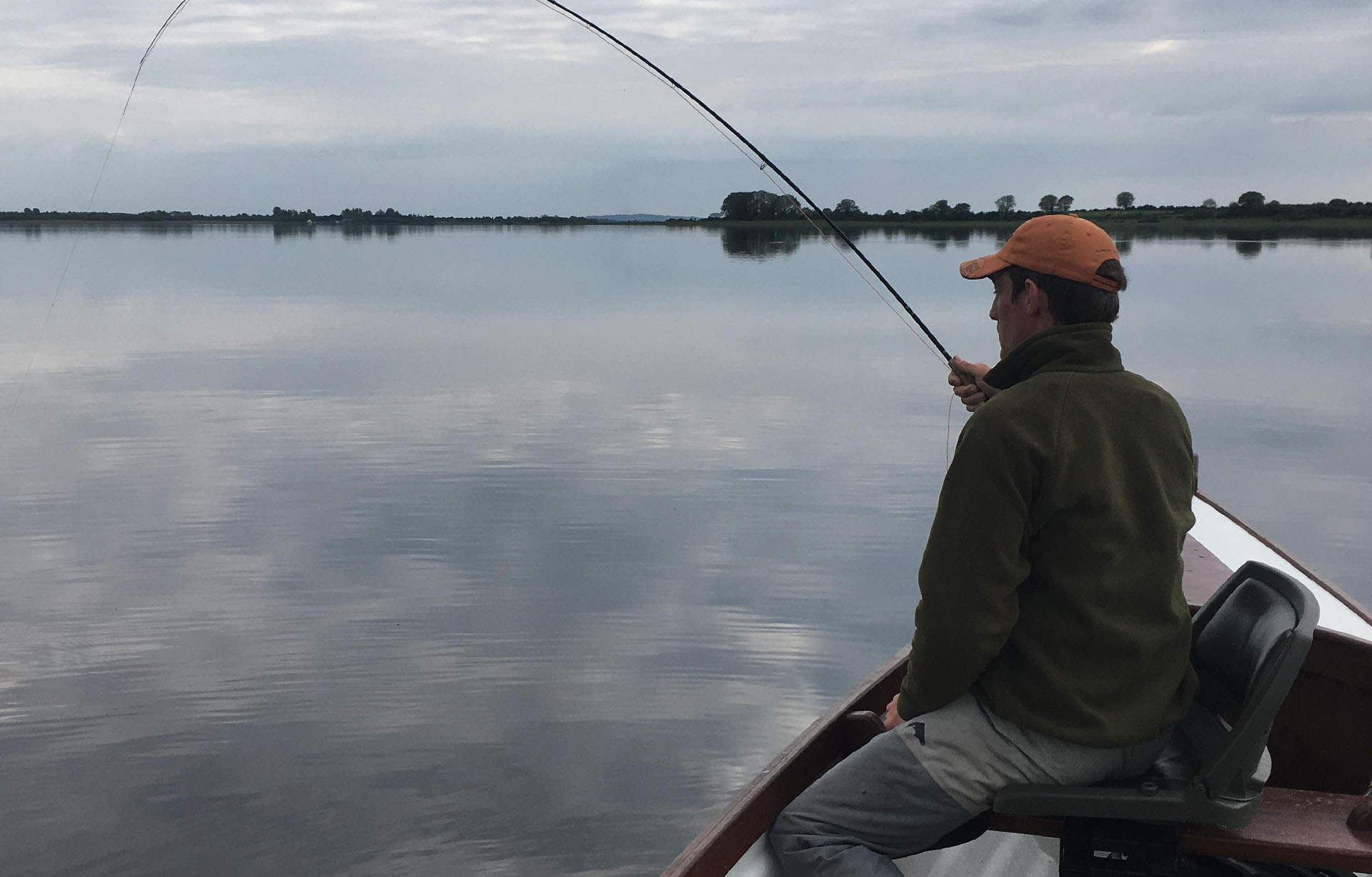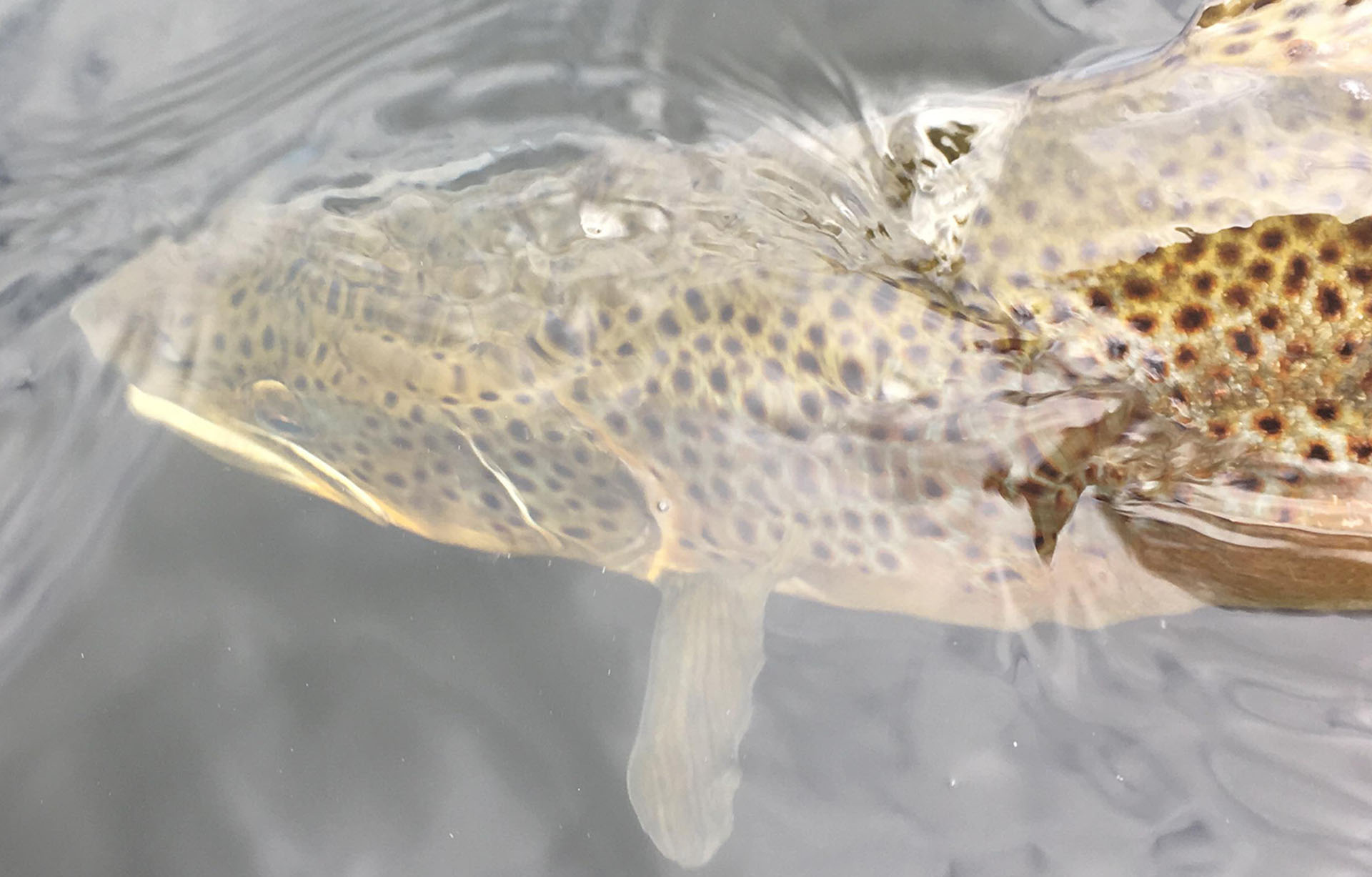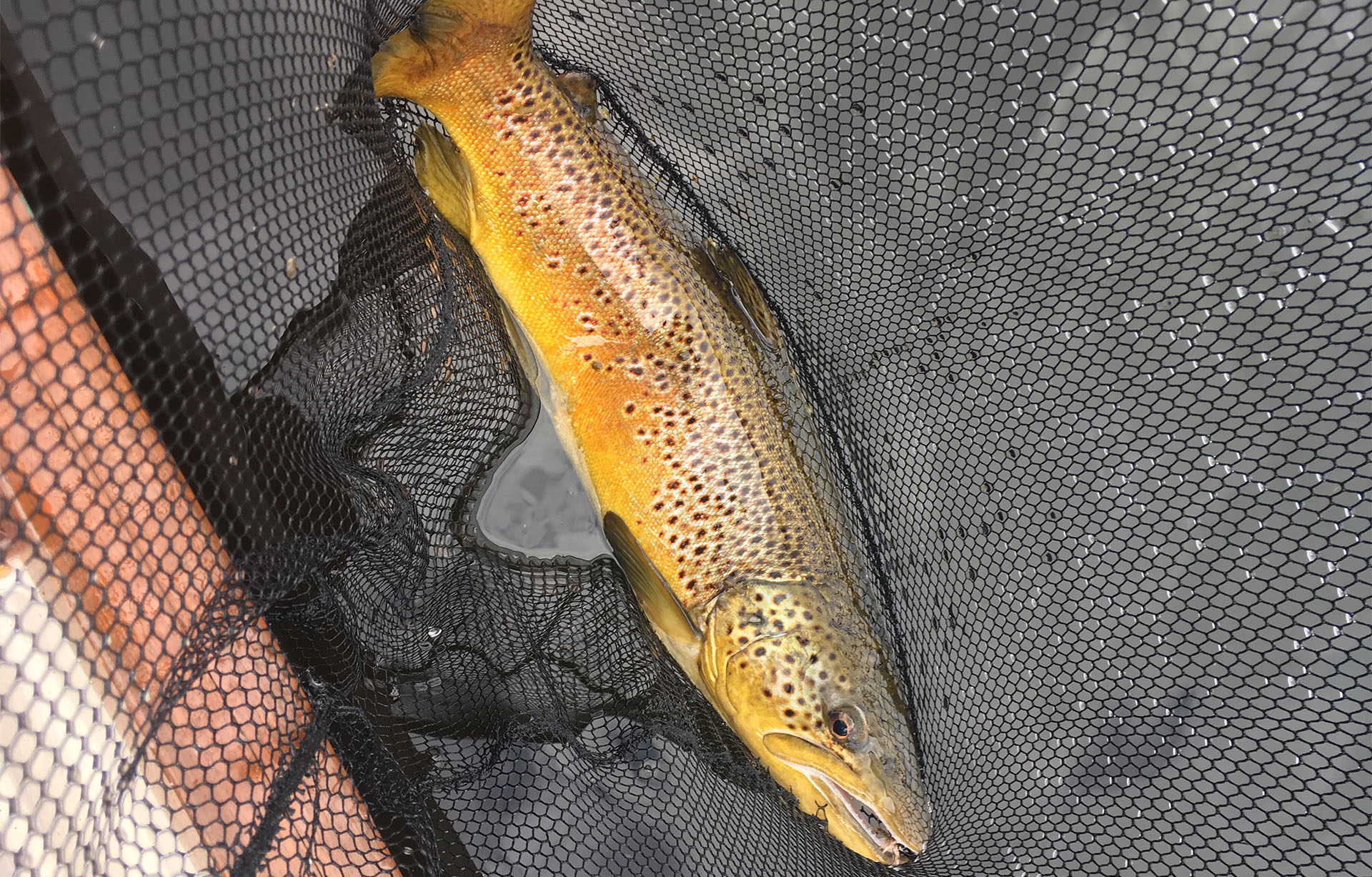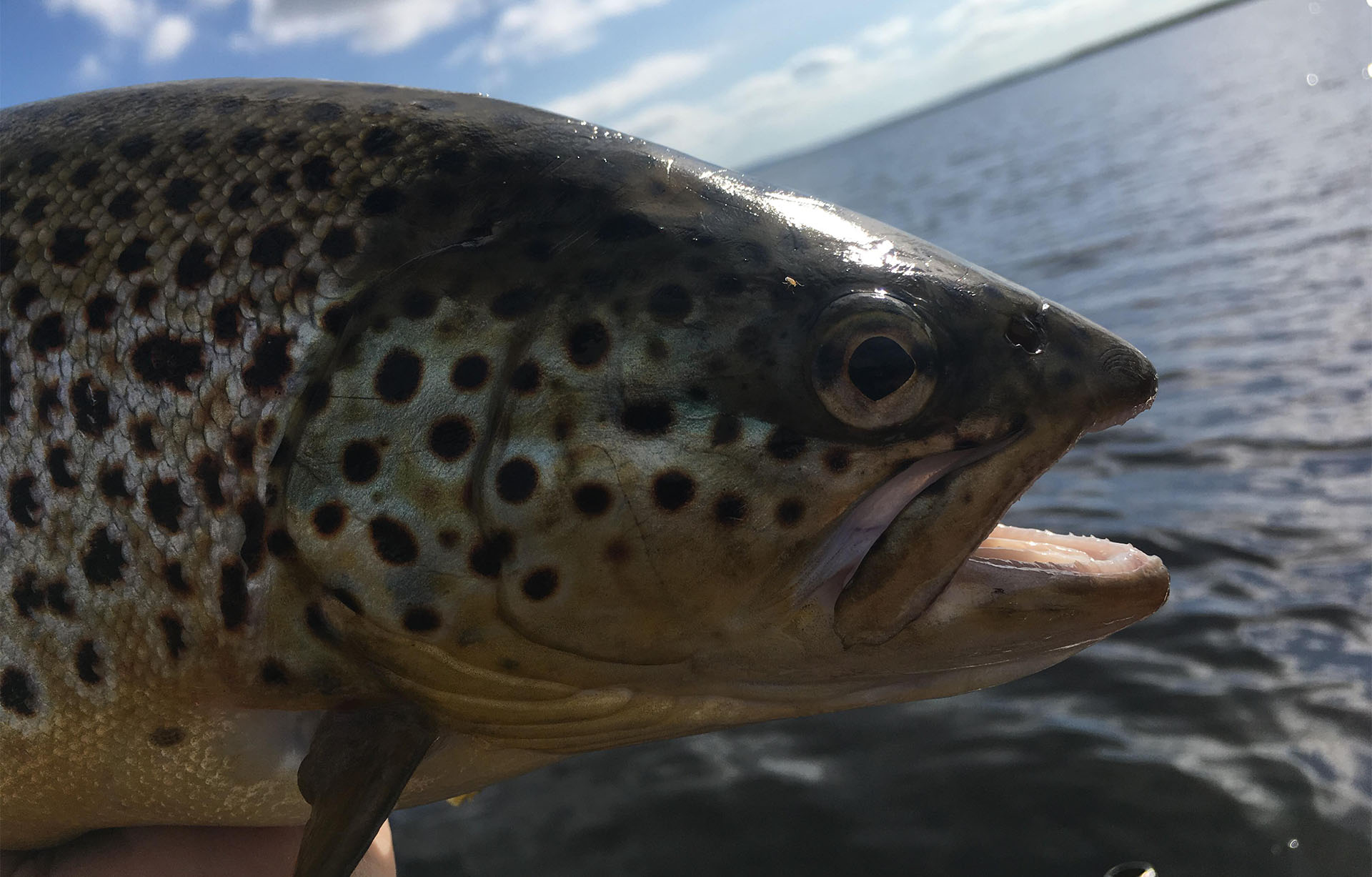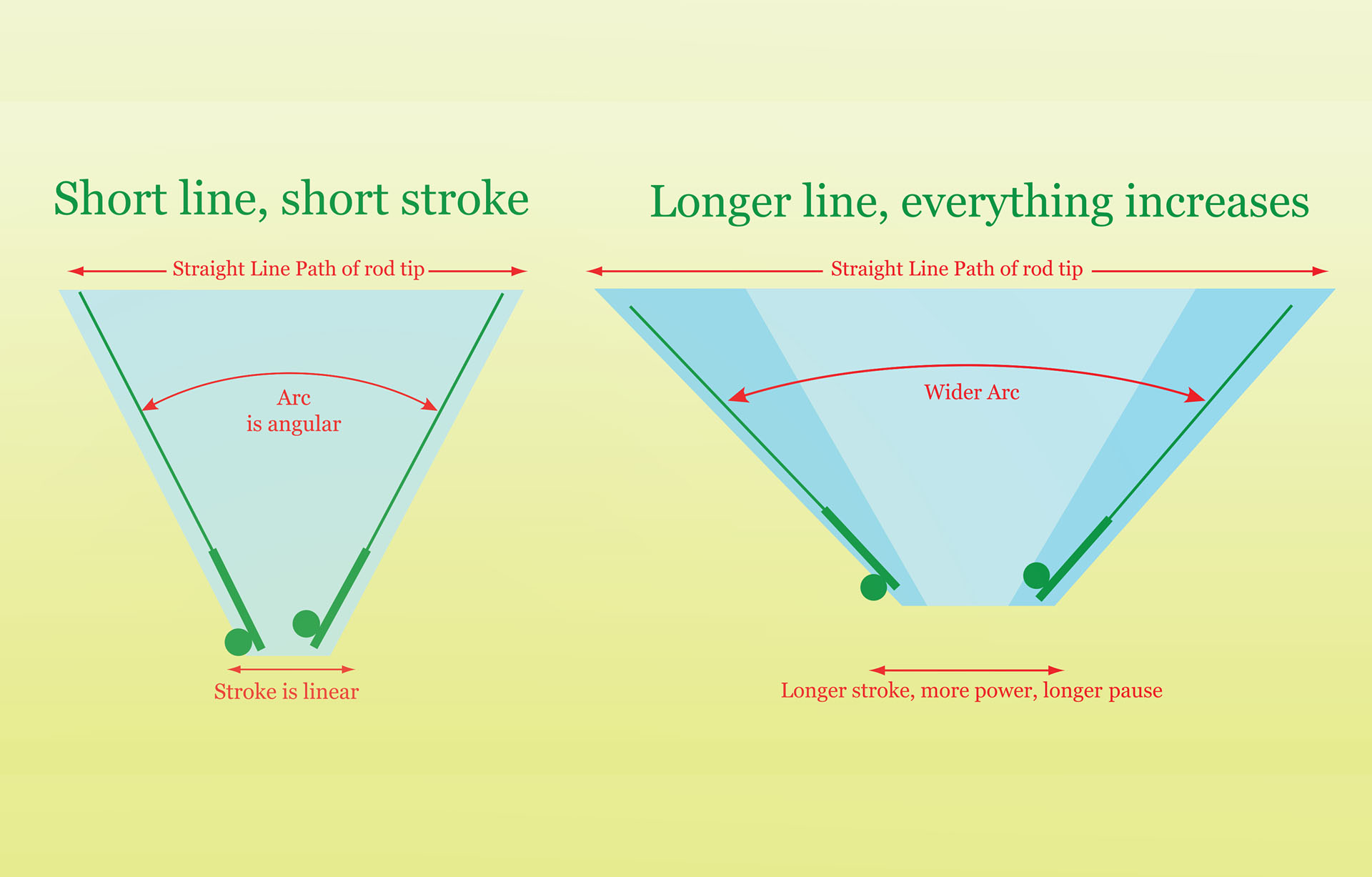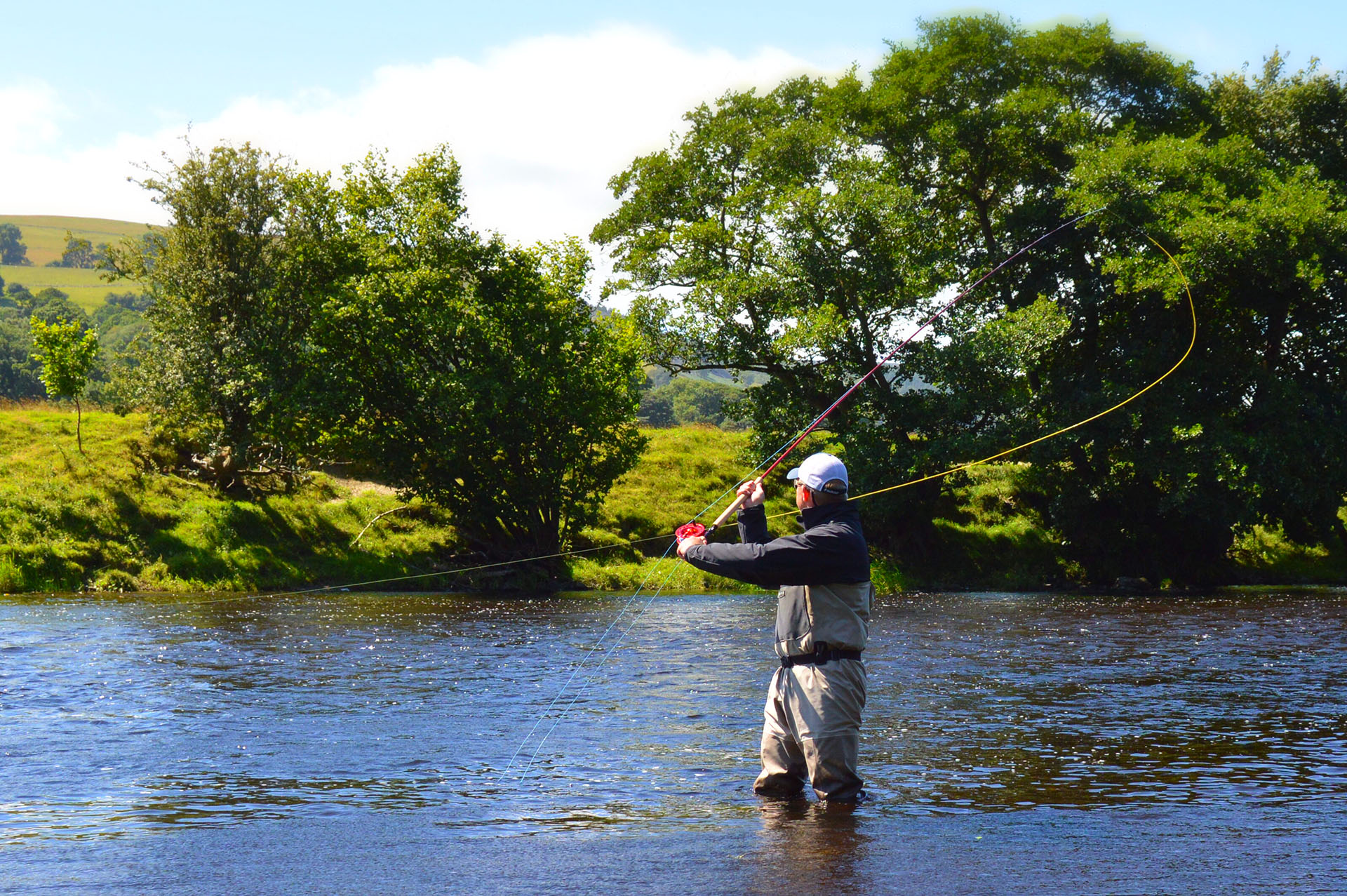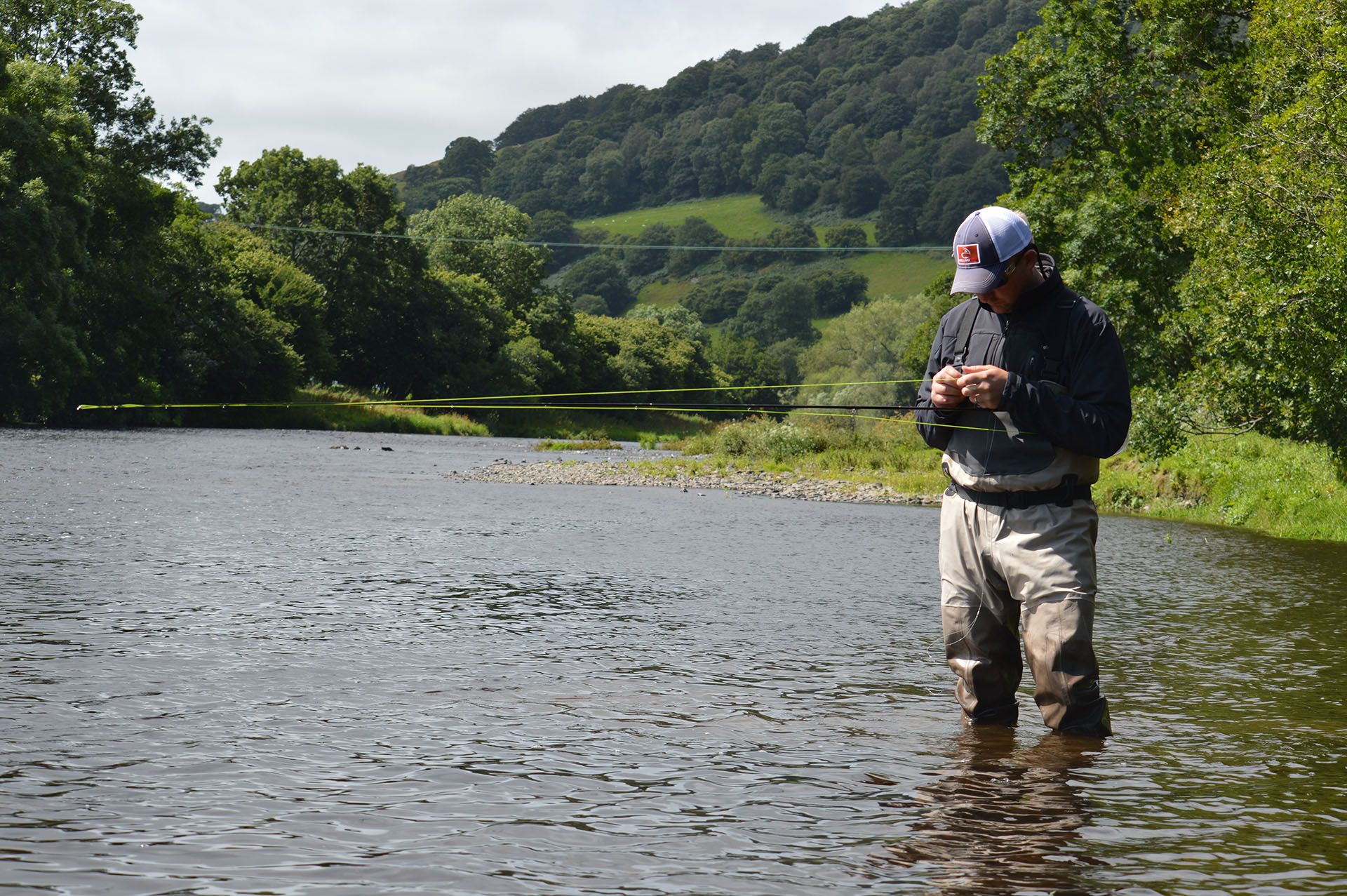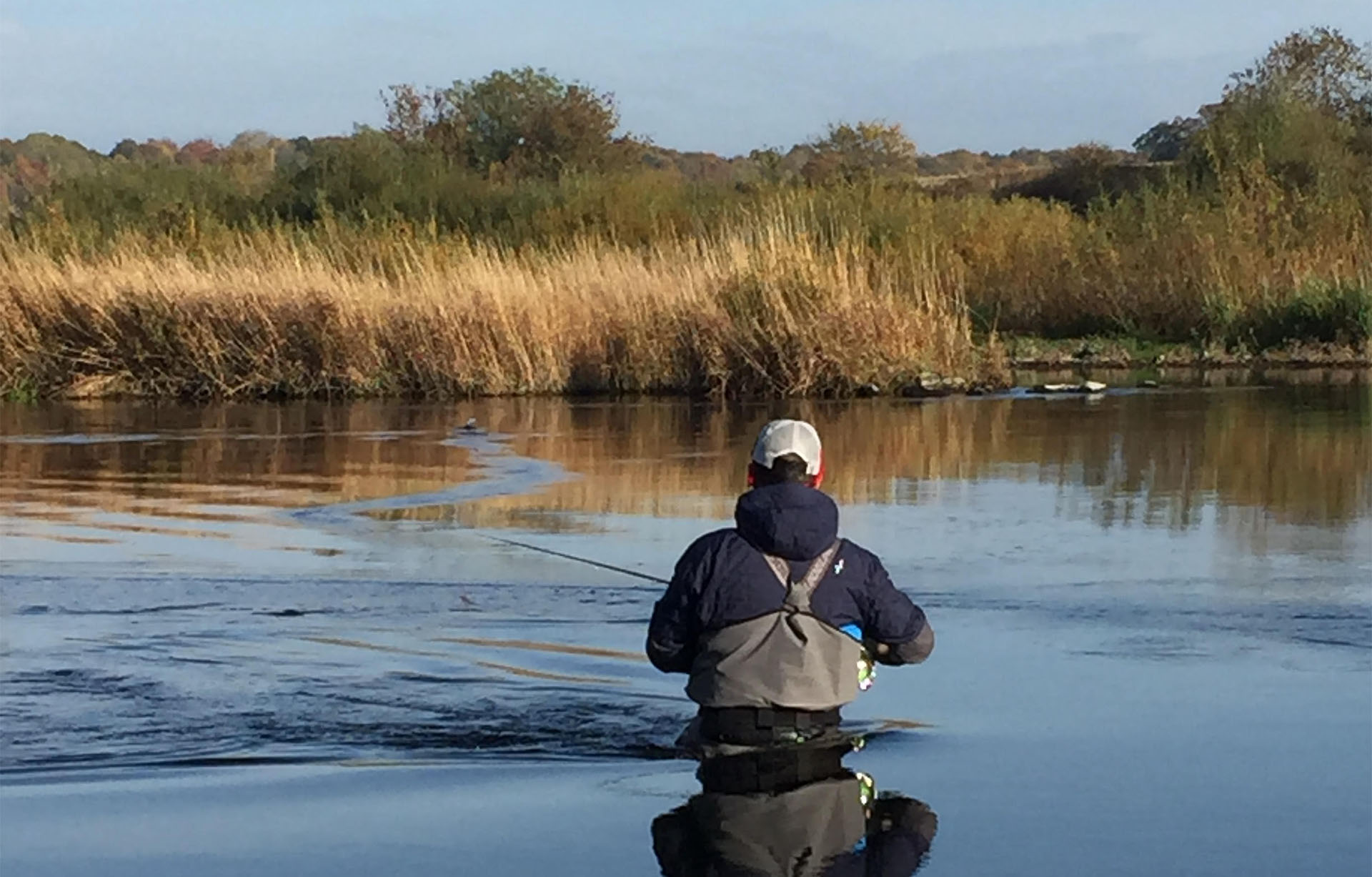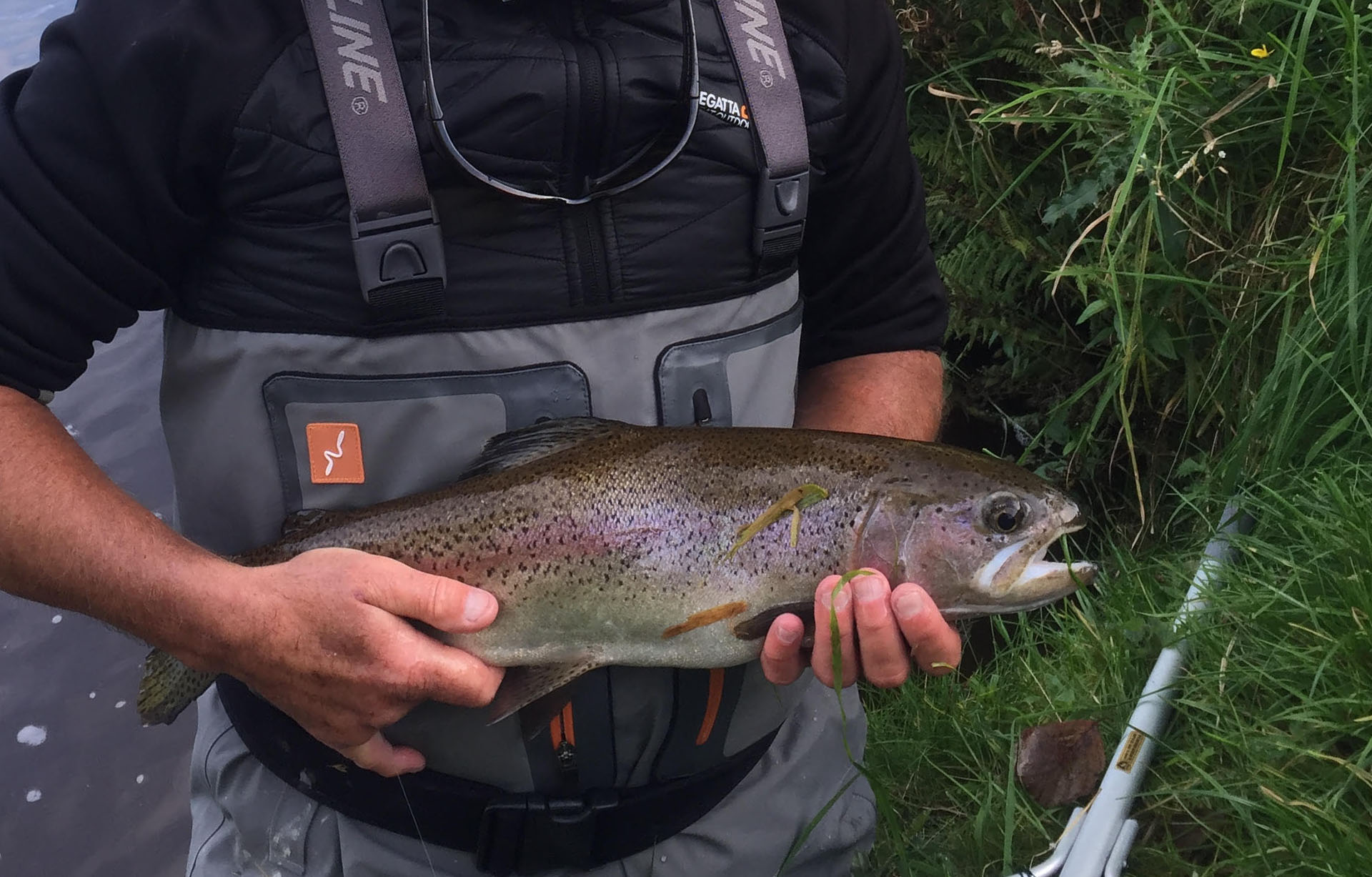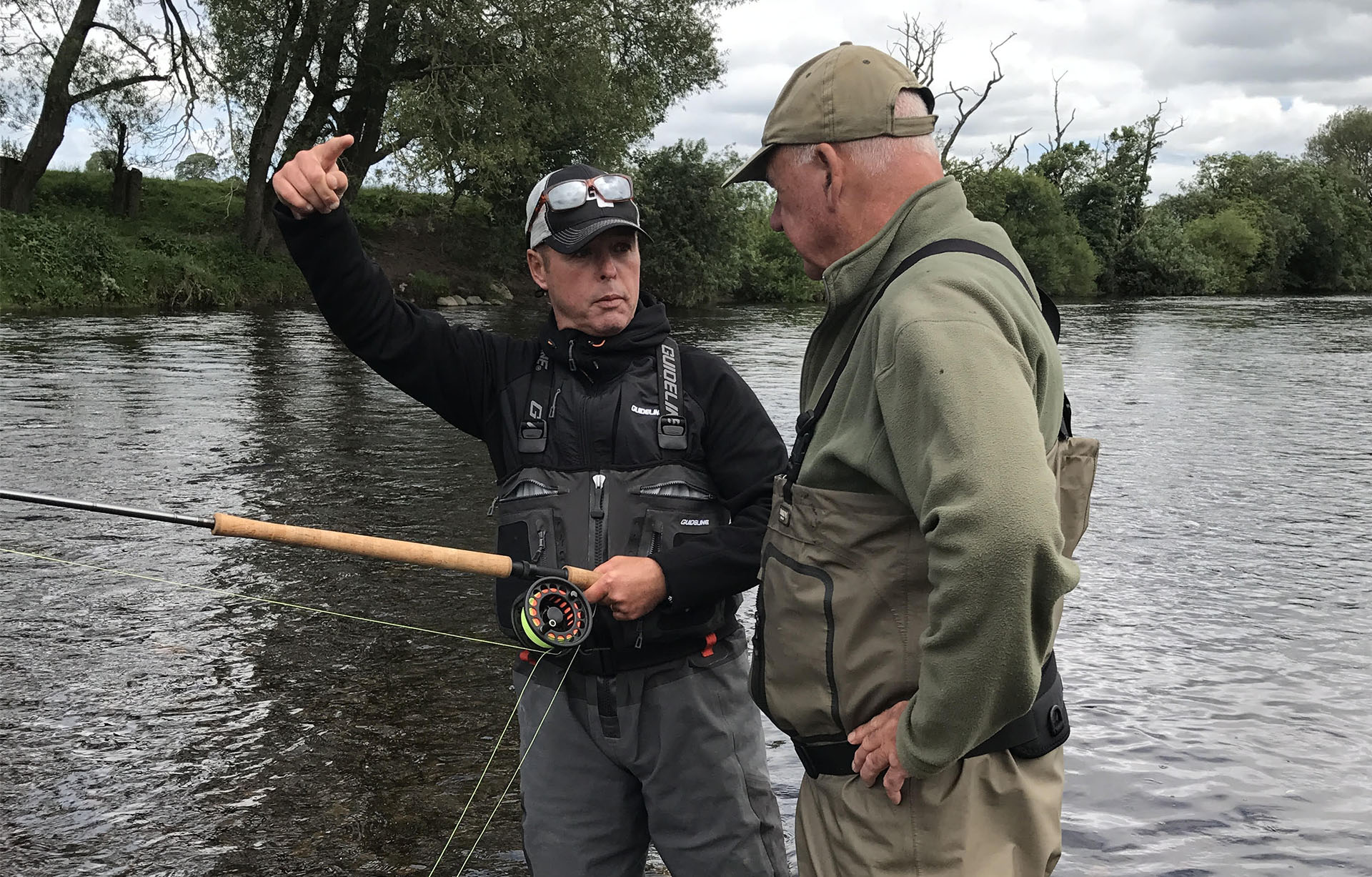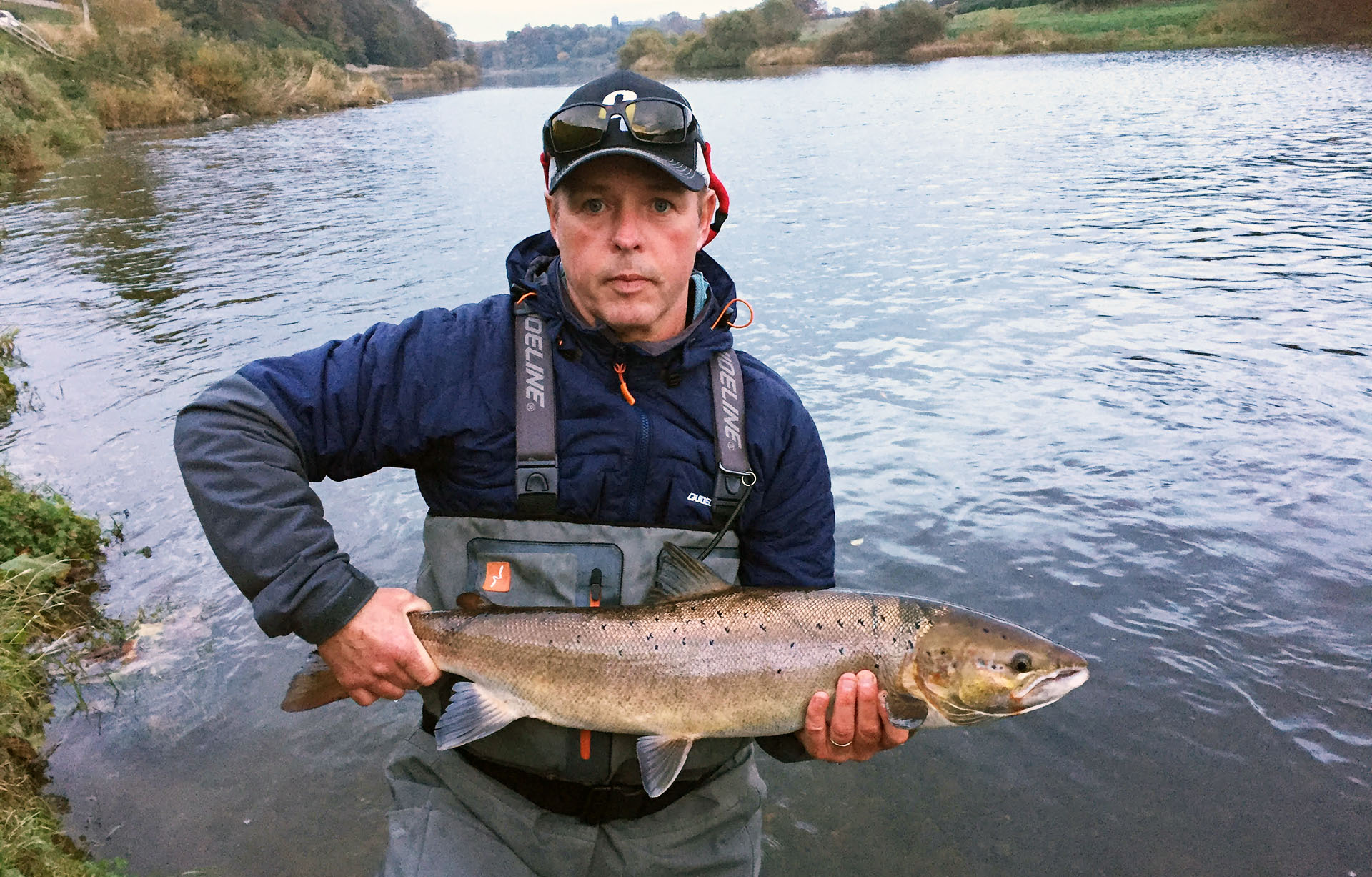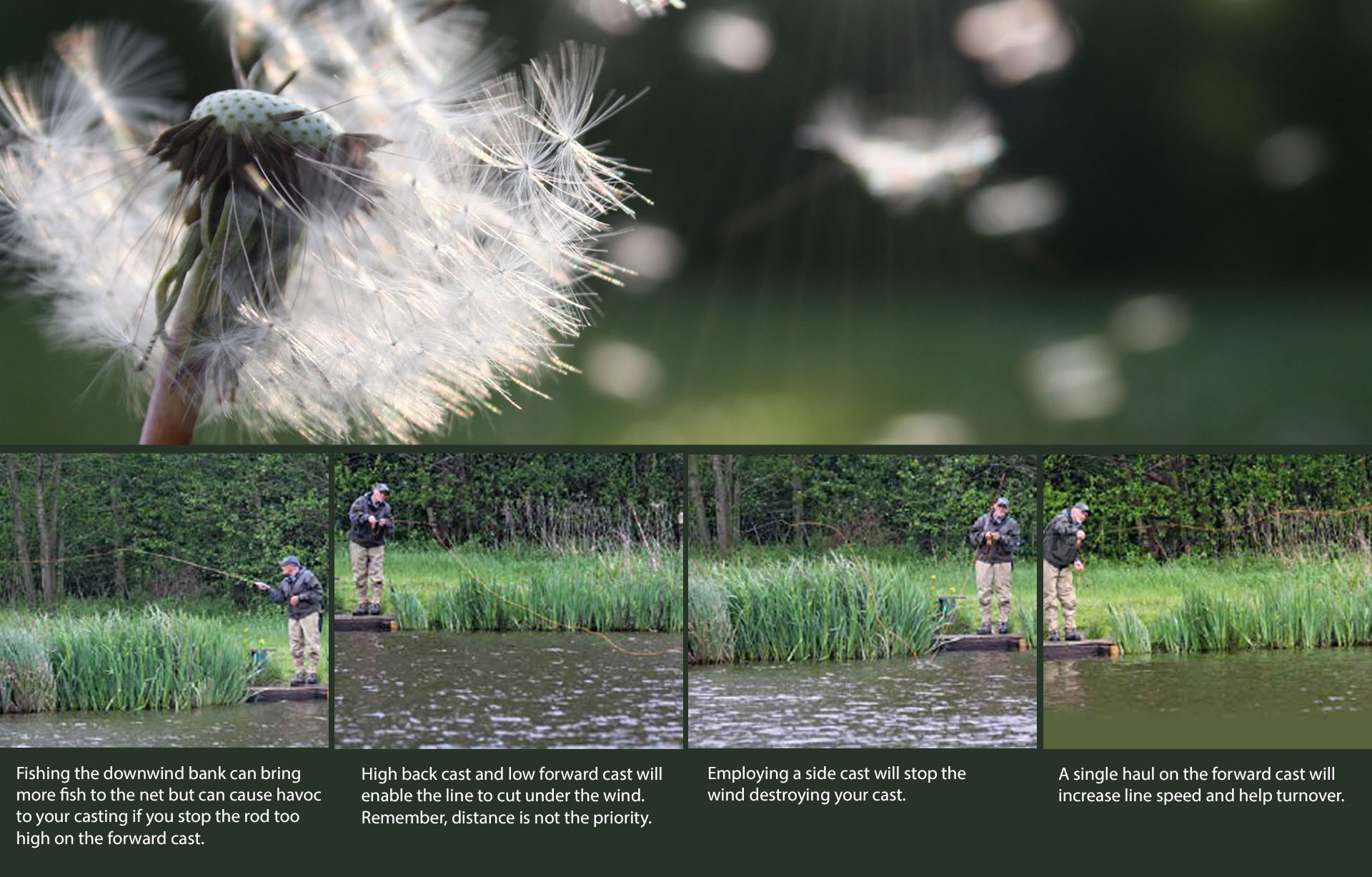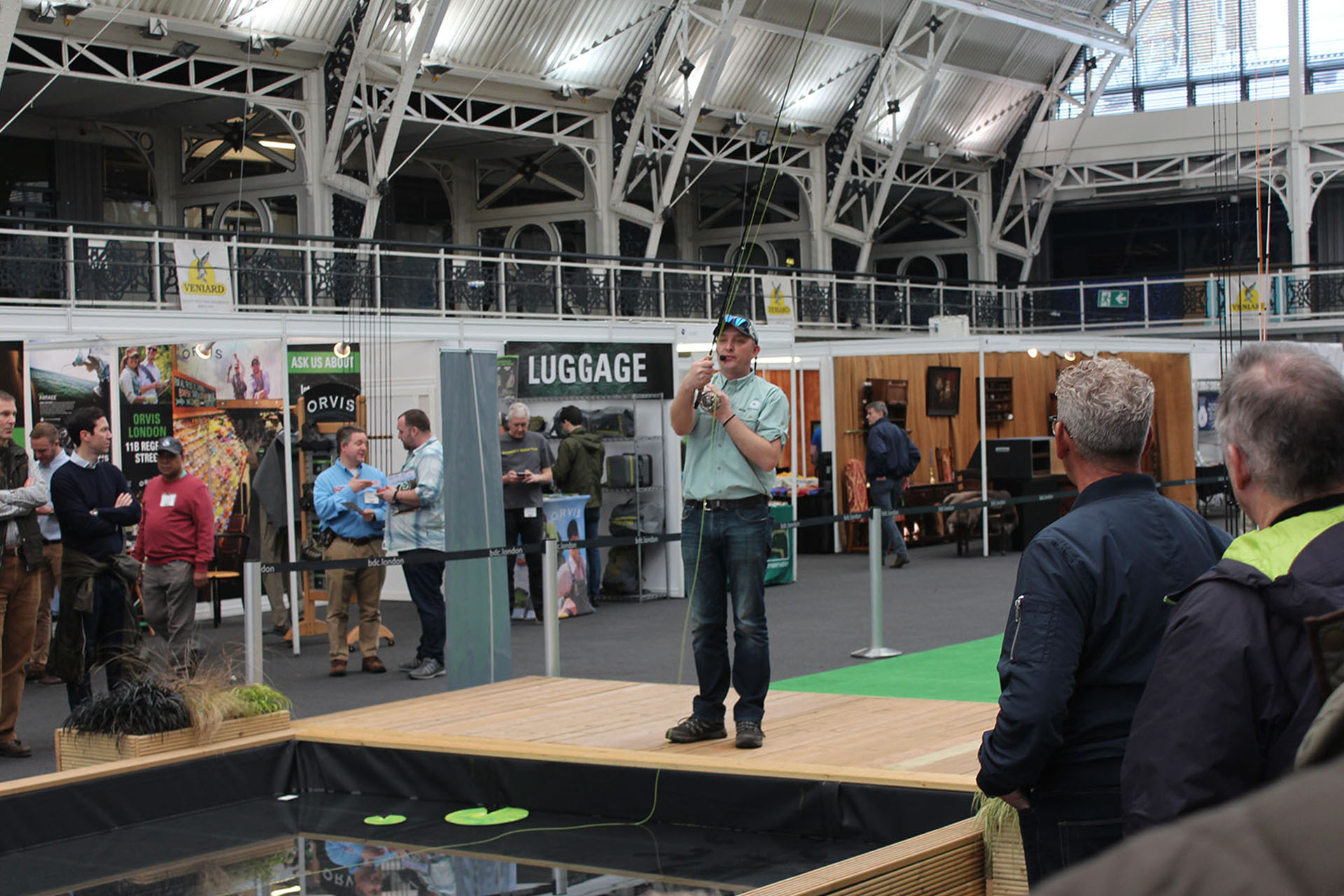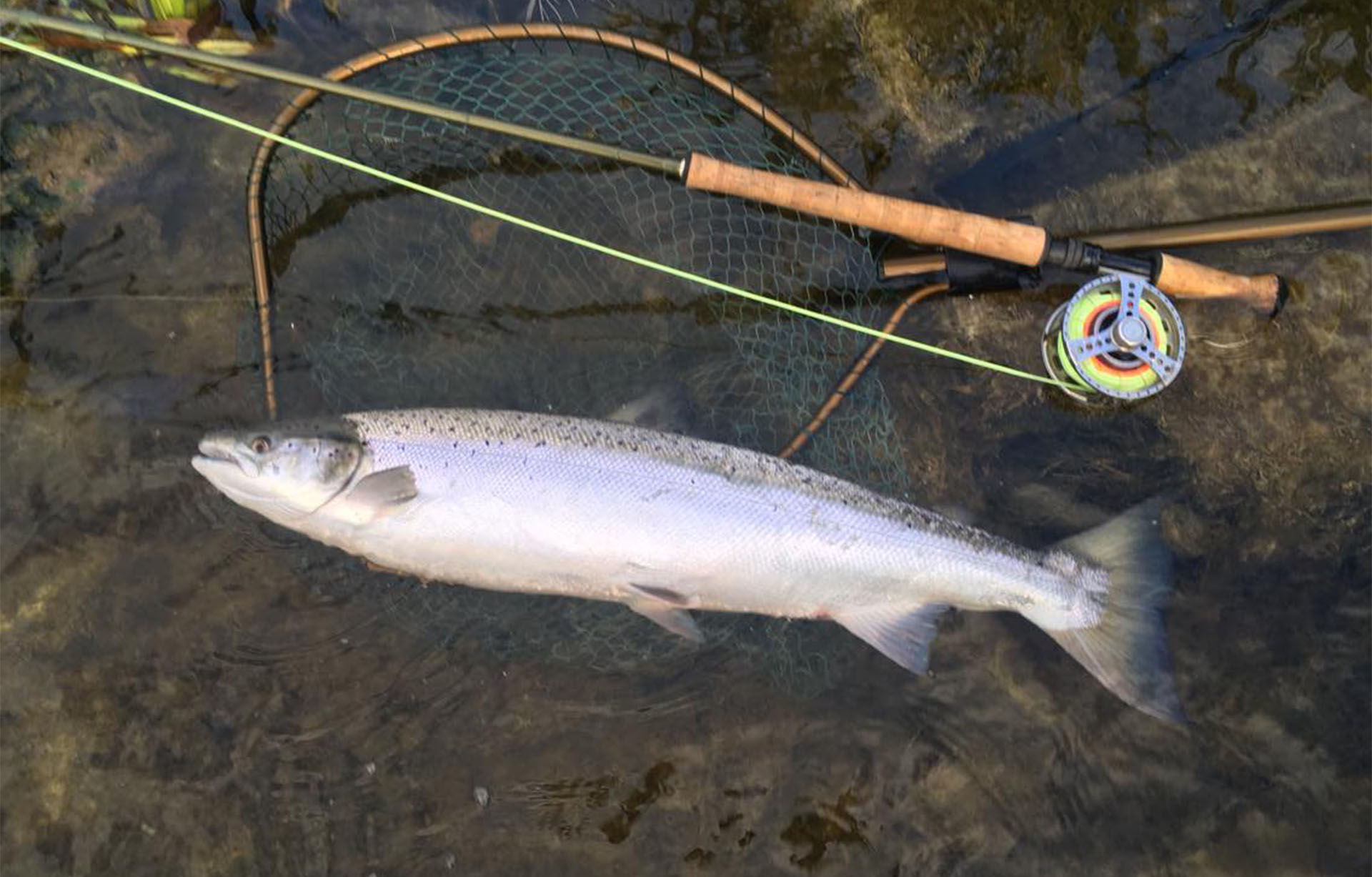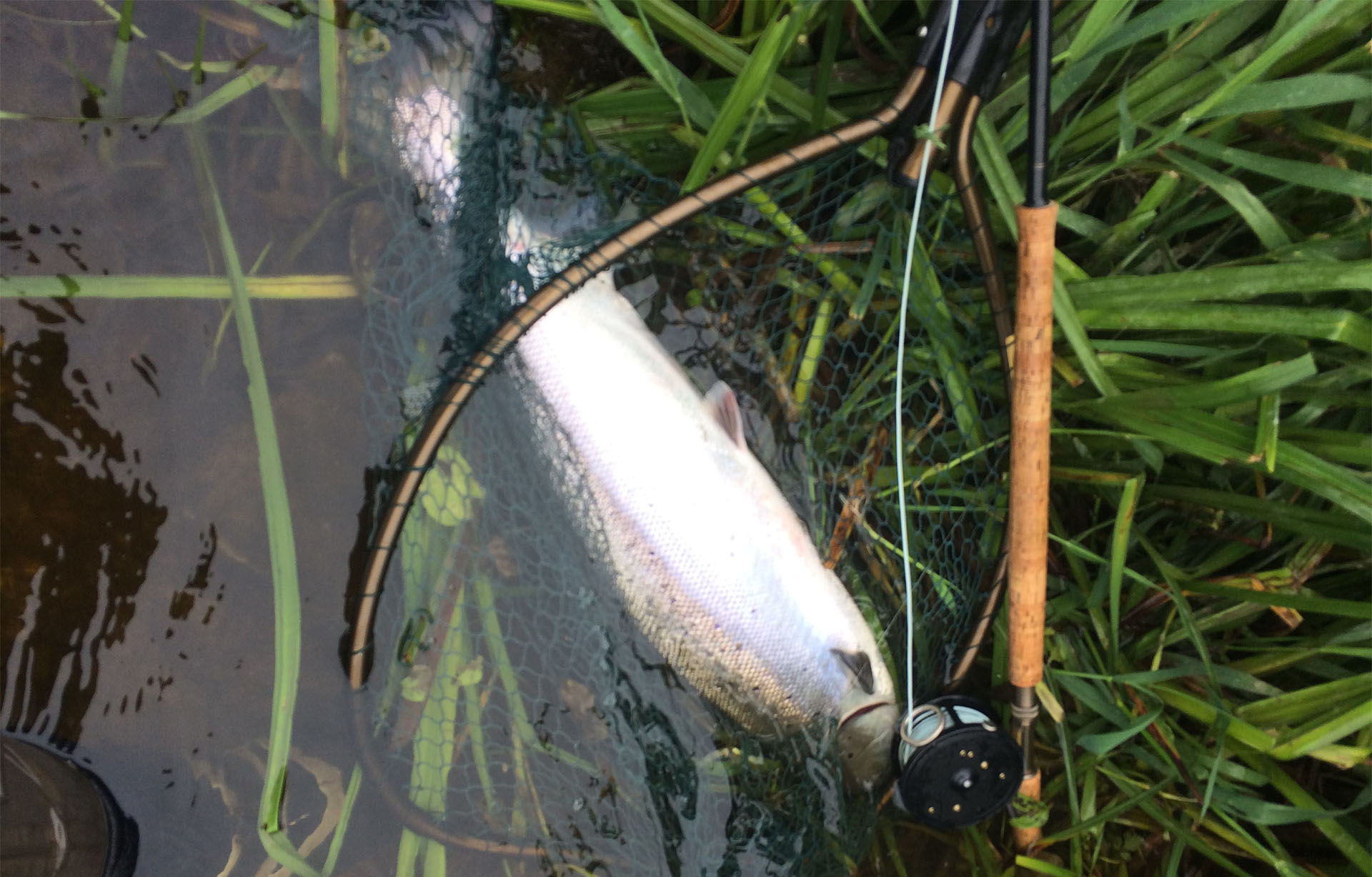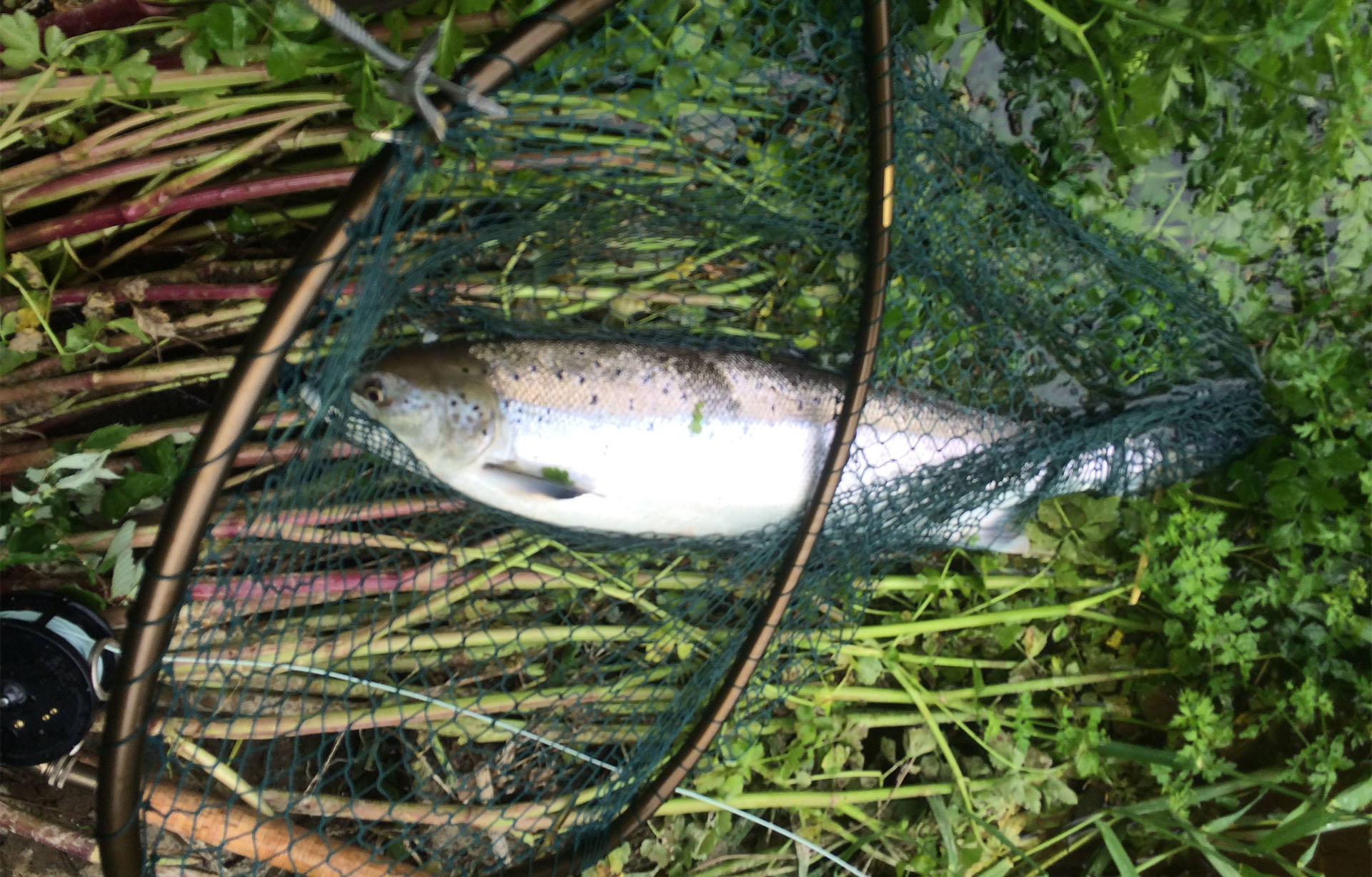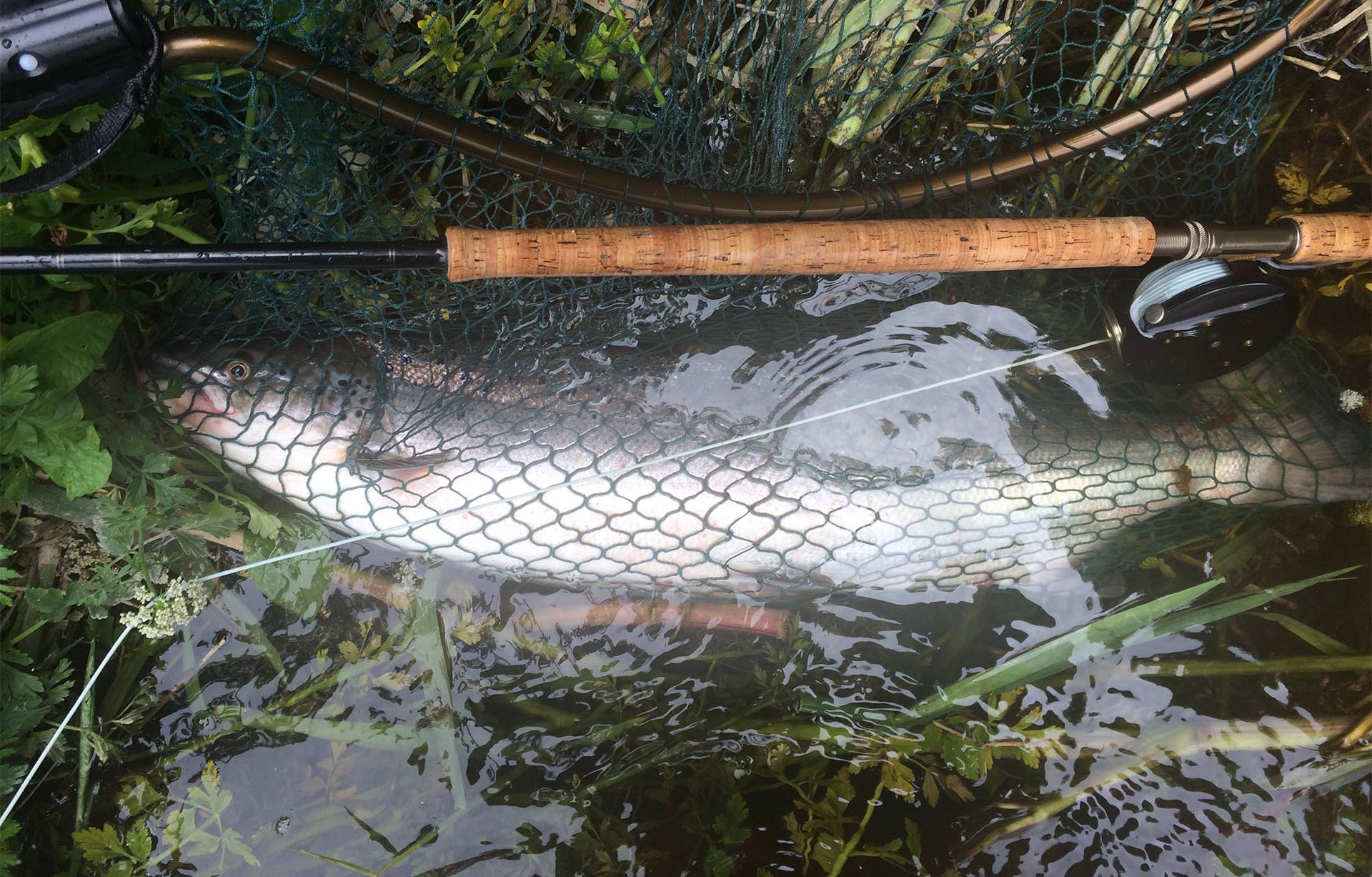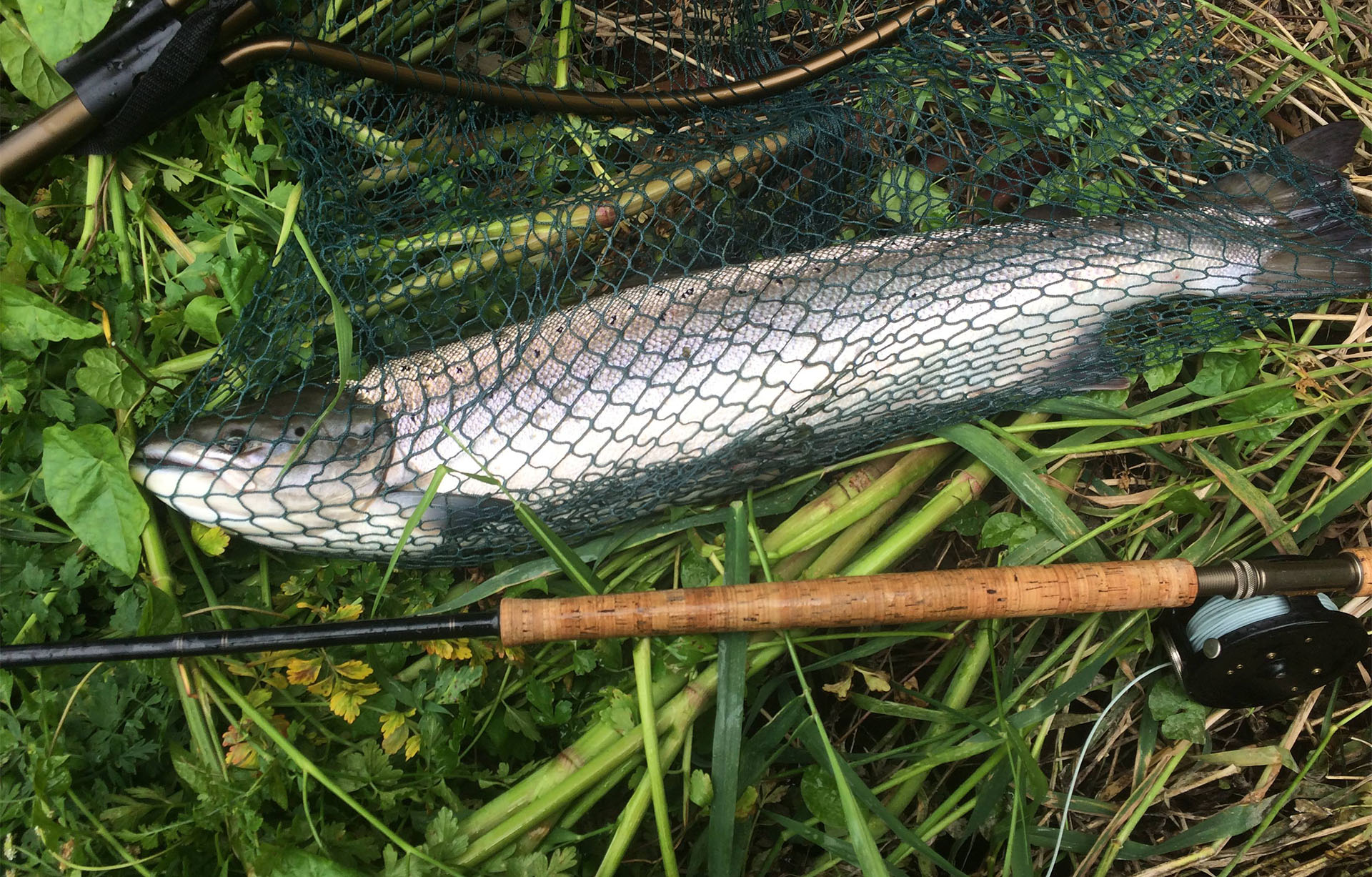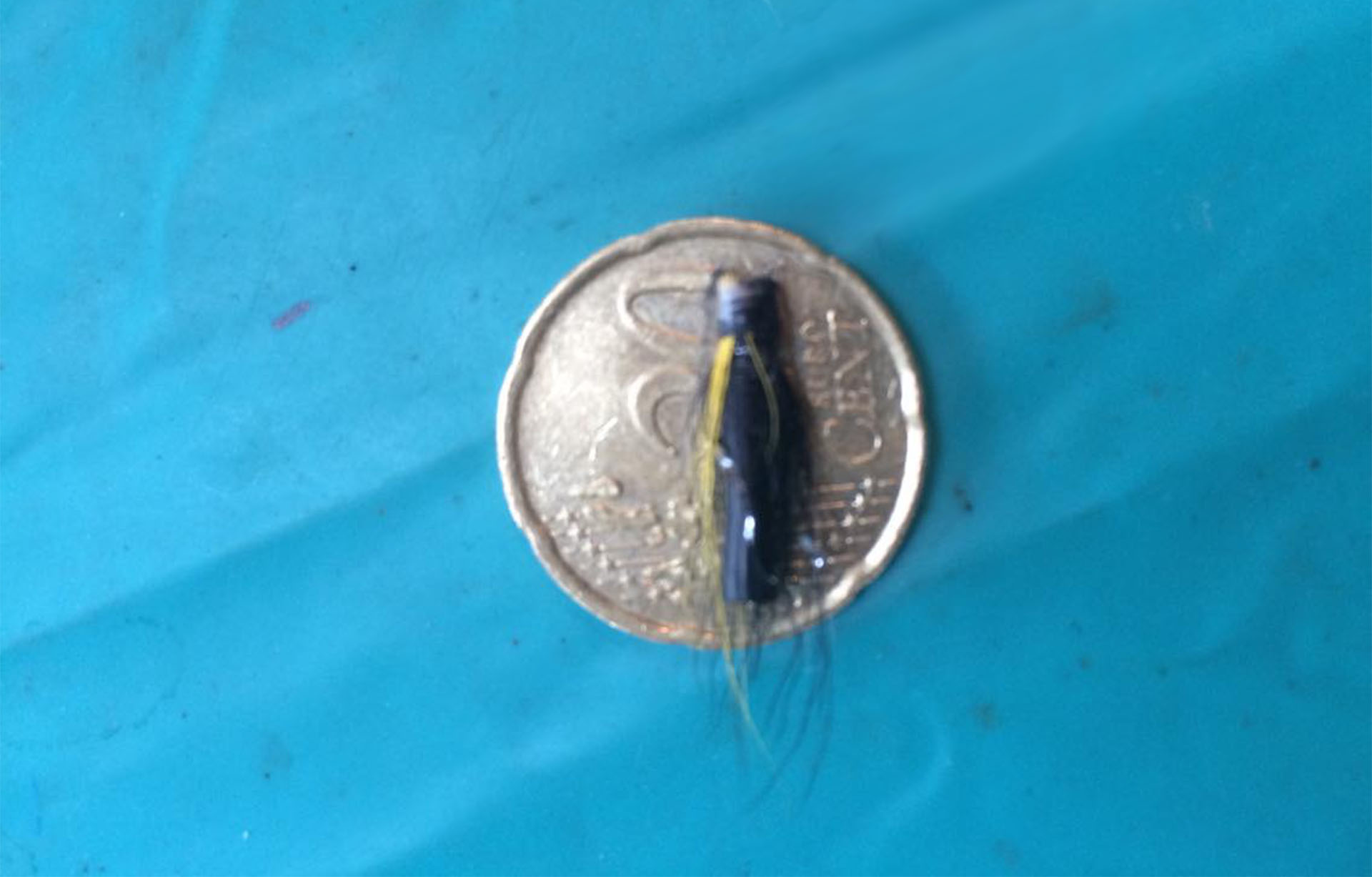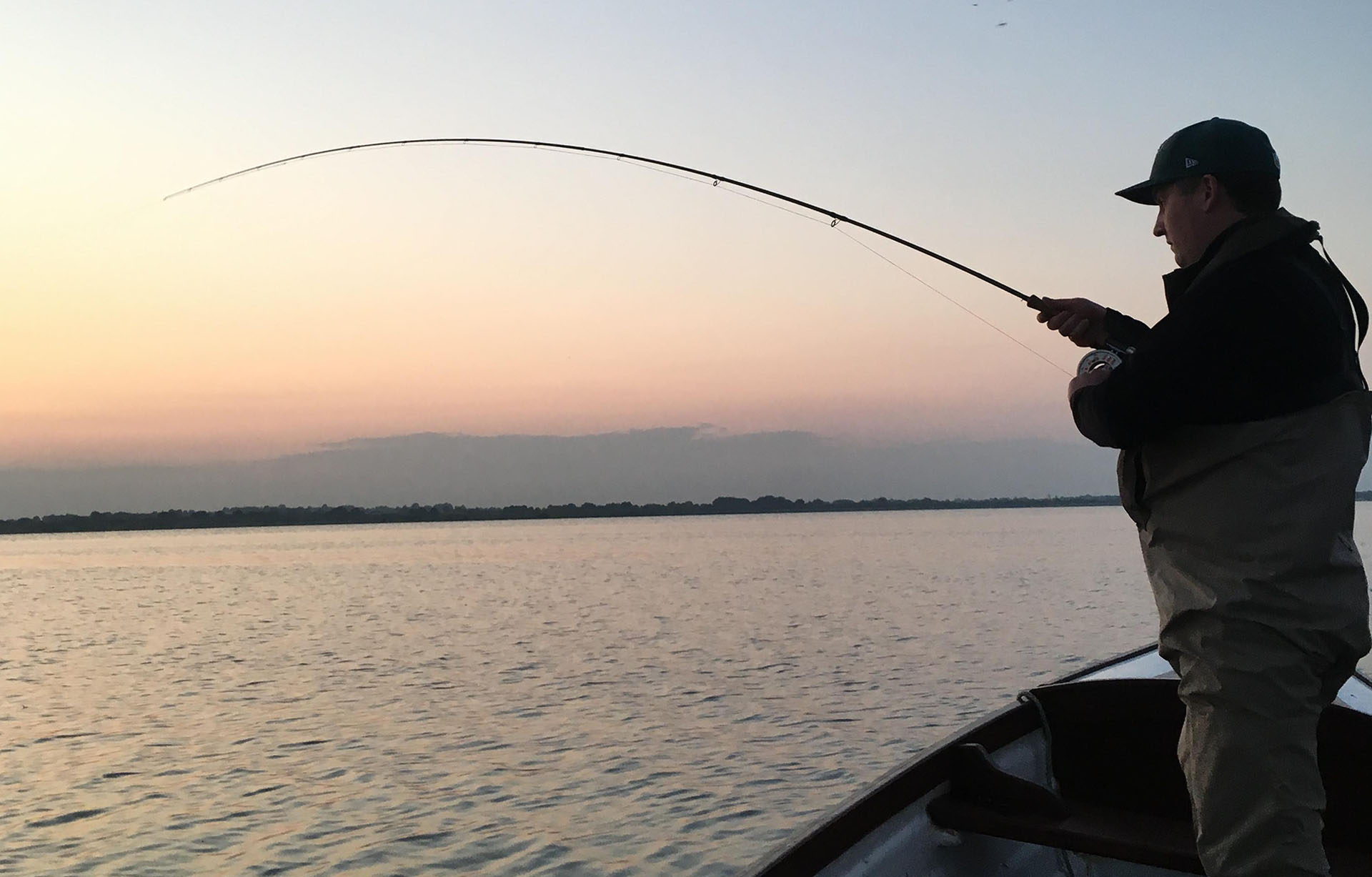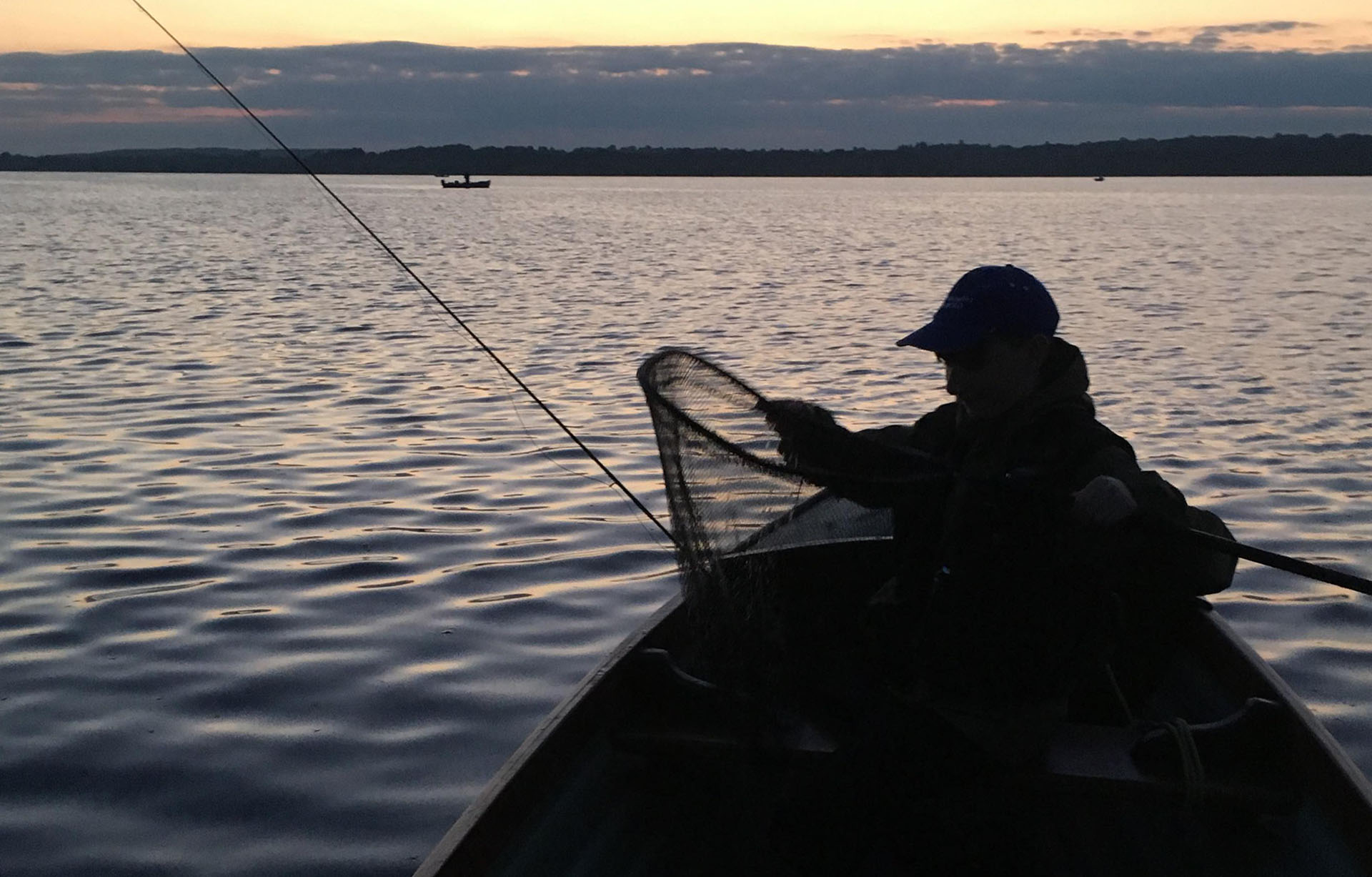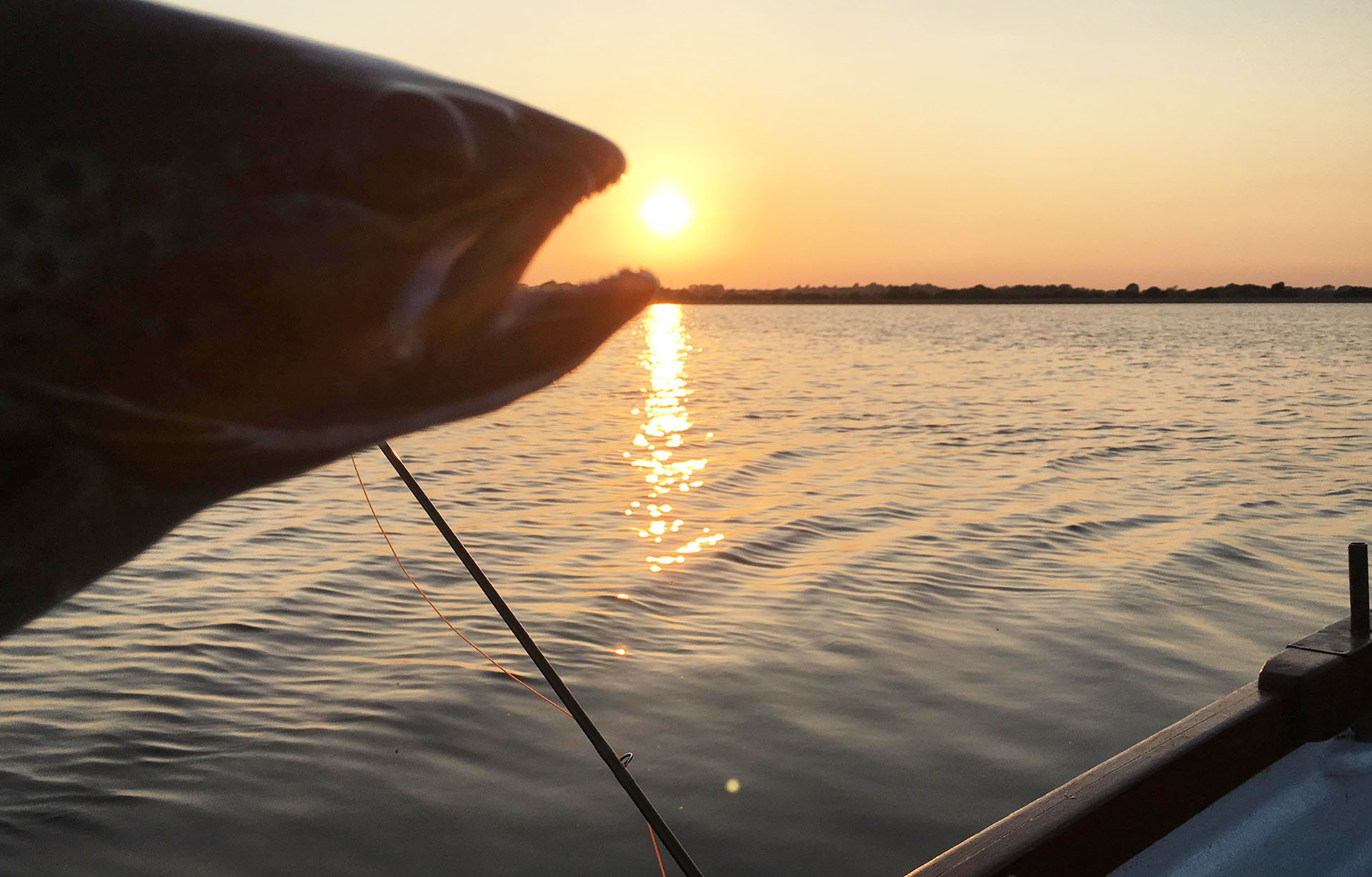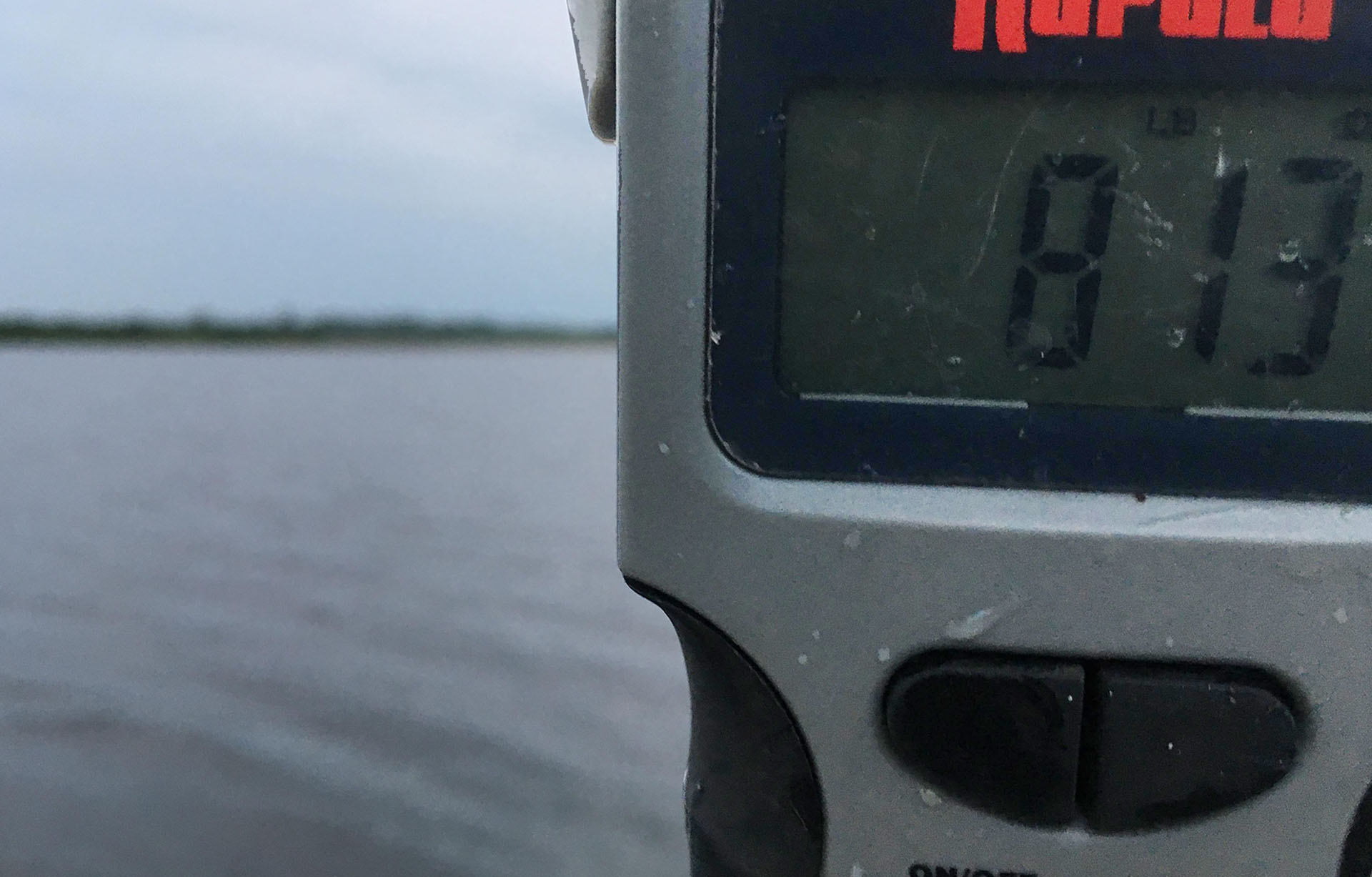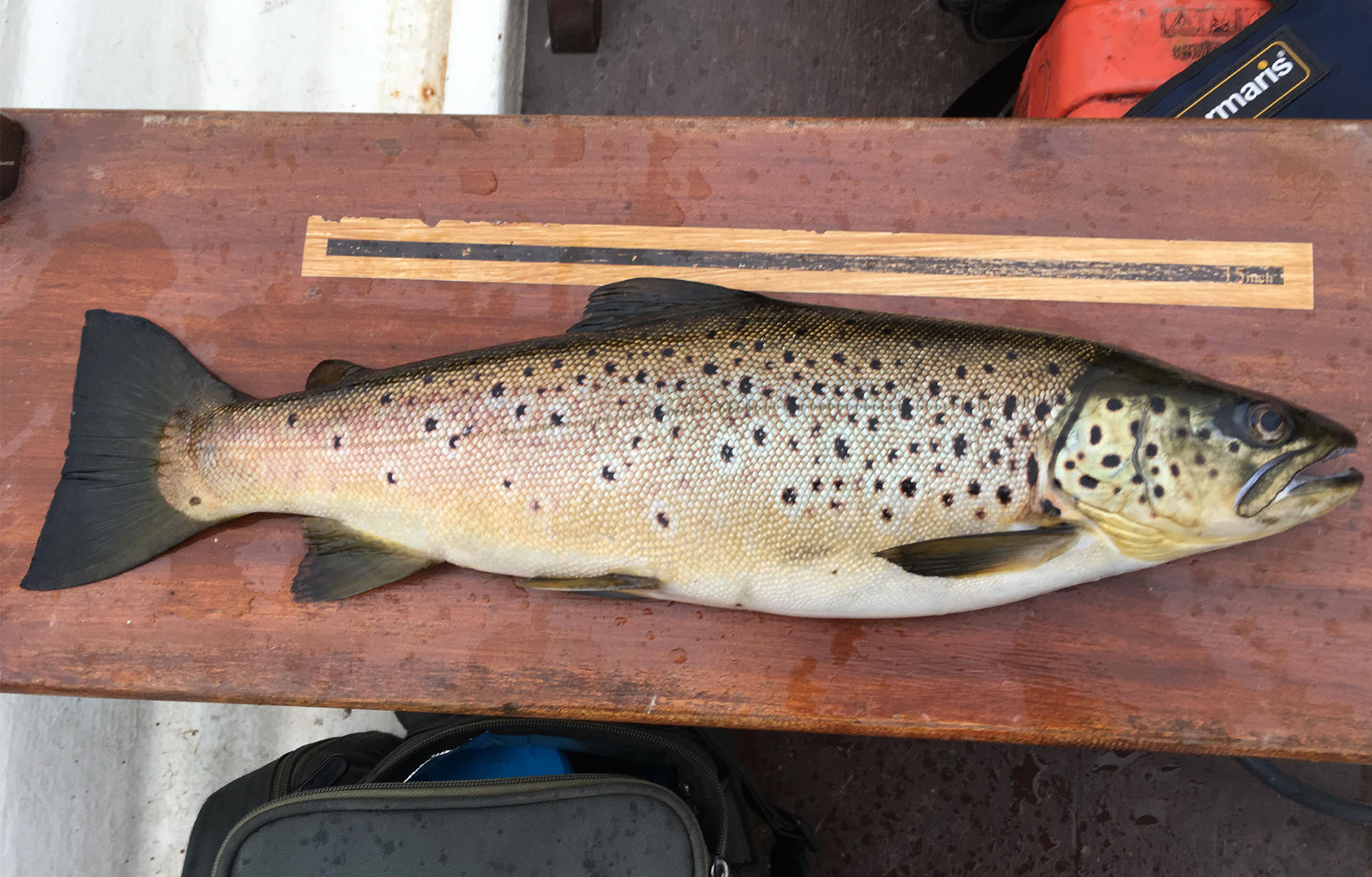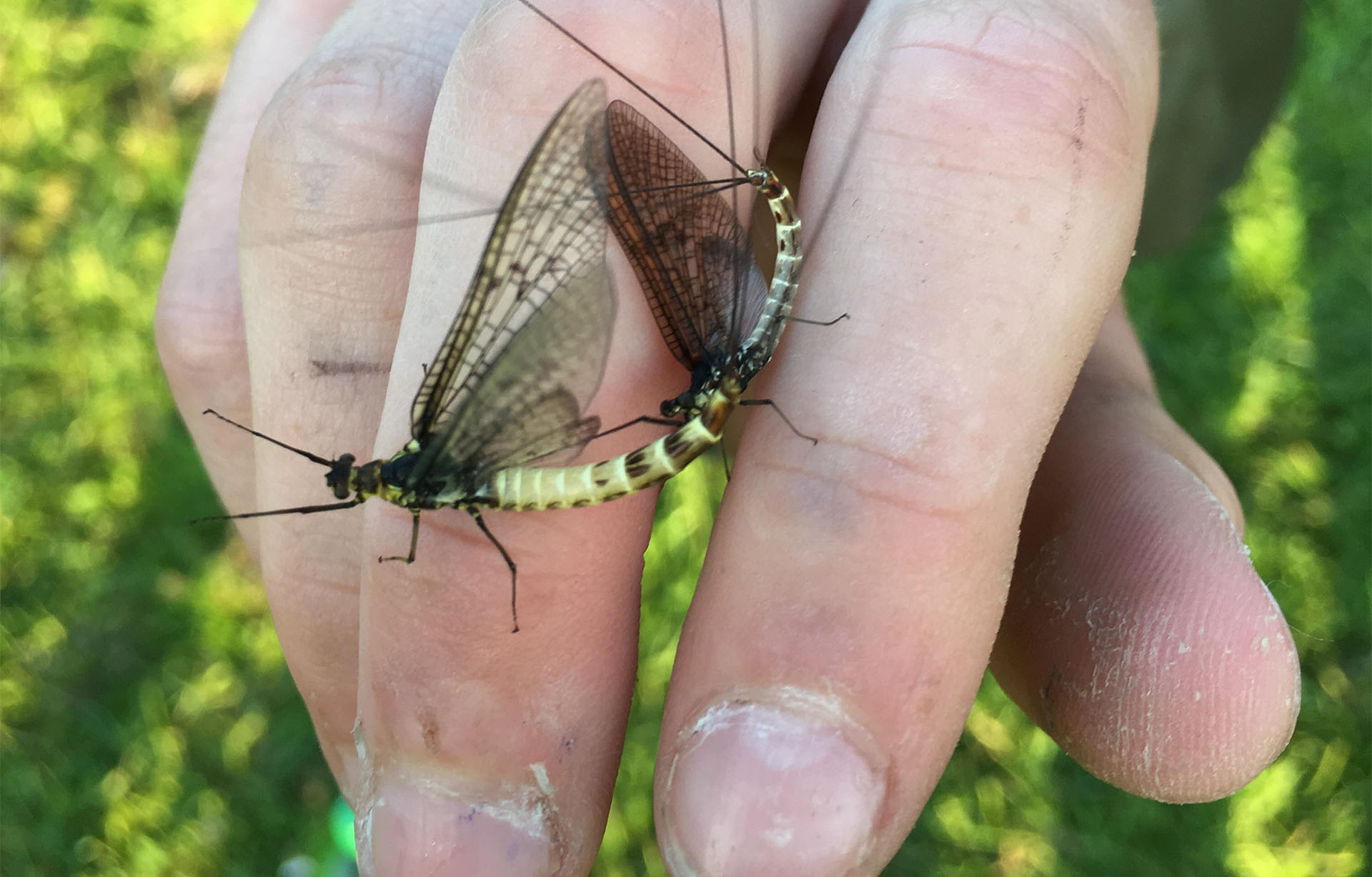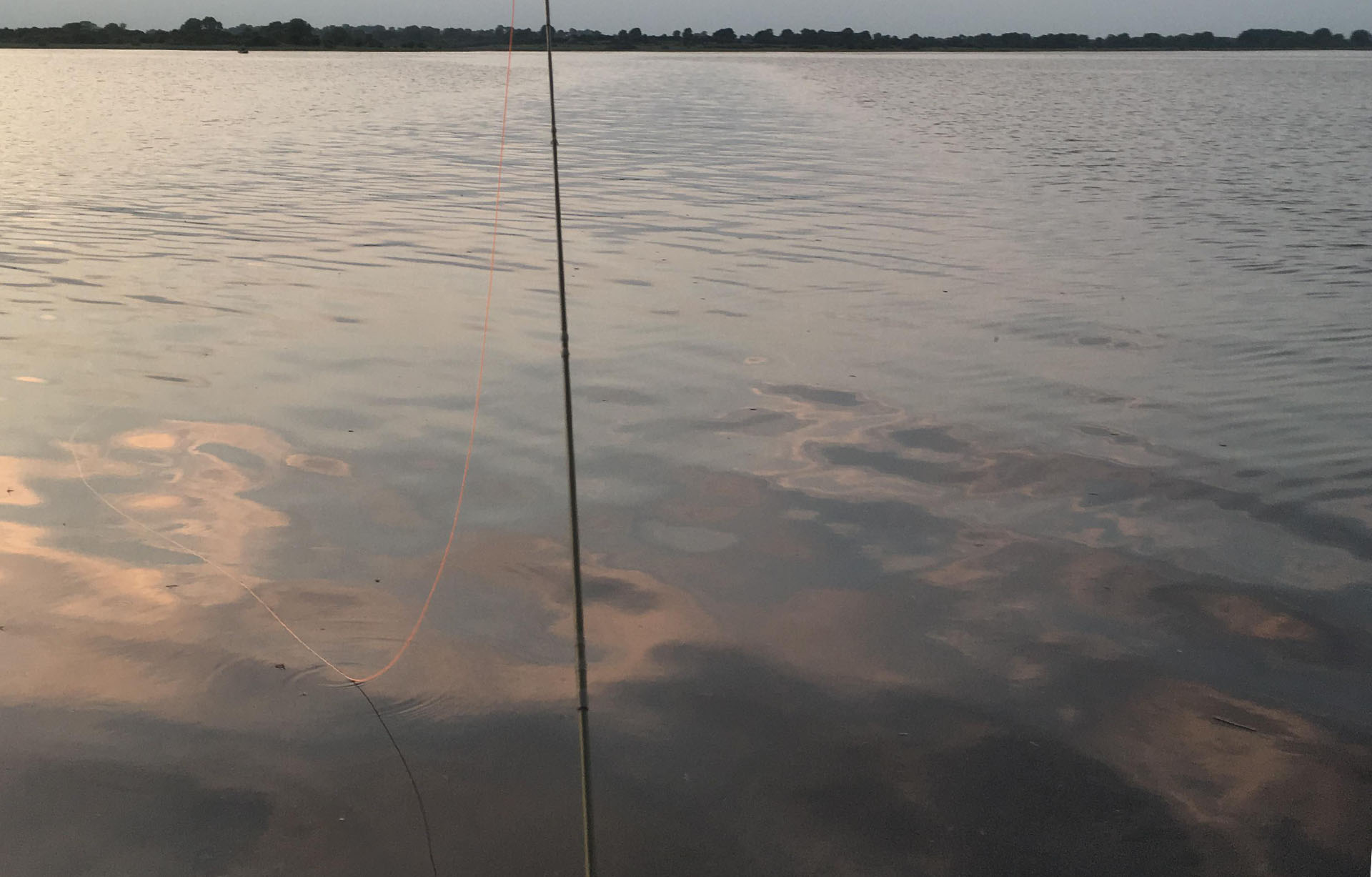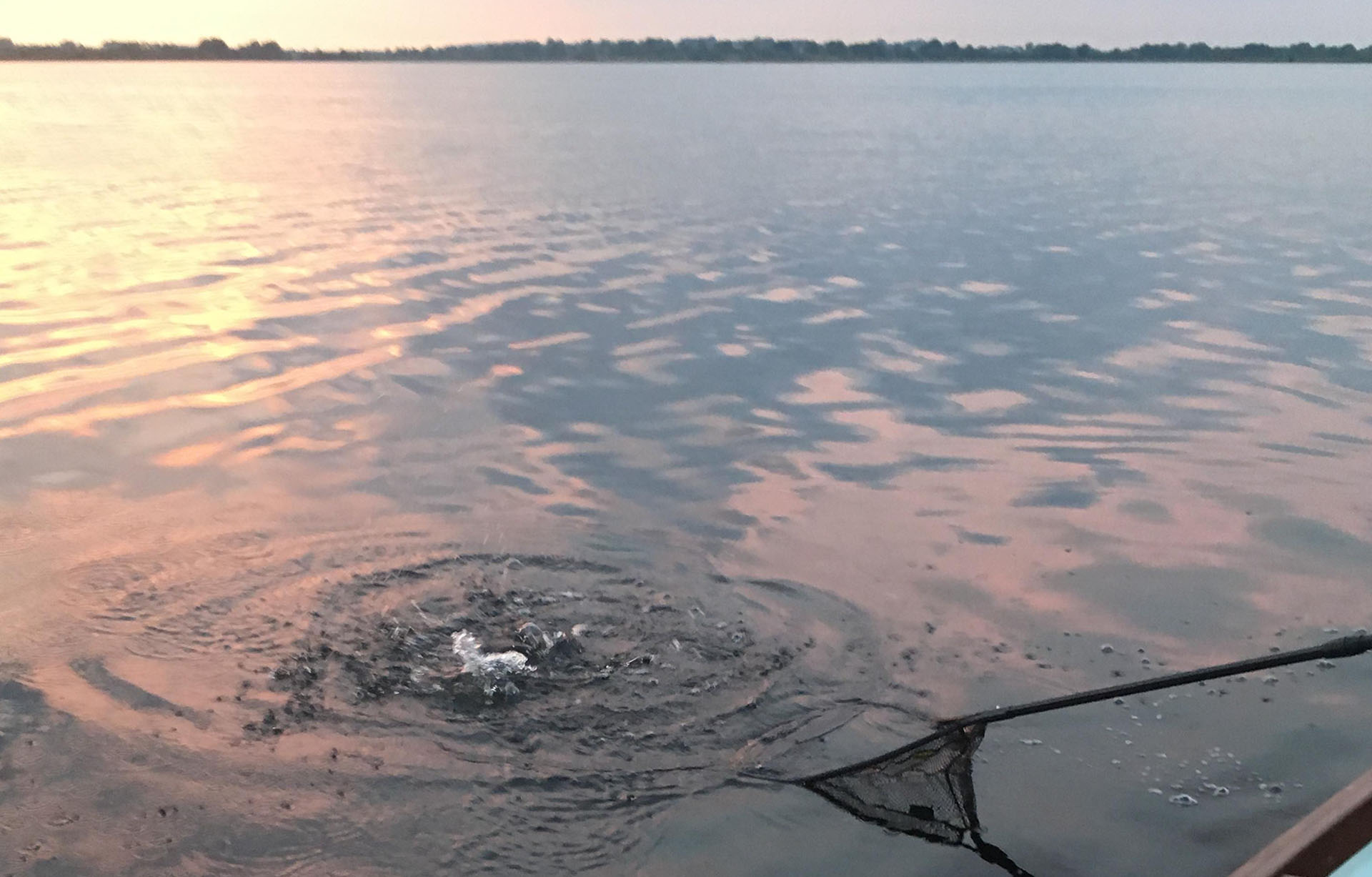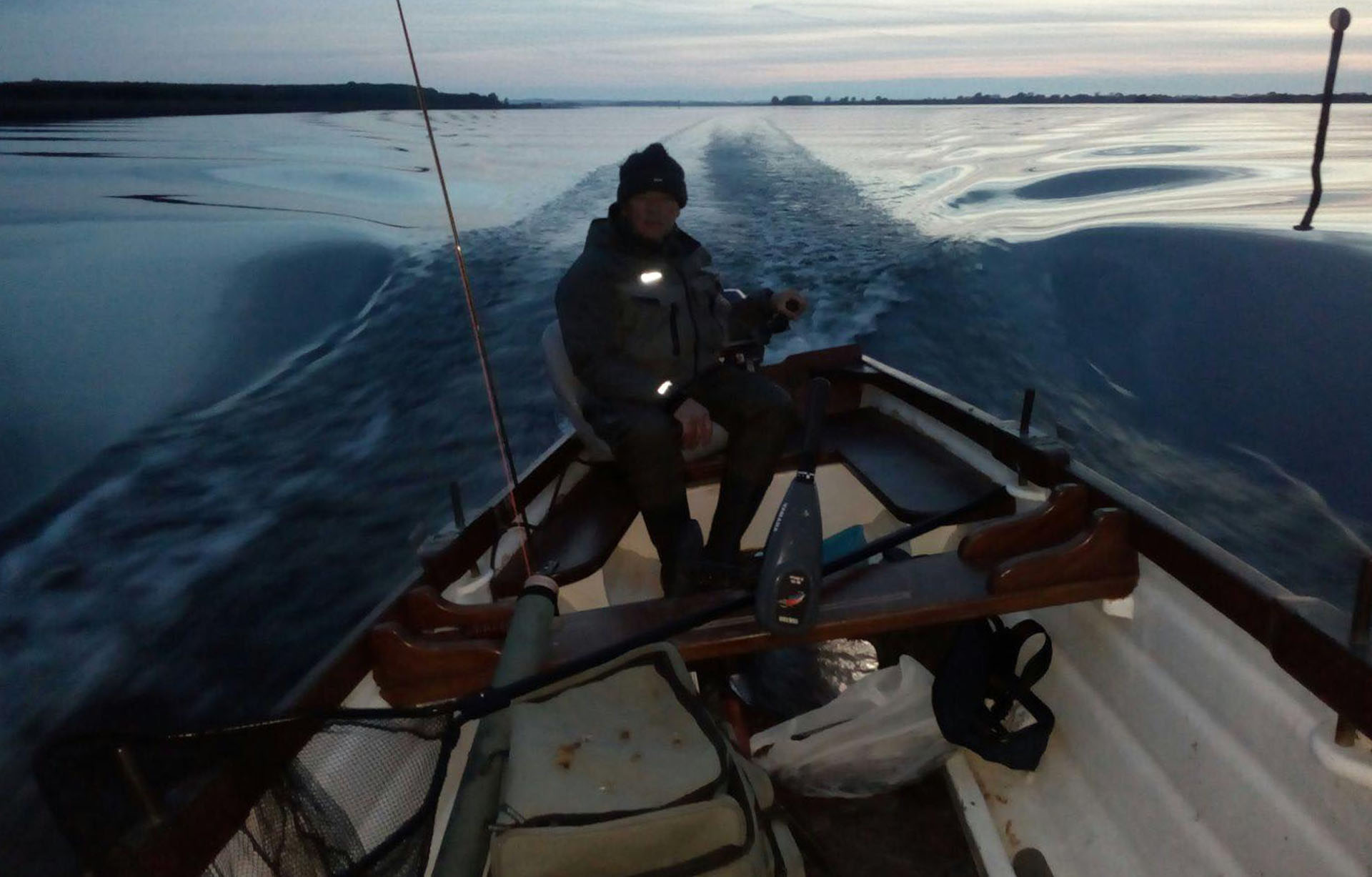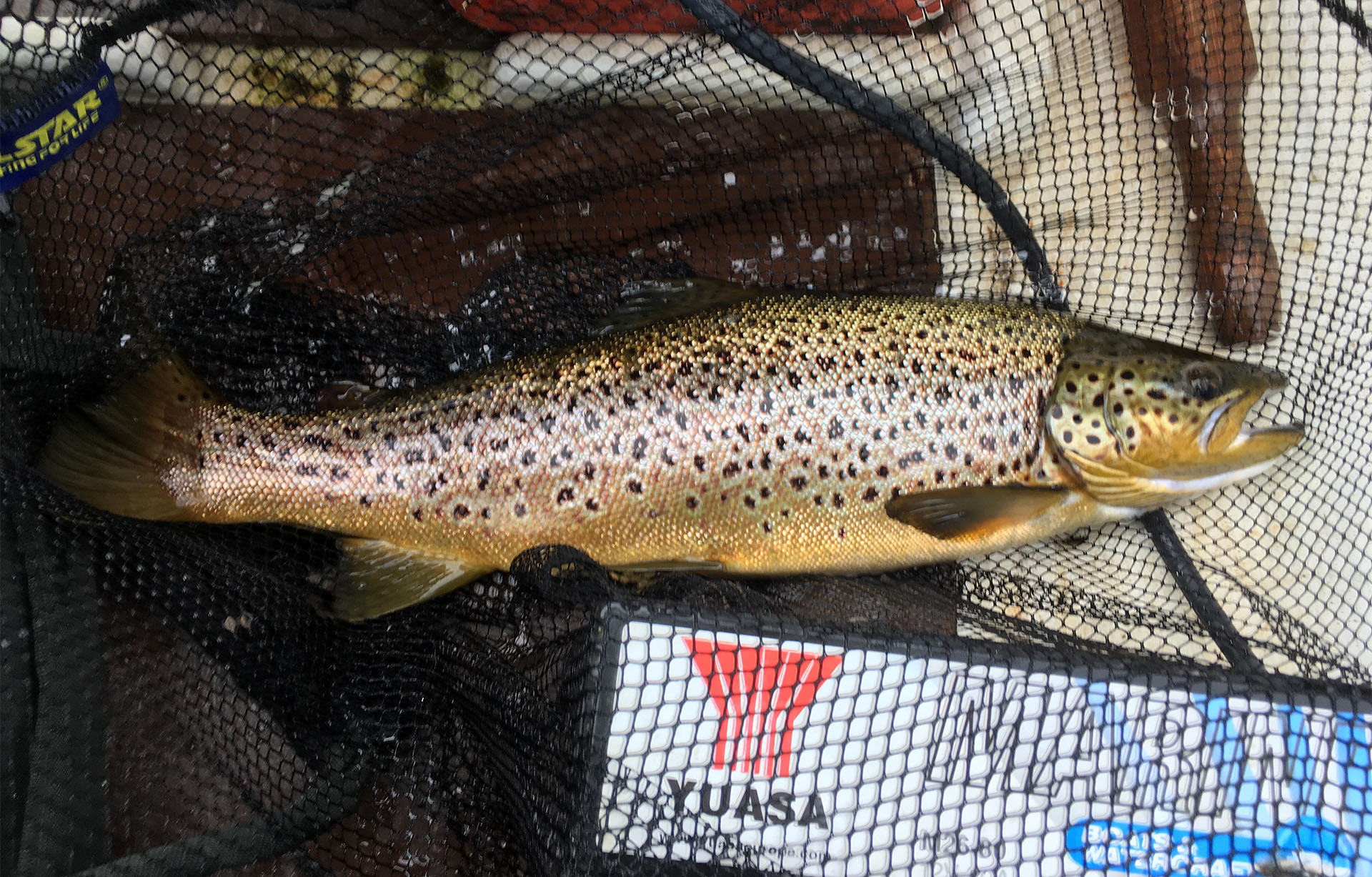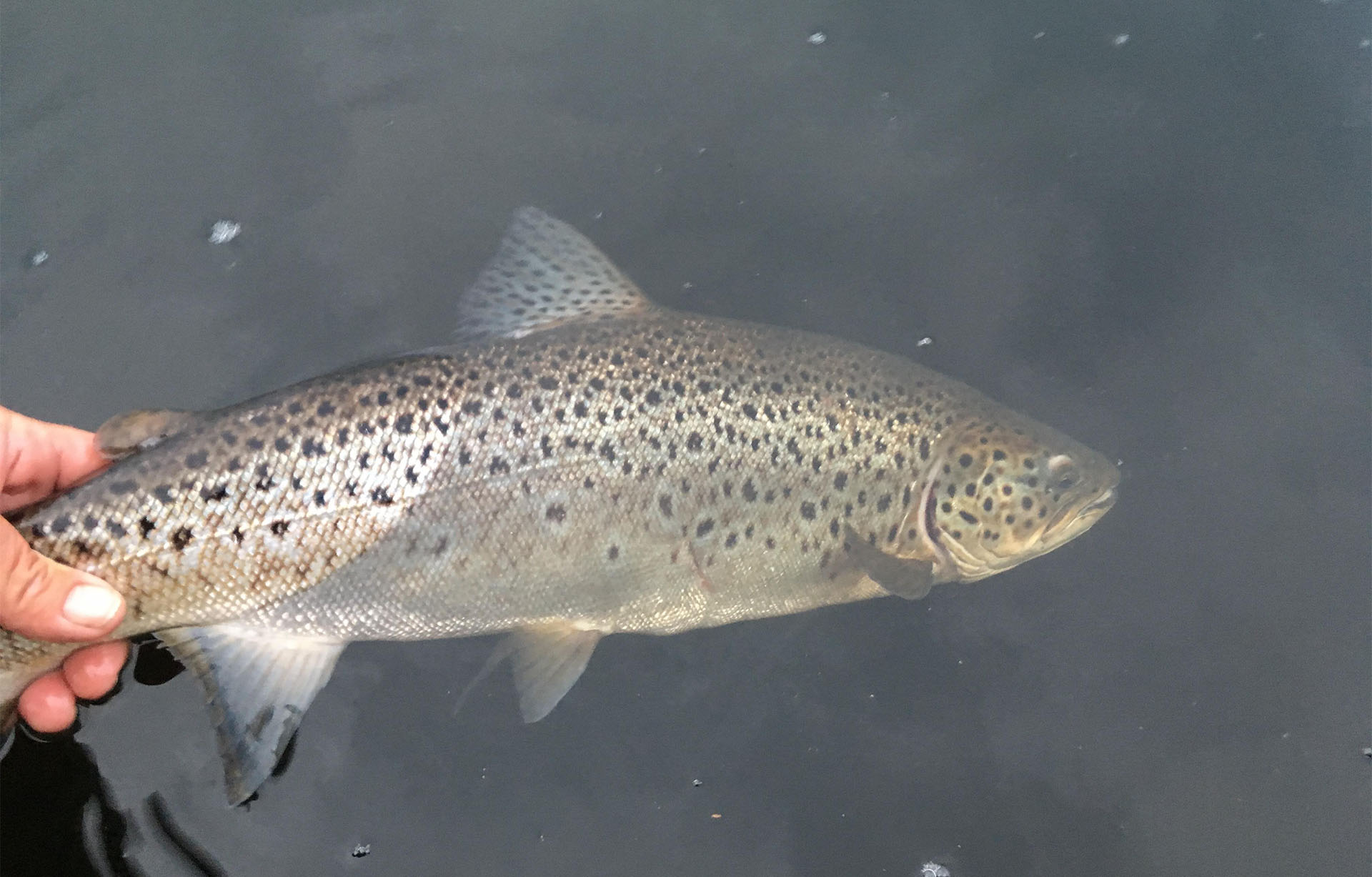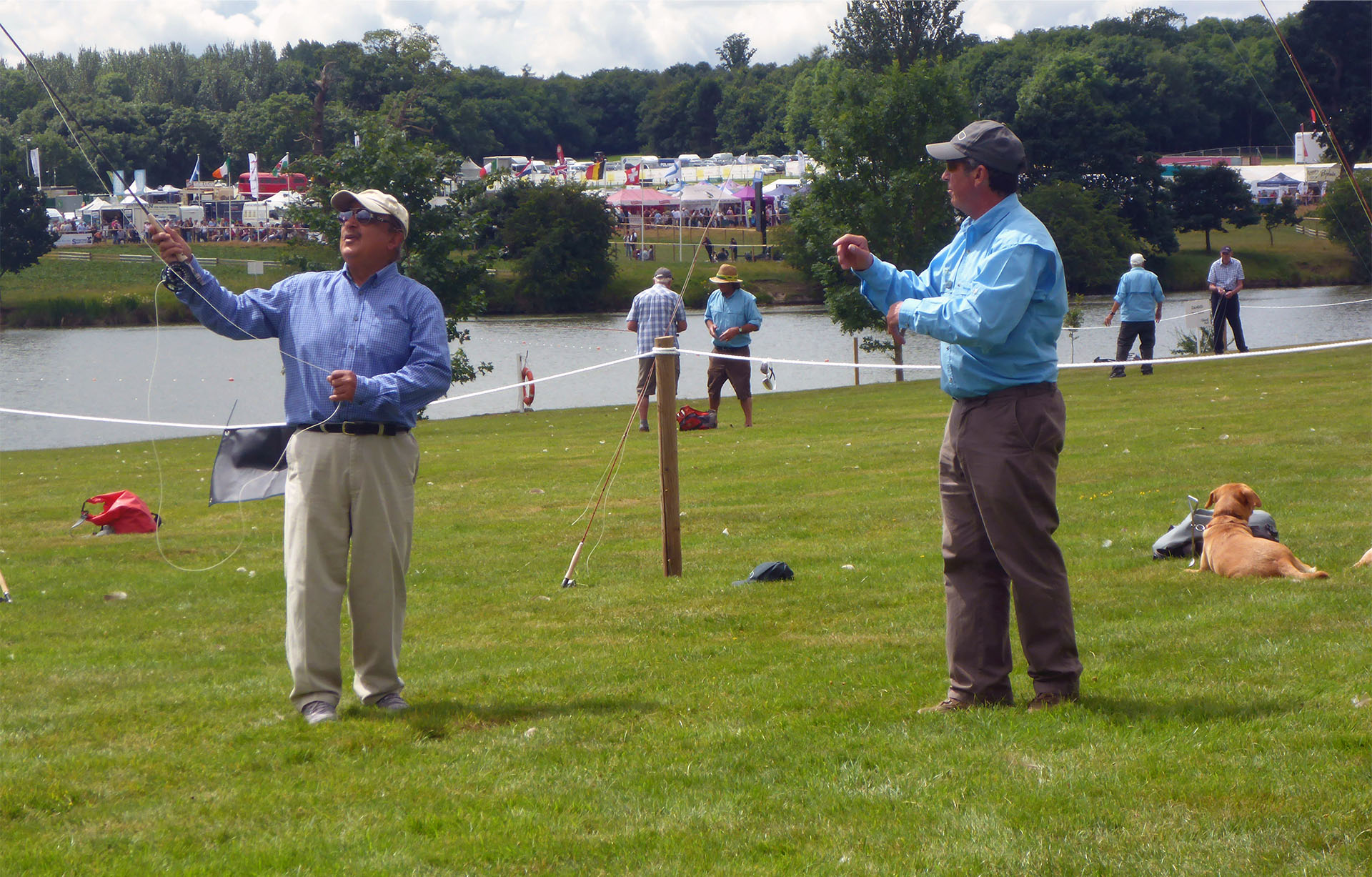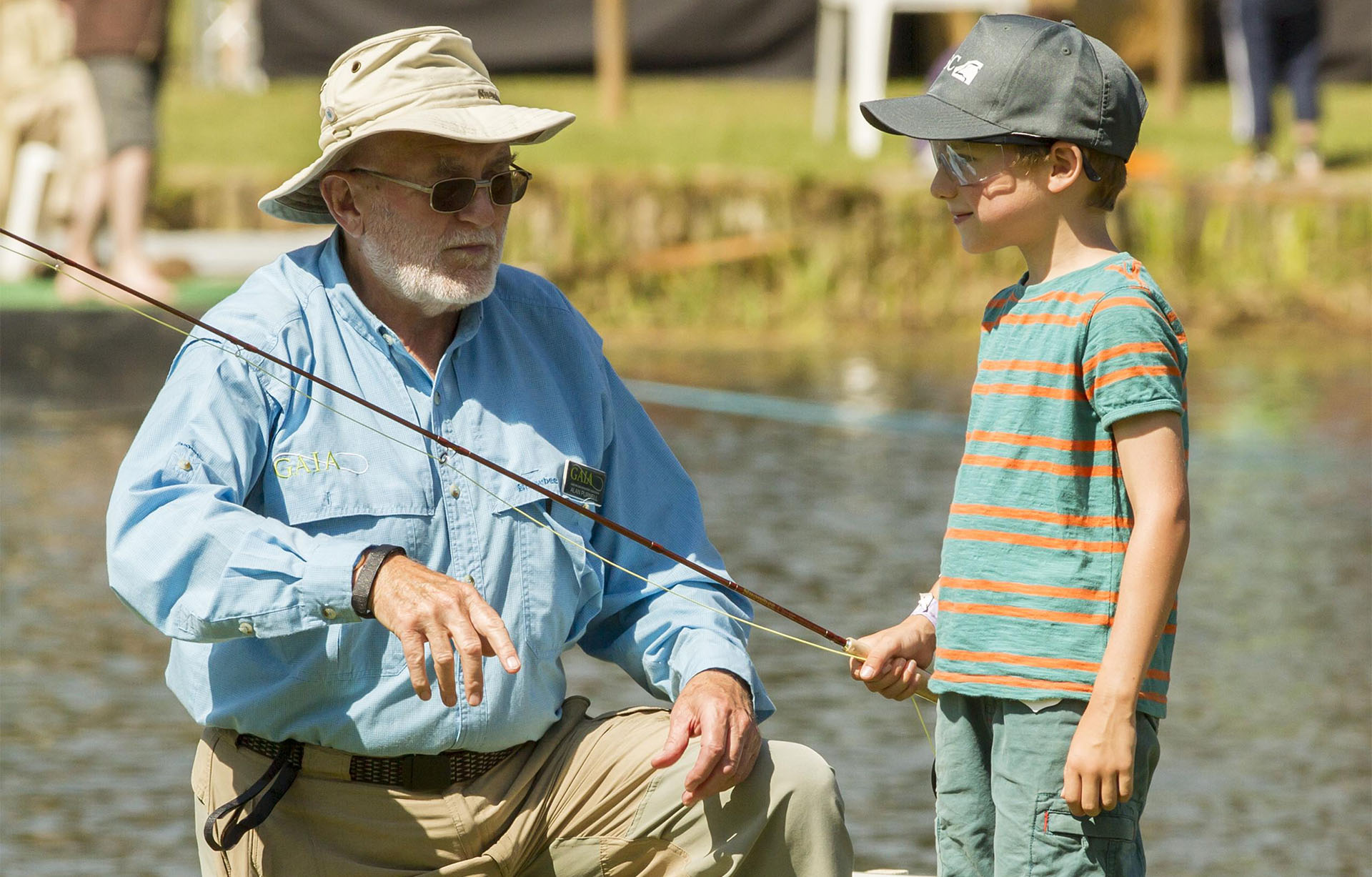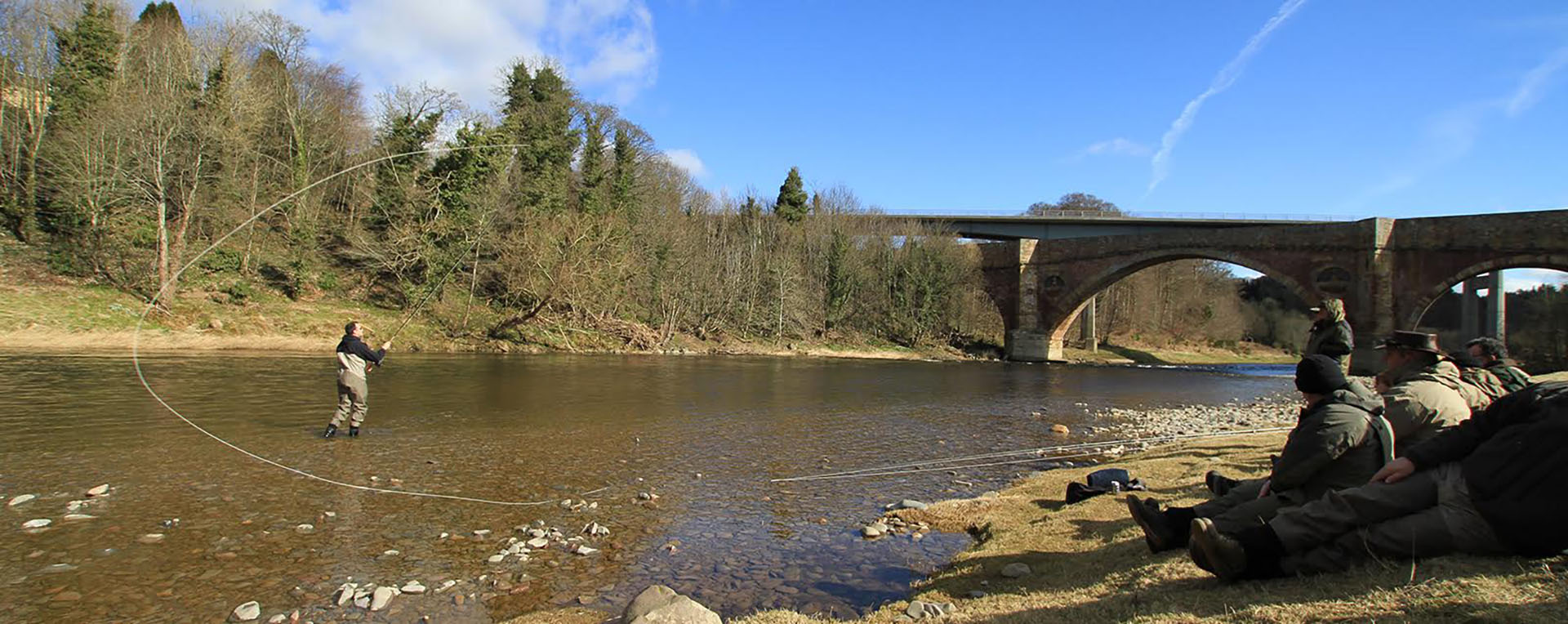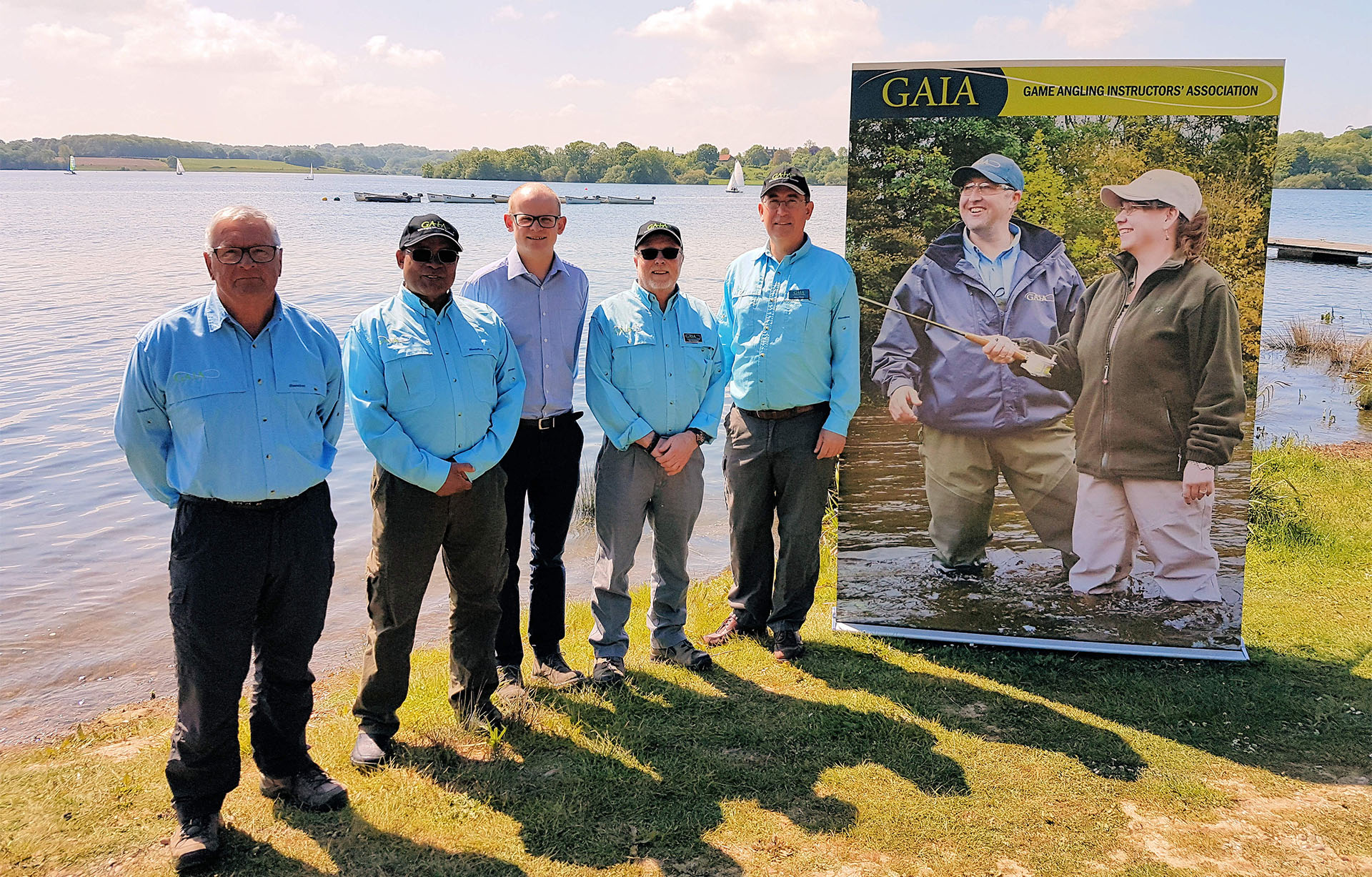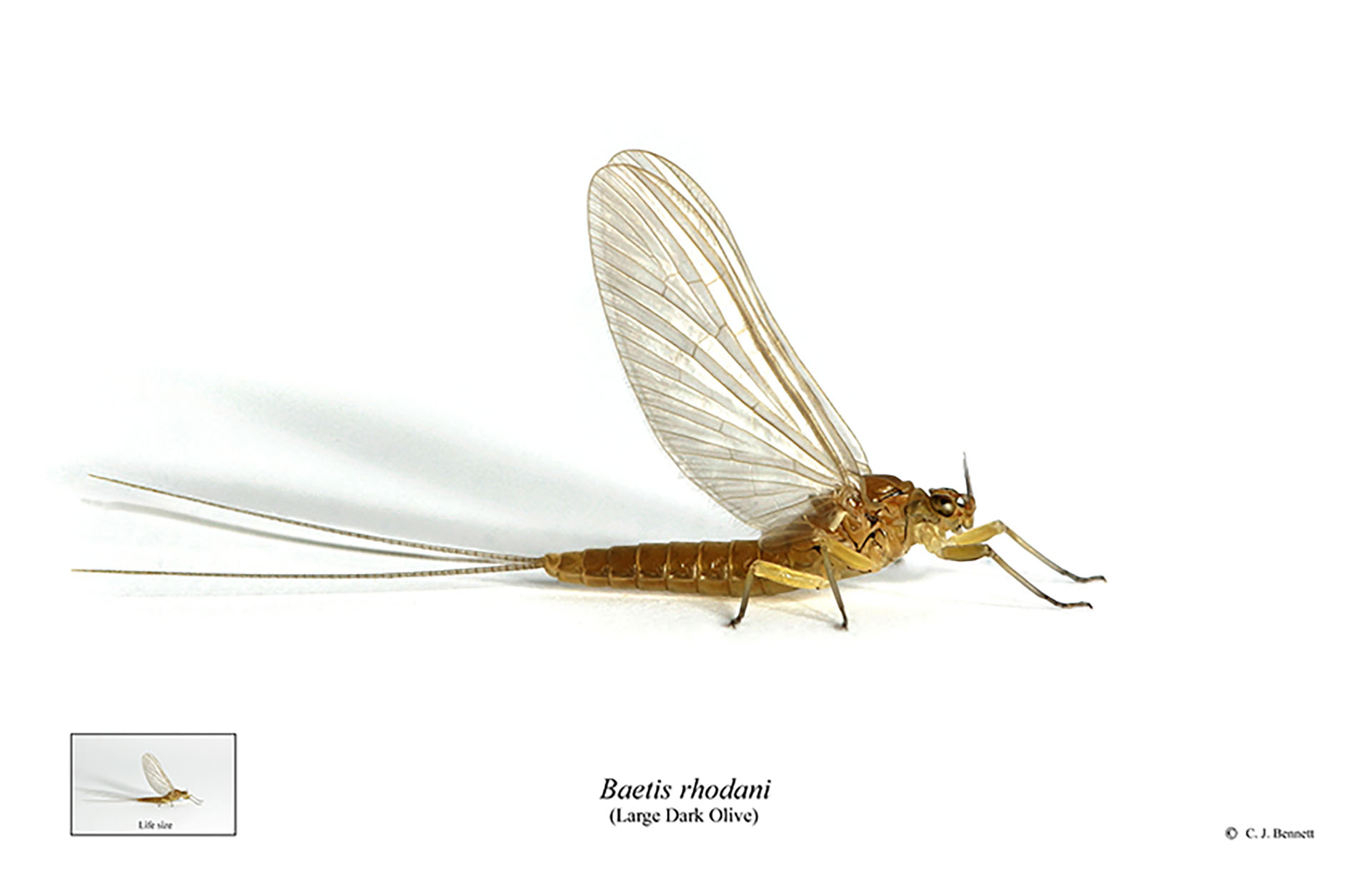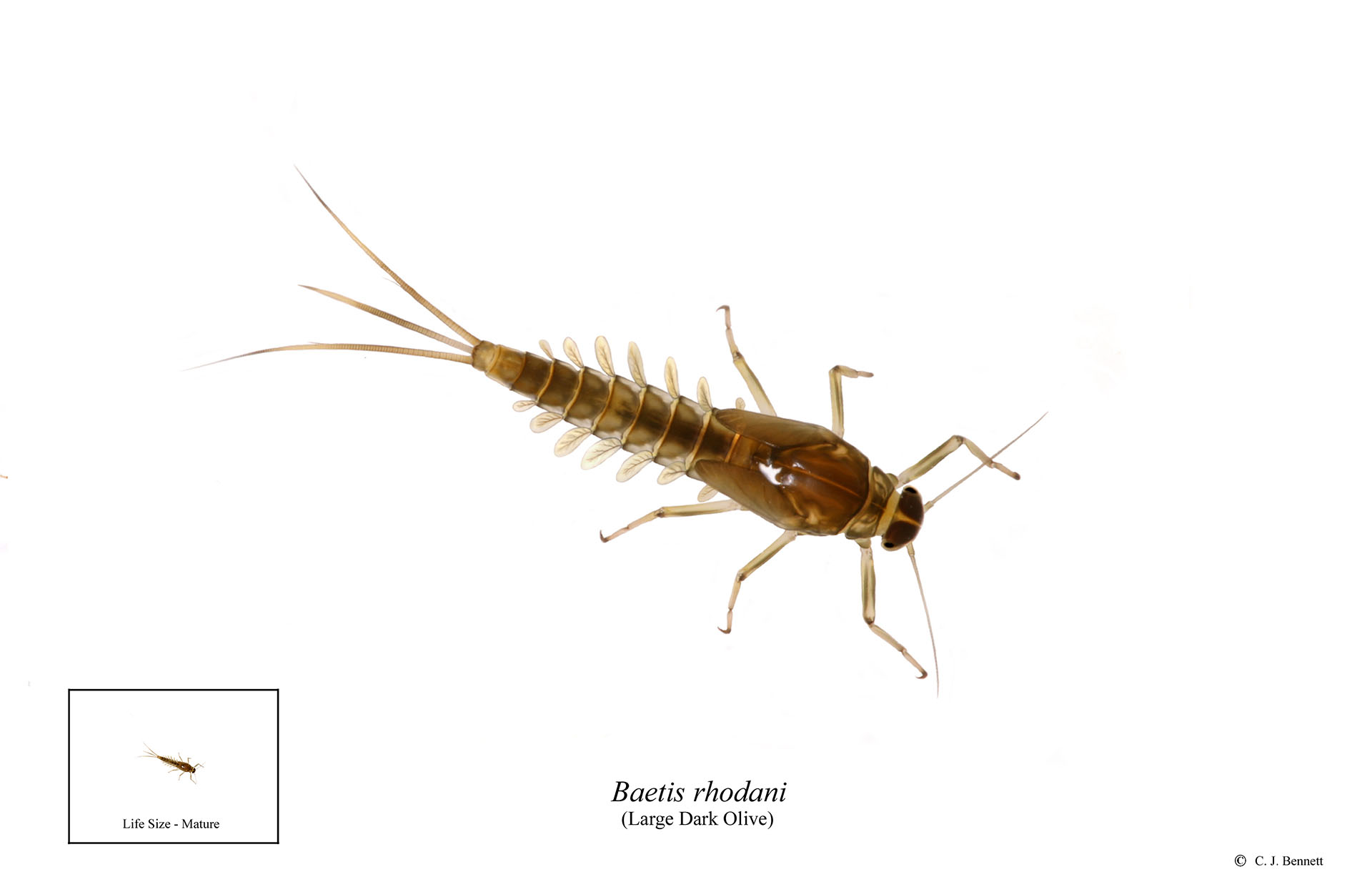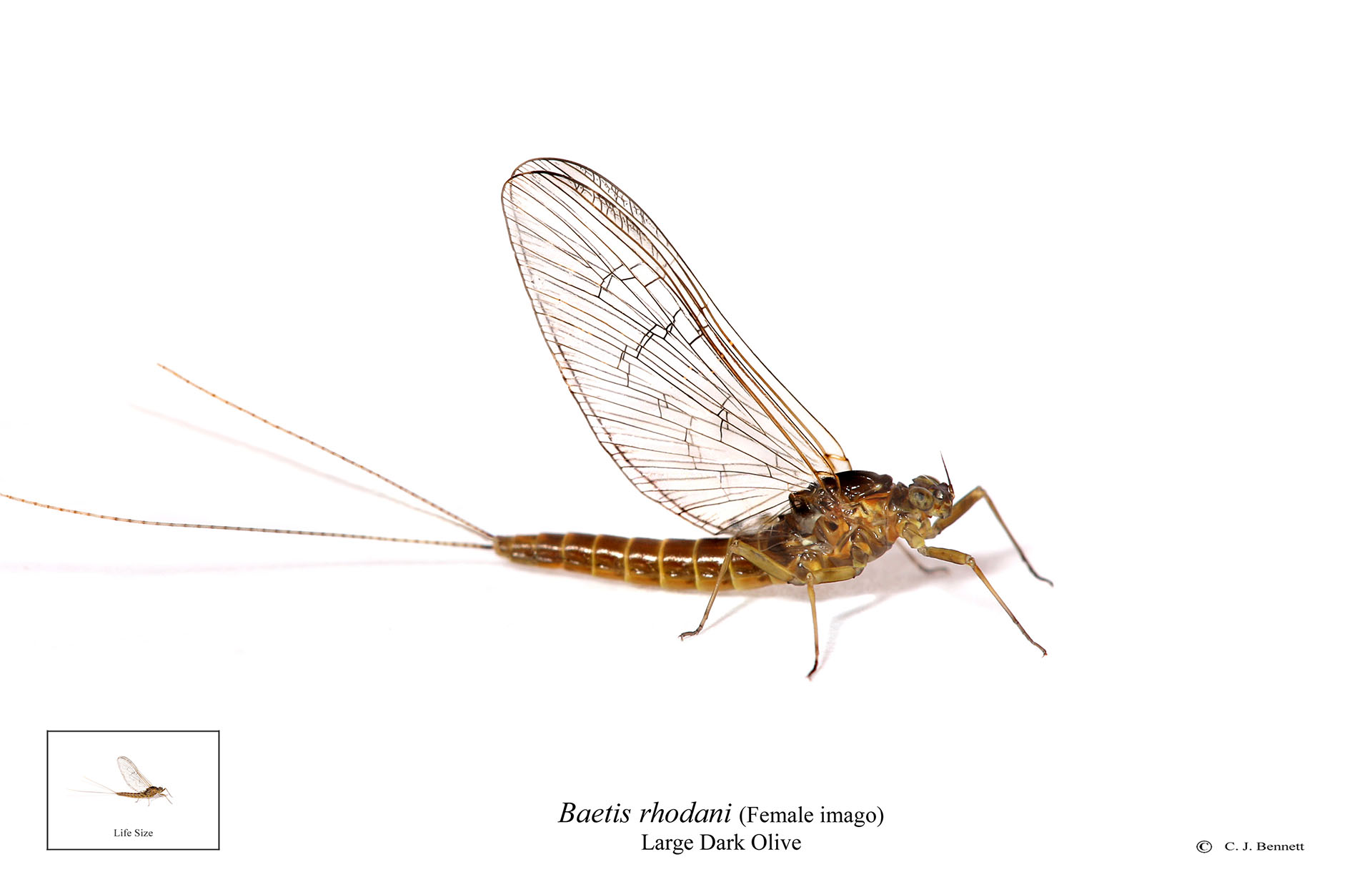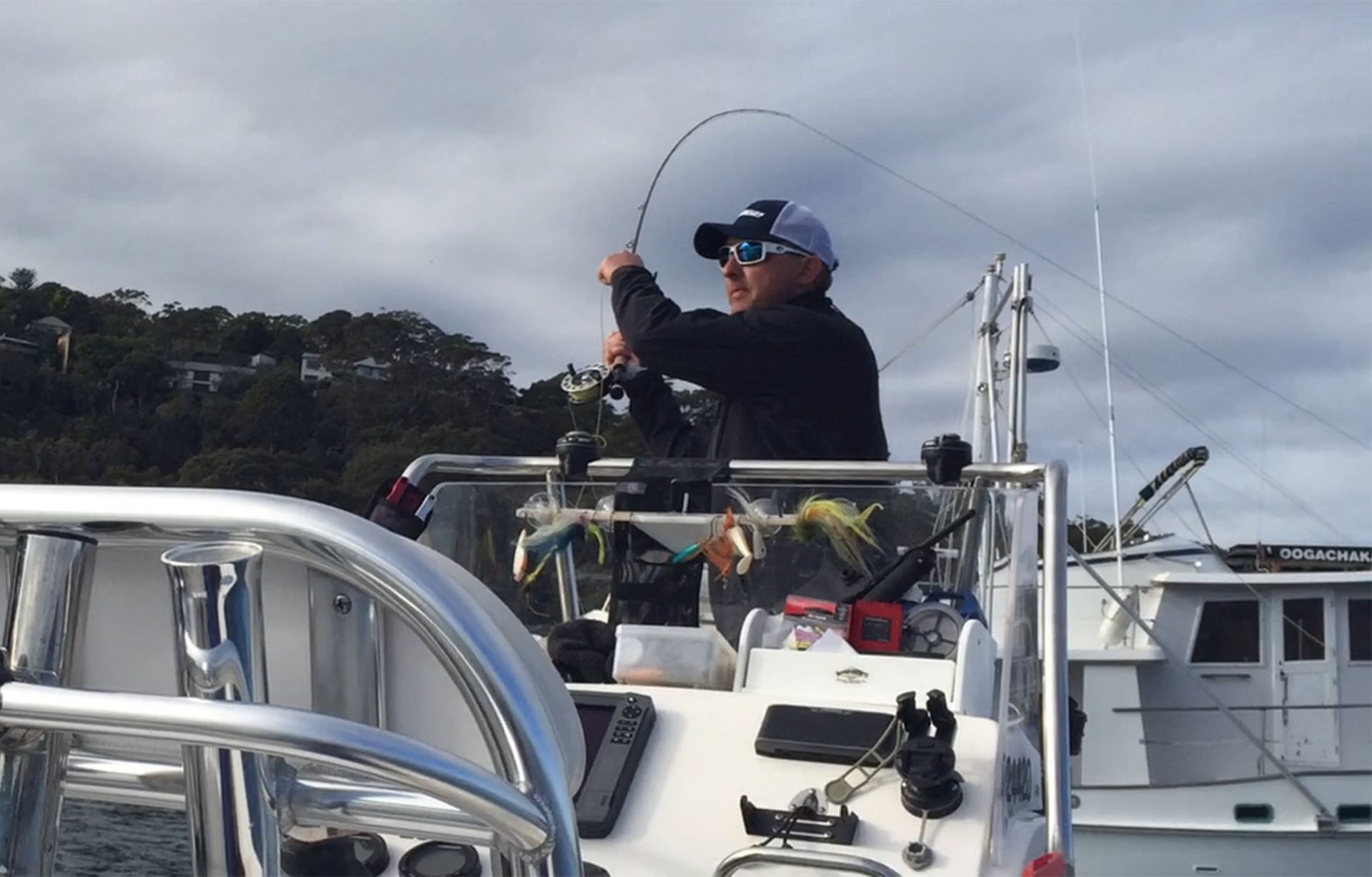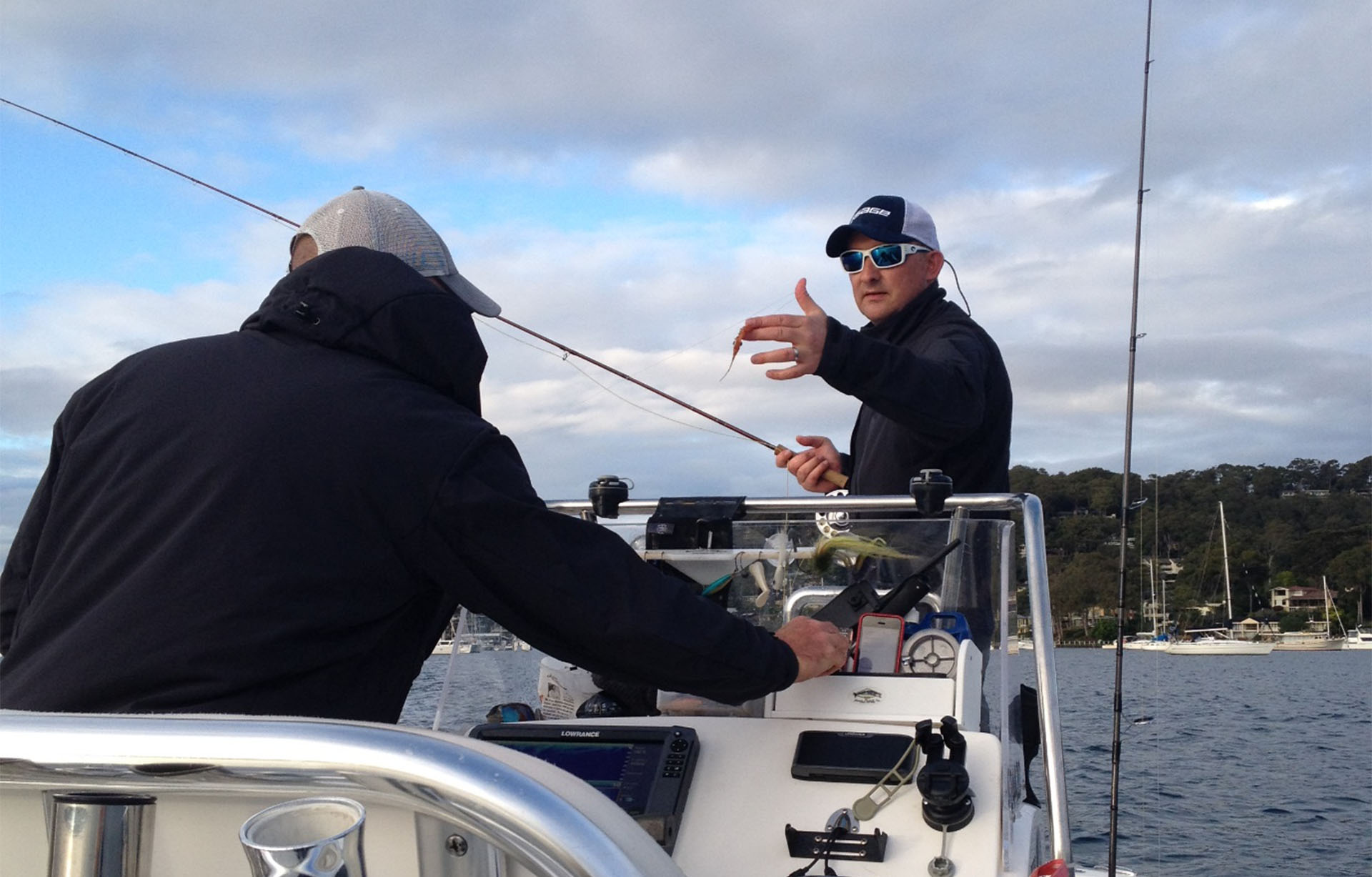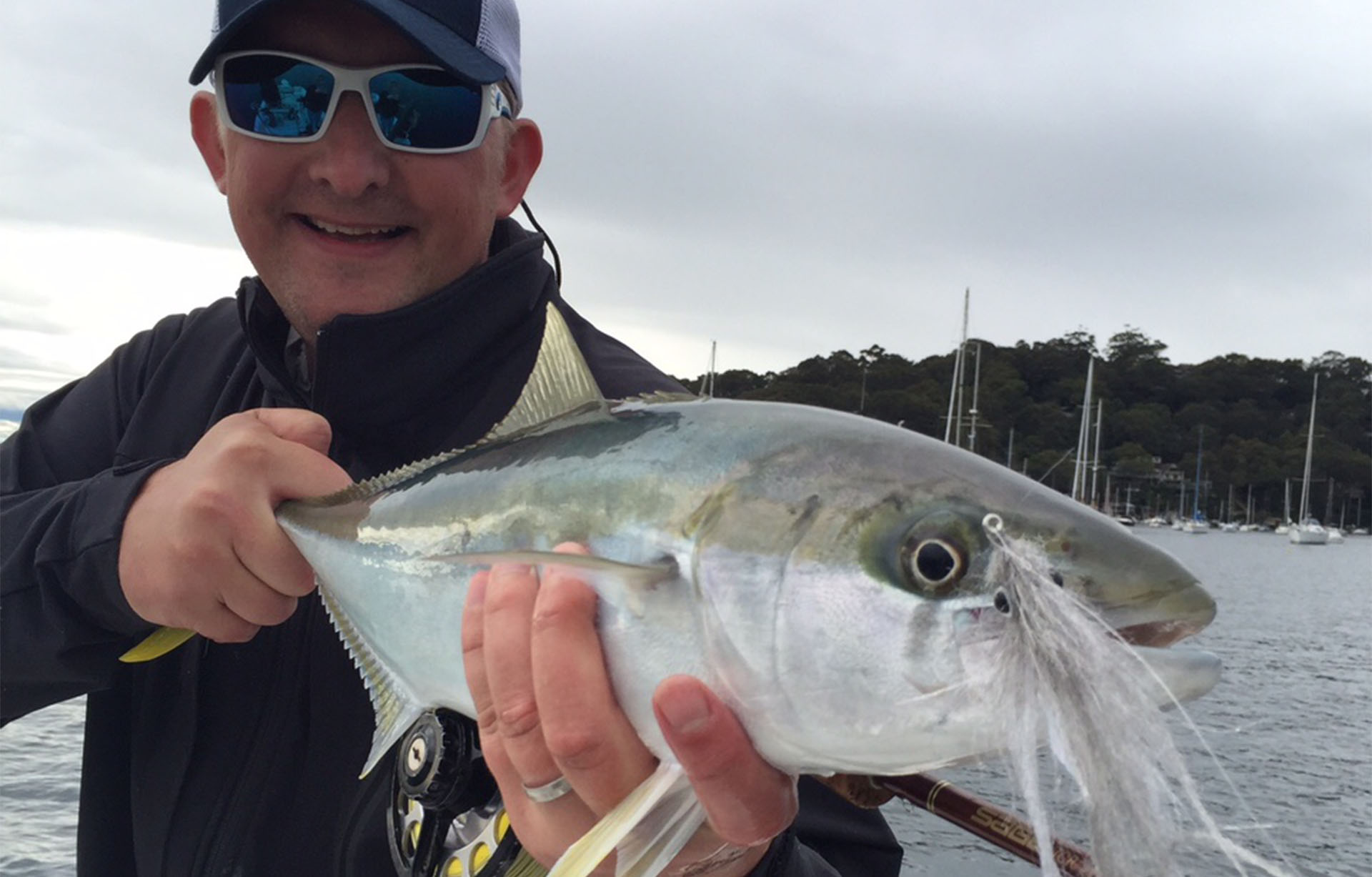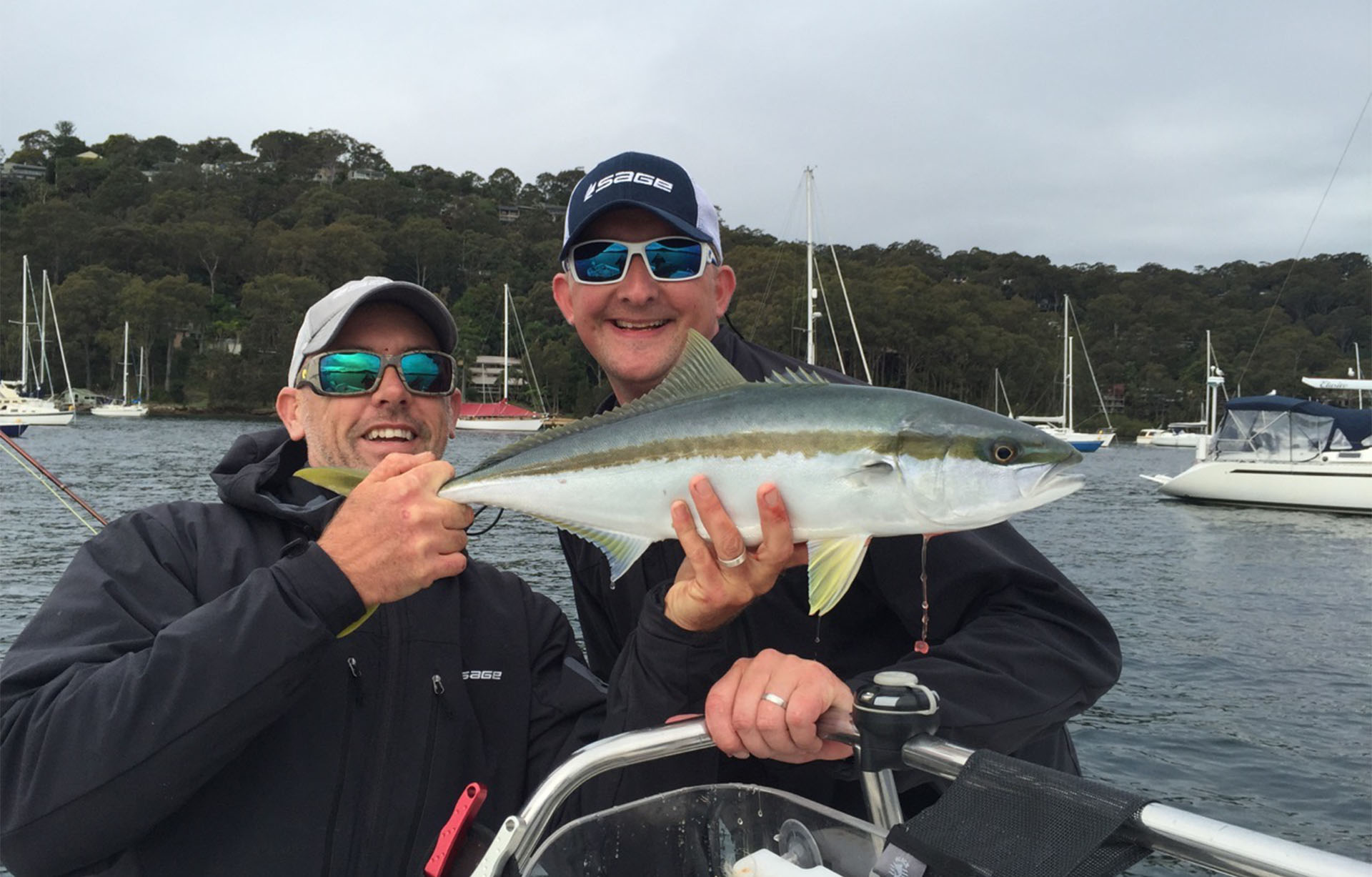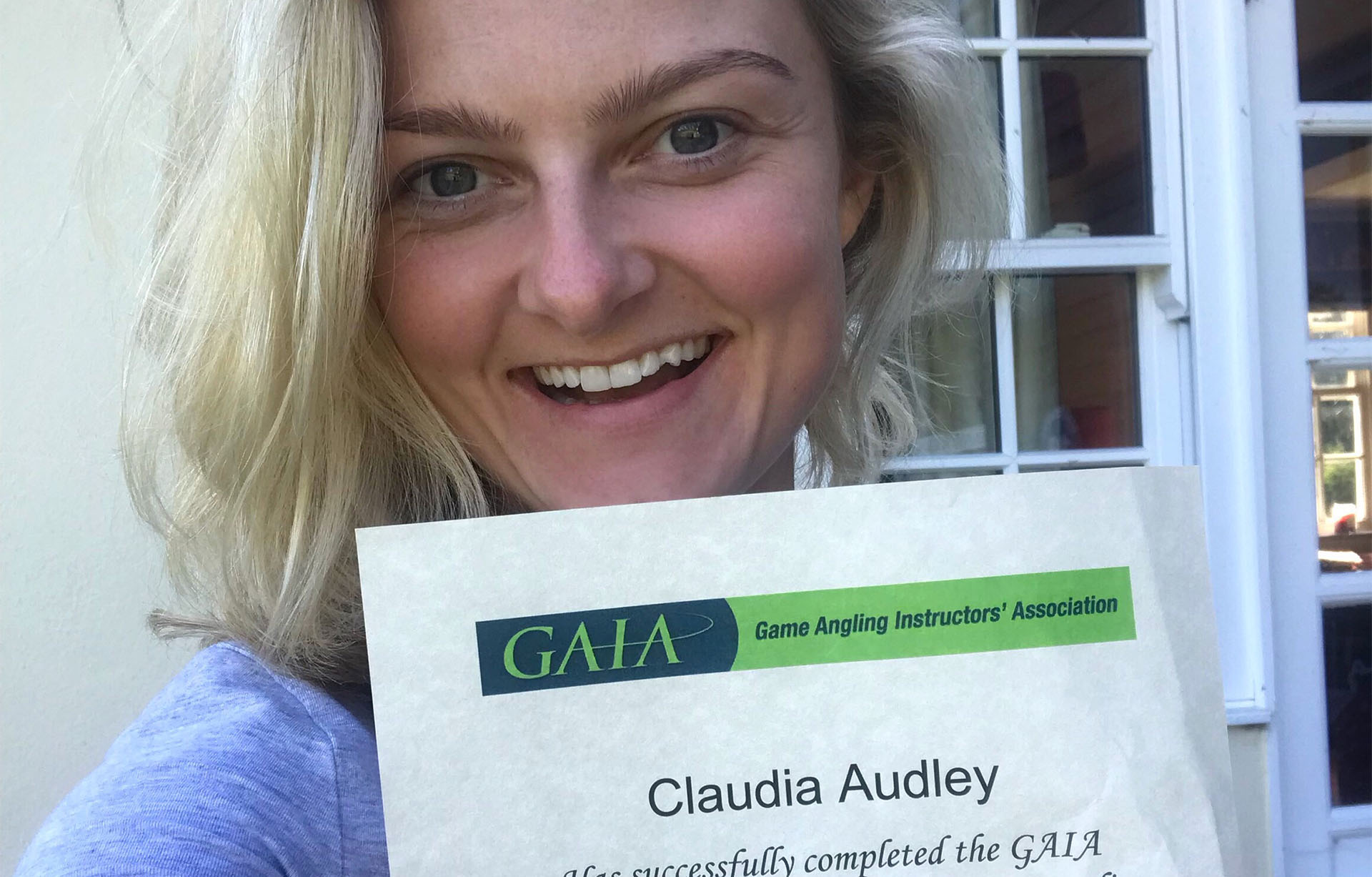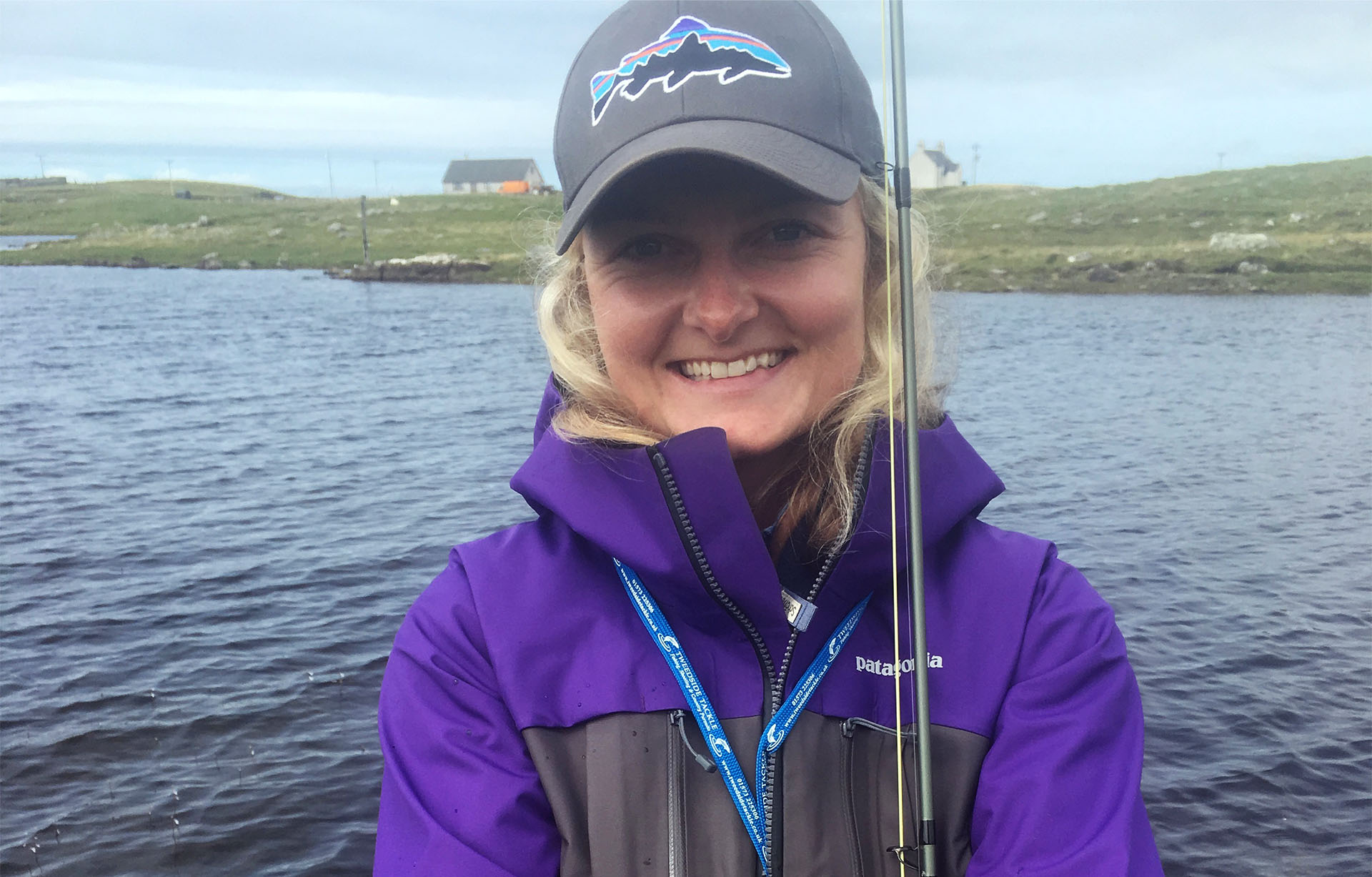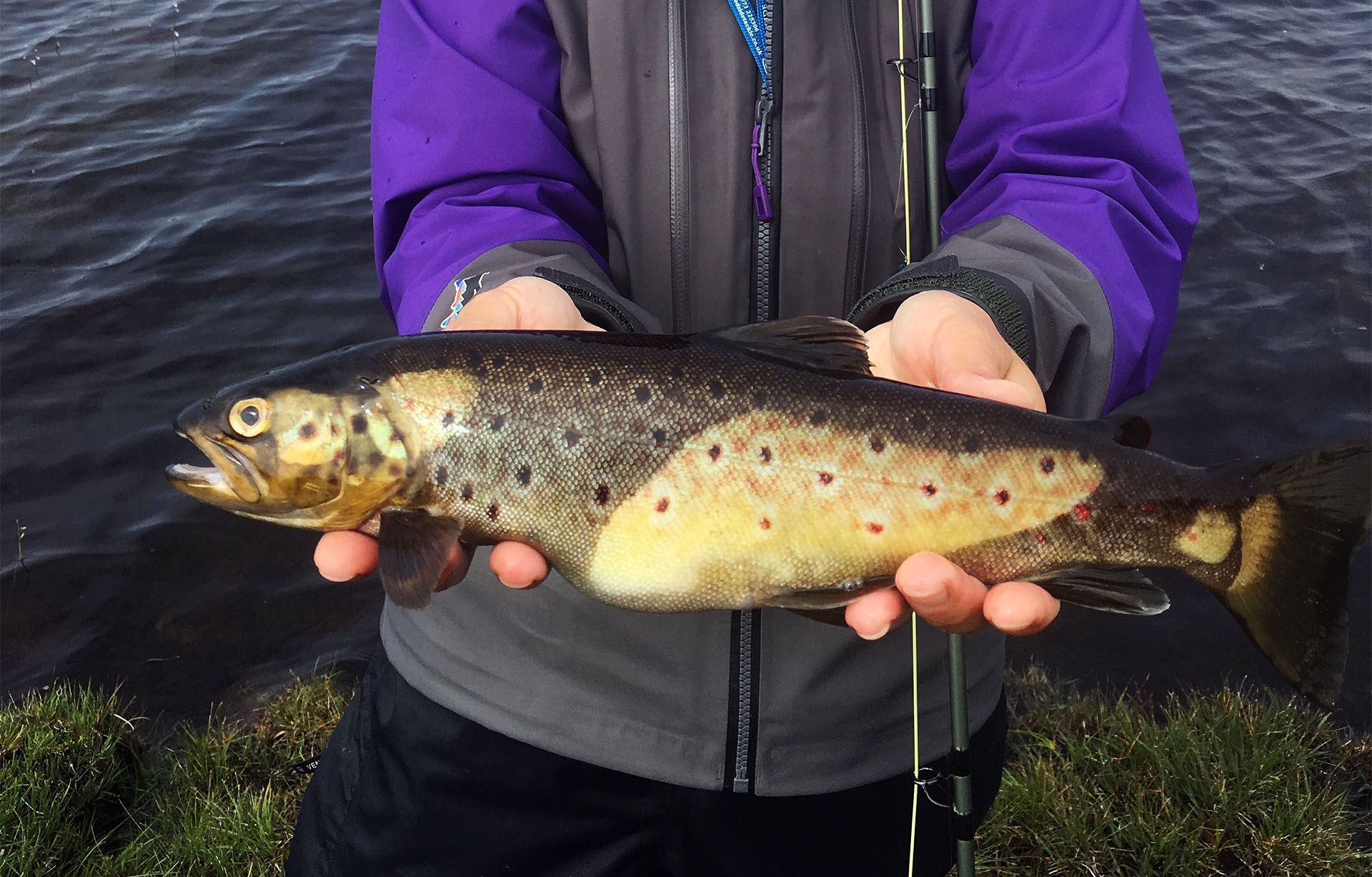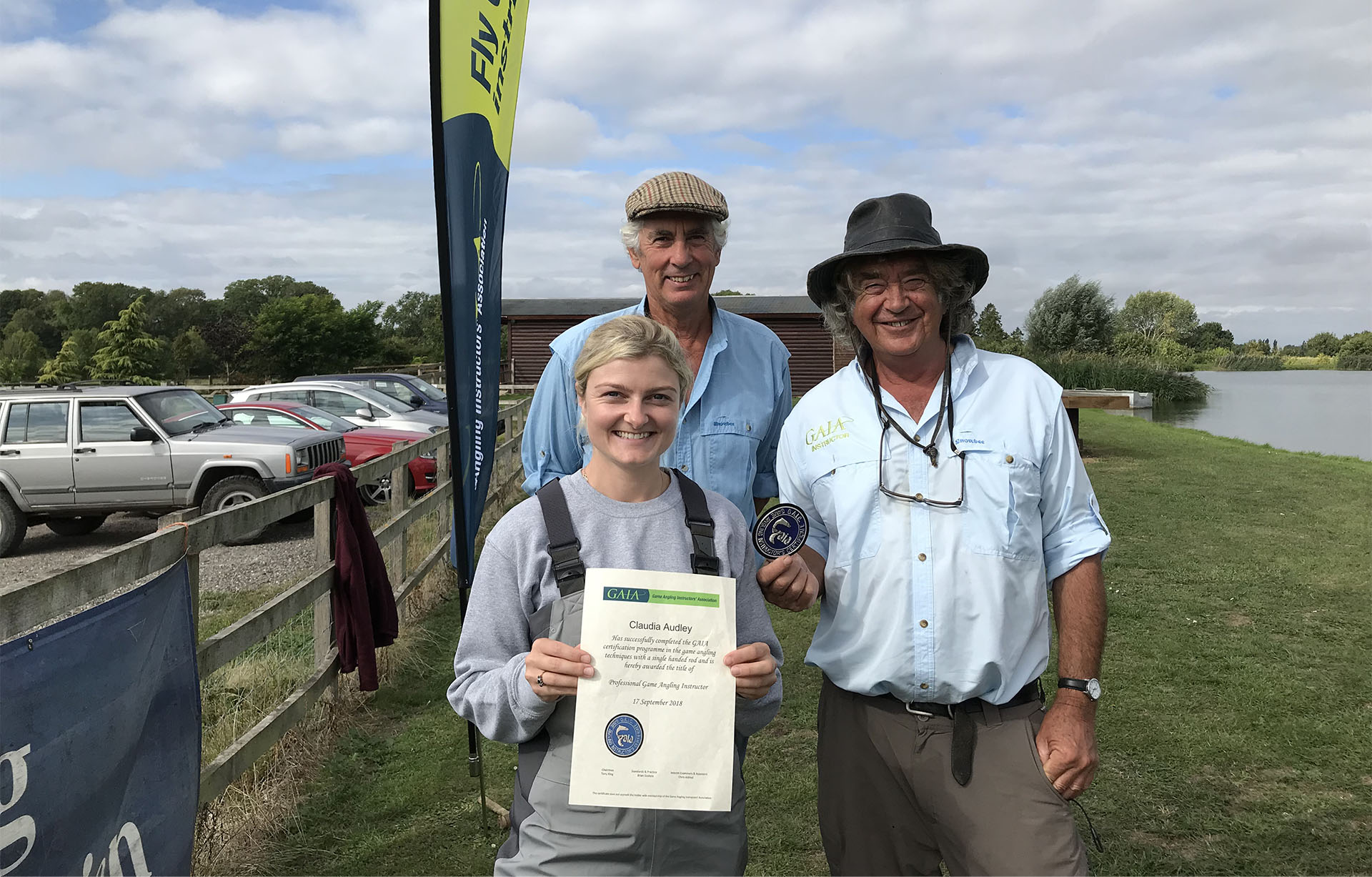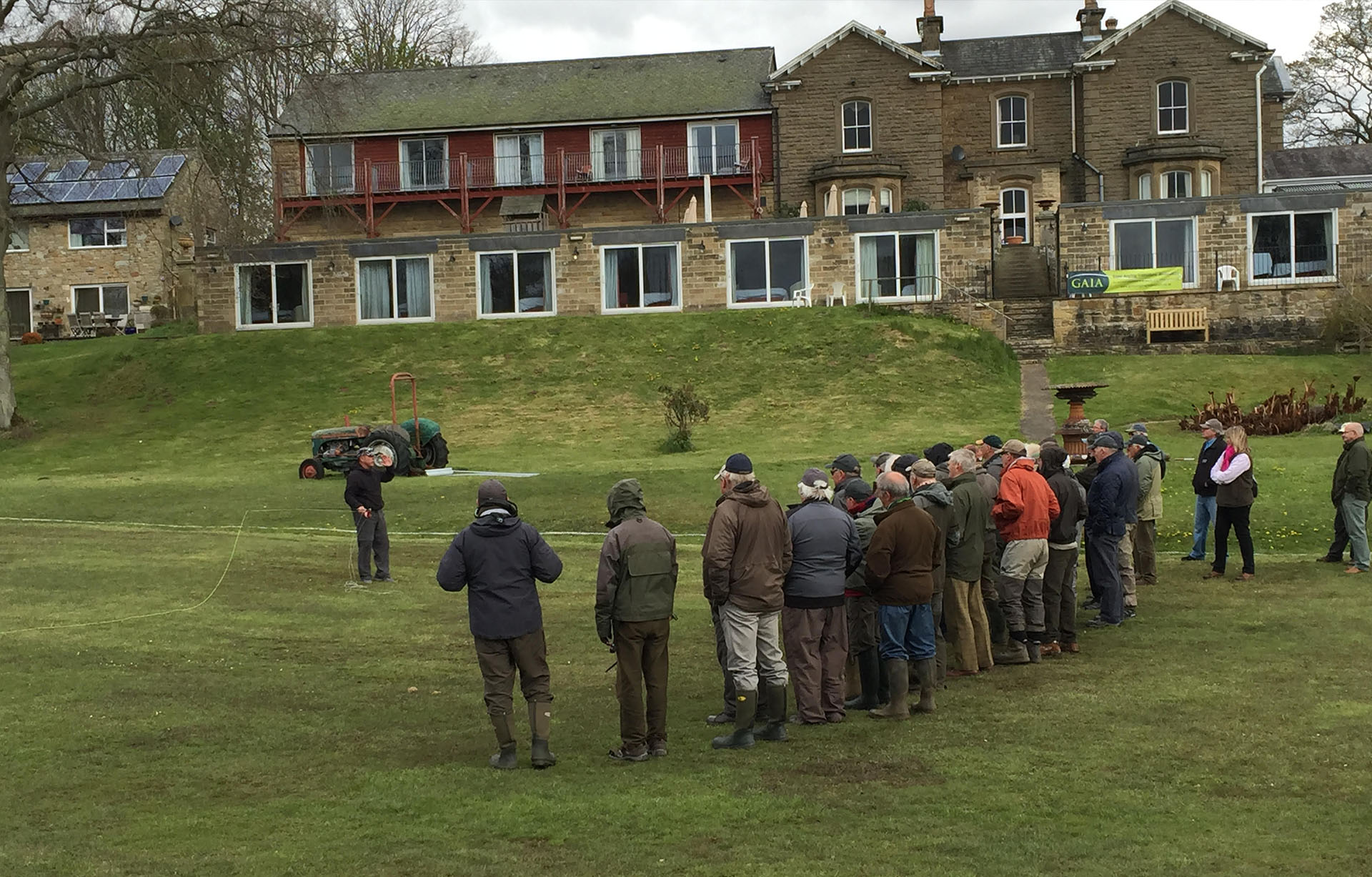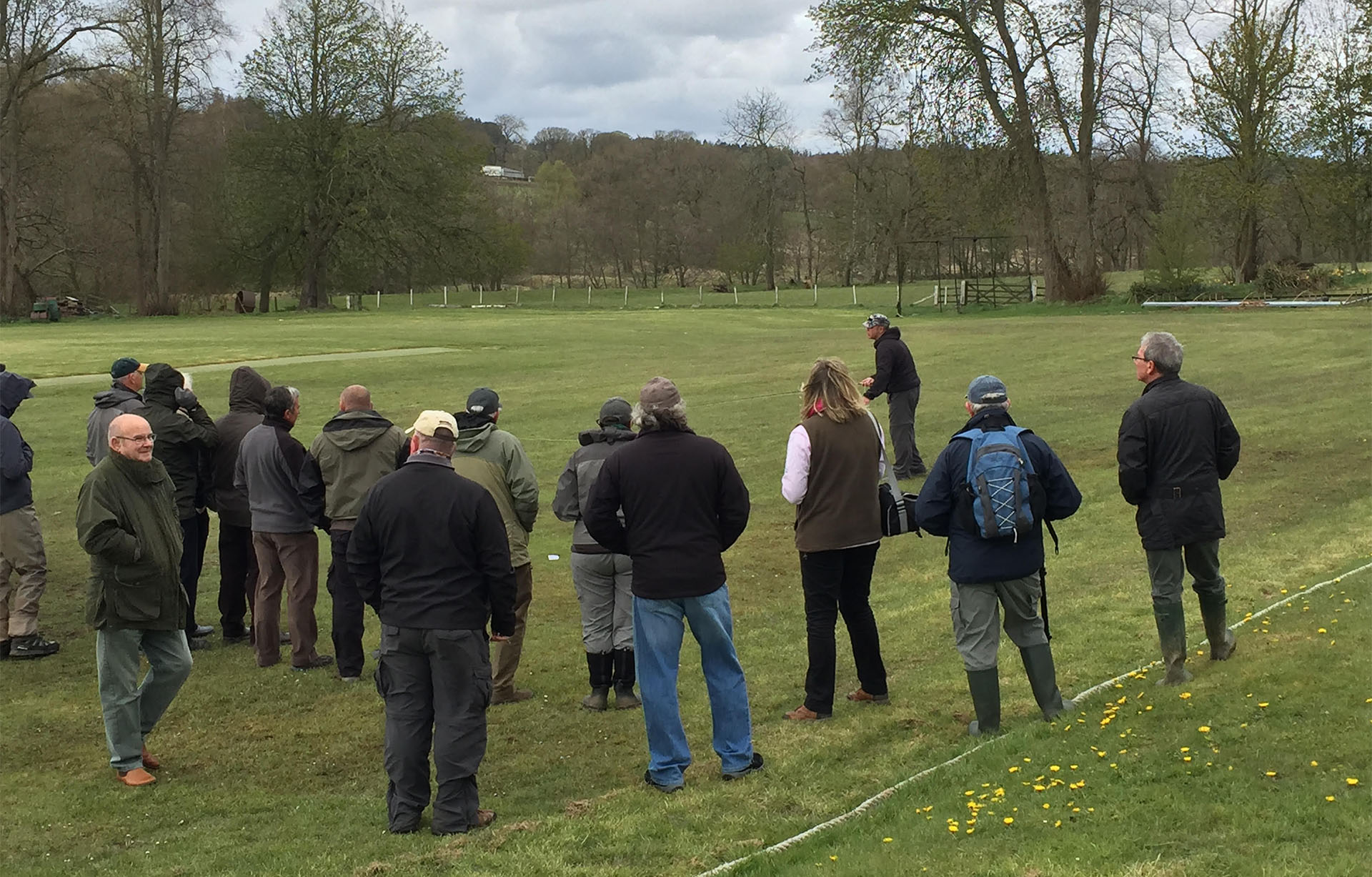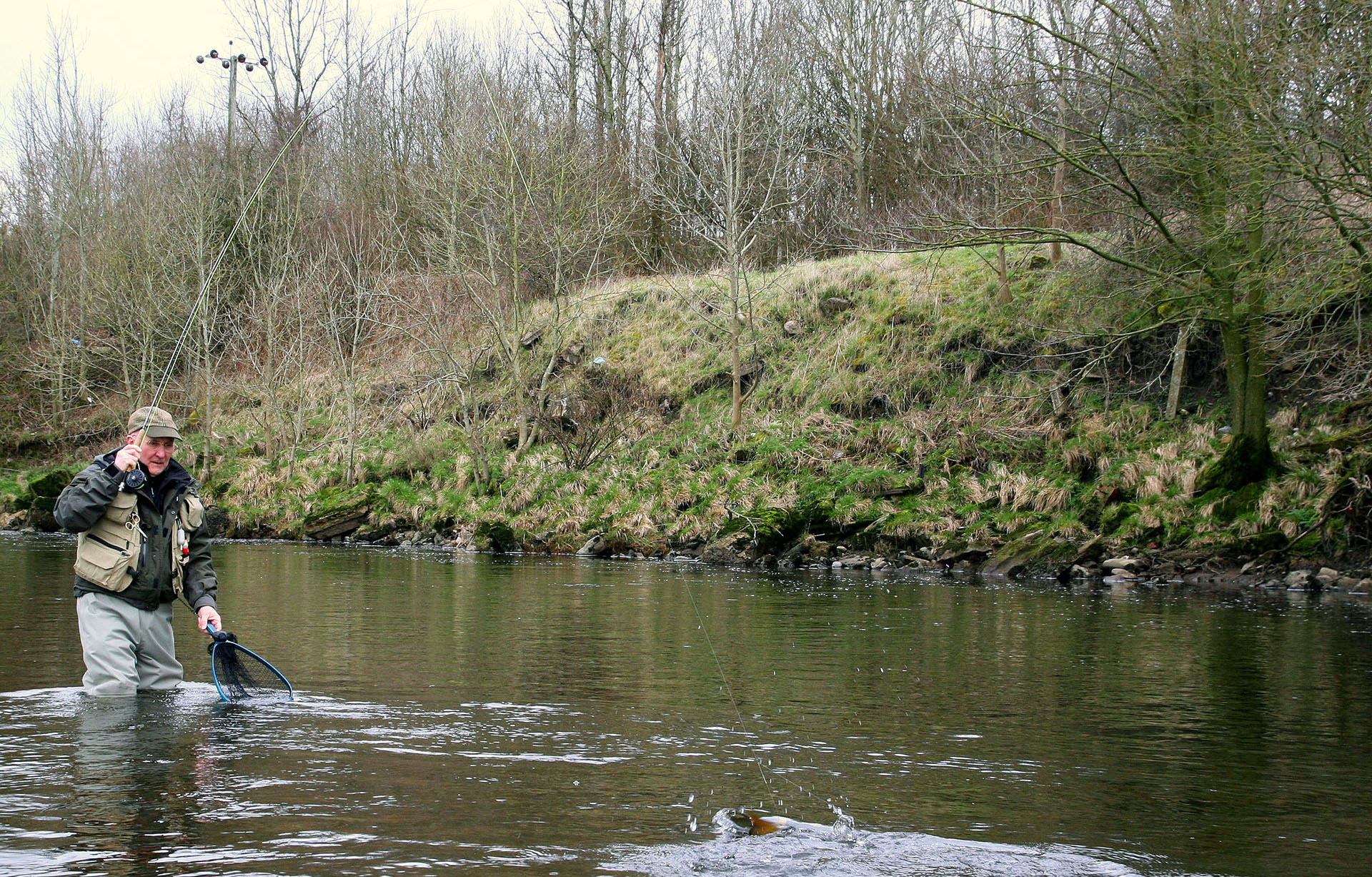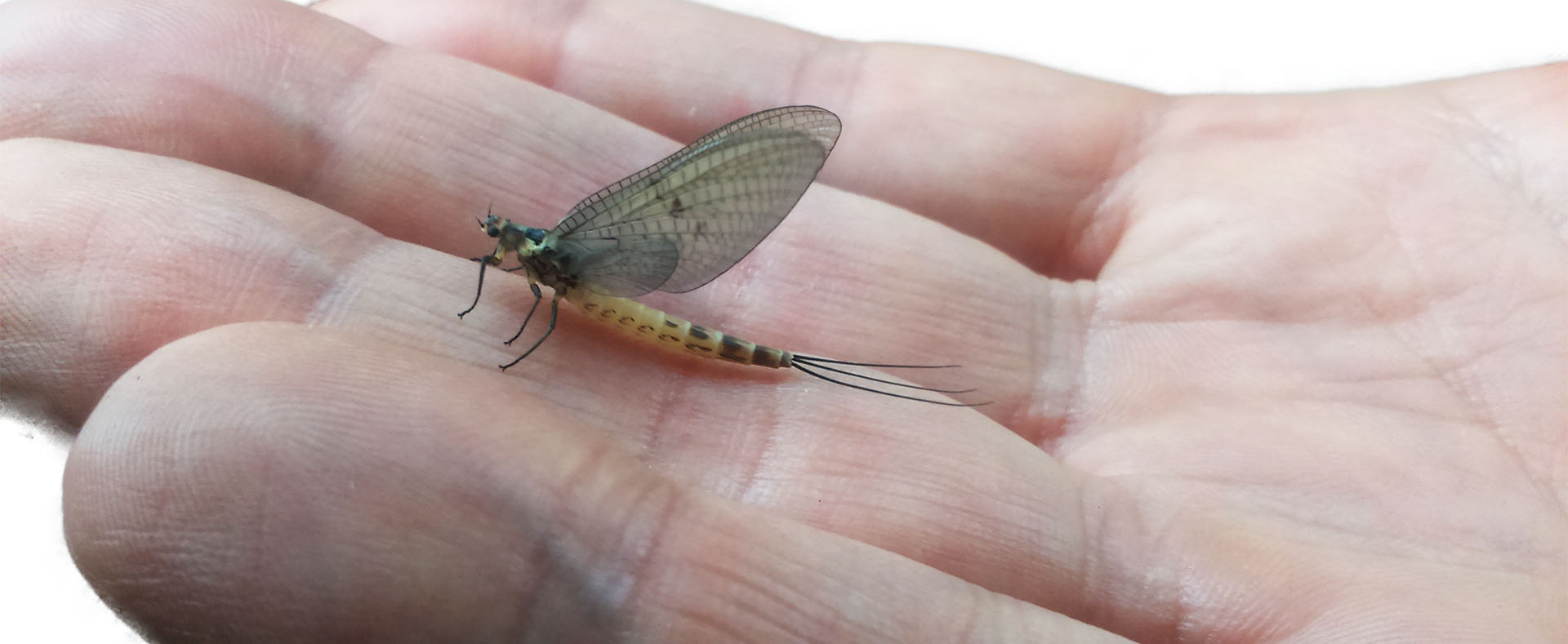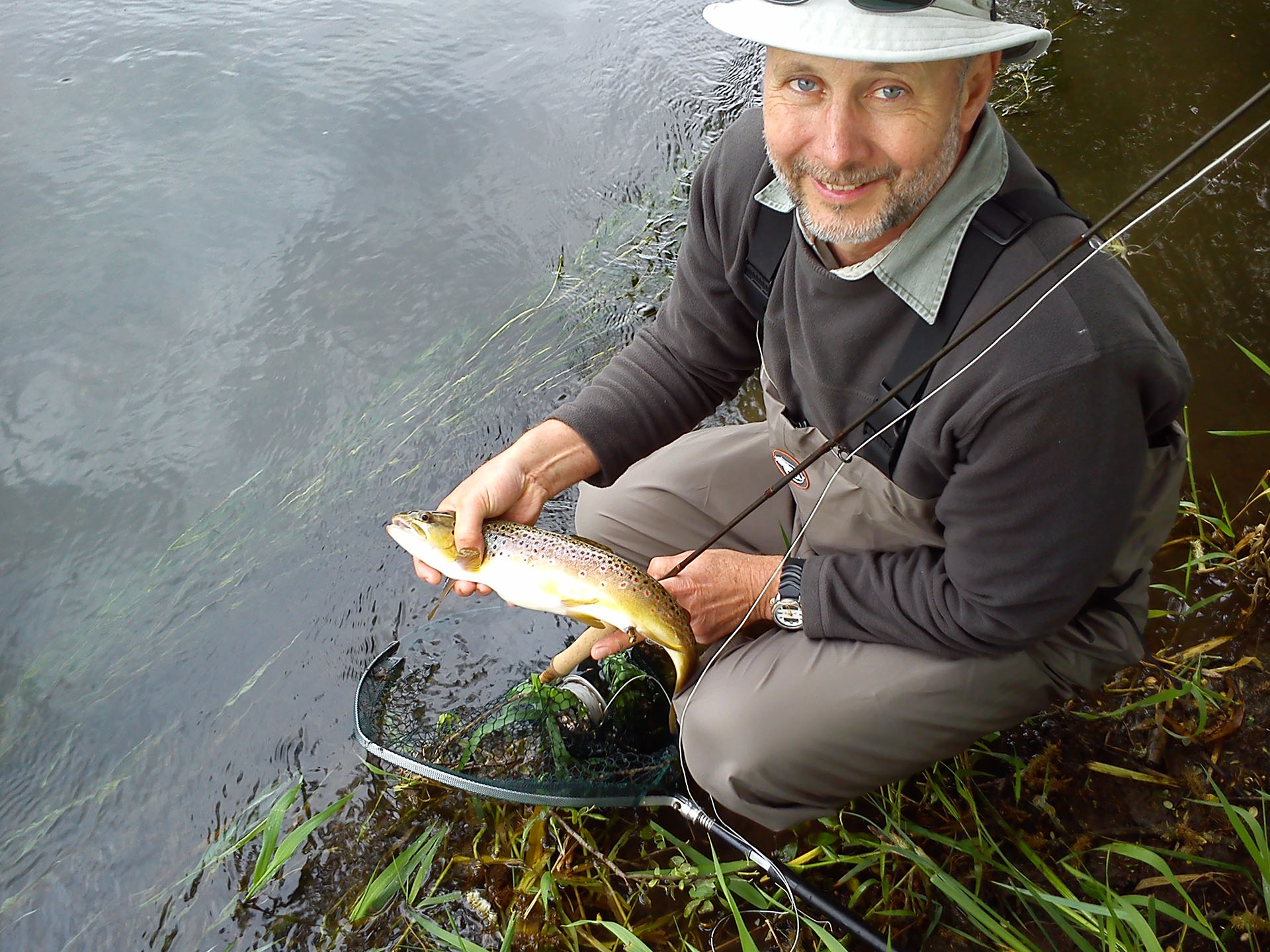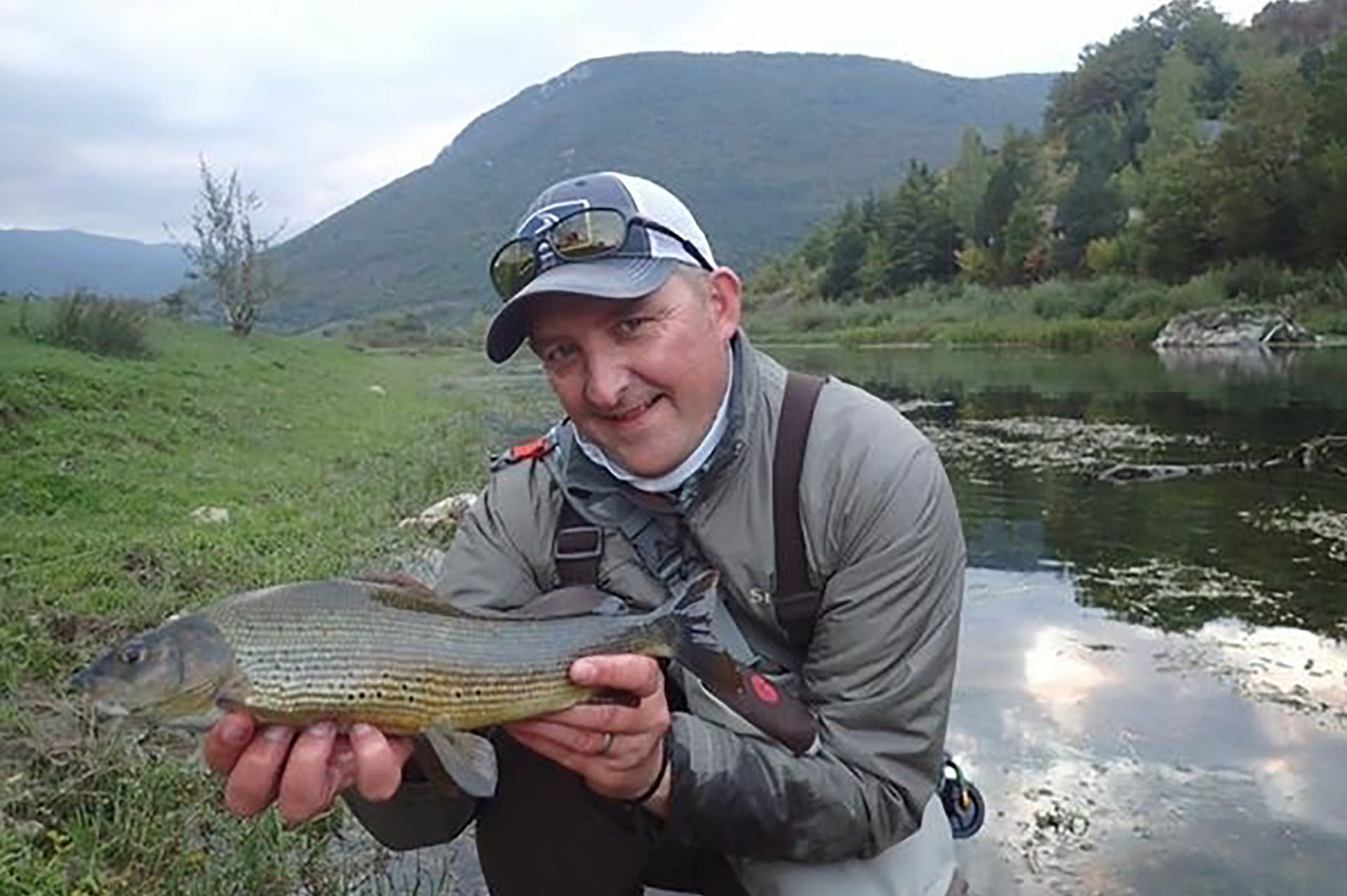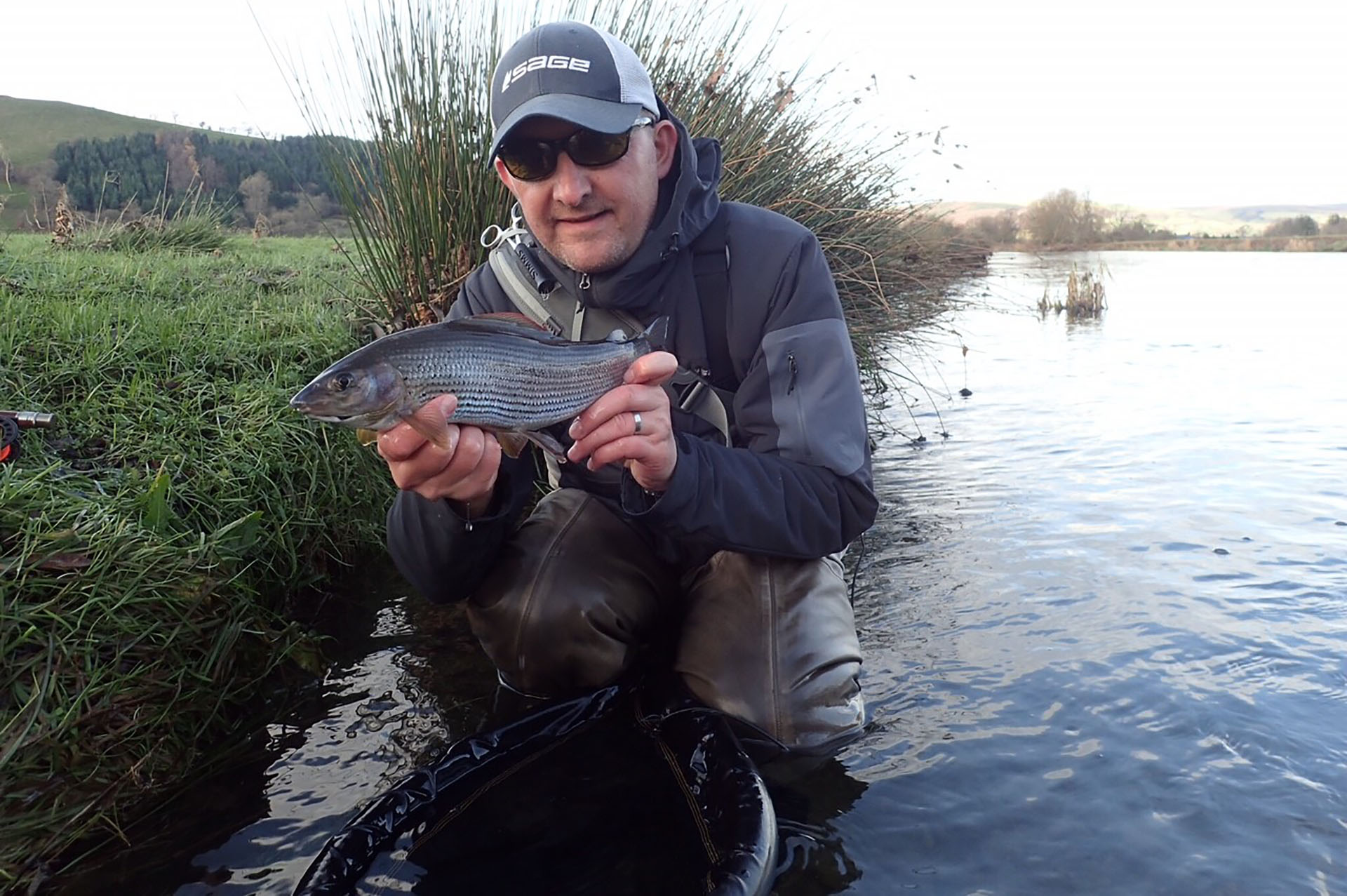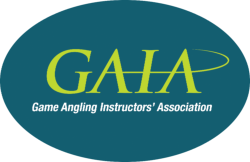‘Pon my soul
Initially fly fishing in Cuba, Trinidad & Tobago (my homeland) and other islands, introduced me to the splendor of Tarpon. Tarpon are just so exhilarating, they’re extremely acrobatic and test your tackle, line and knots to the very limit. To coin a phrase “I was hooked” and after many years of enjoying more general fishing expeditions, I set out with purpose, to target some really, really big ones.
With regular fishing trips to the Florida Keys over a number of years I found the “right guides”, and built my confidence. The time had finally come to hook up with some giants.
For me, Islamorada was the destination where I would finally realise my dream. Nine Tarpon (we call them ‘pons) from 110 pounds up to 170 pounds.
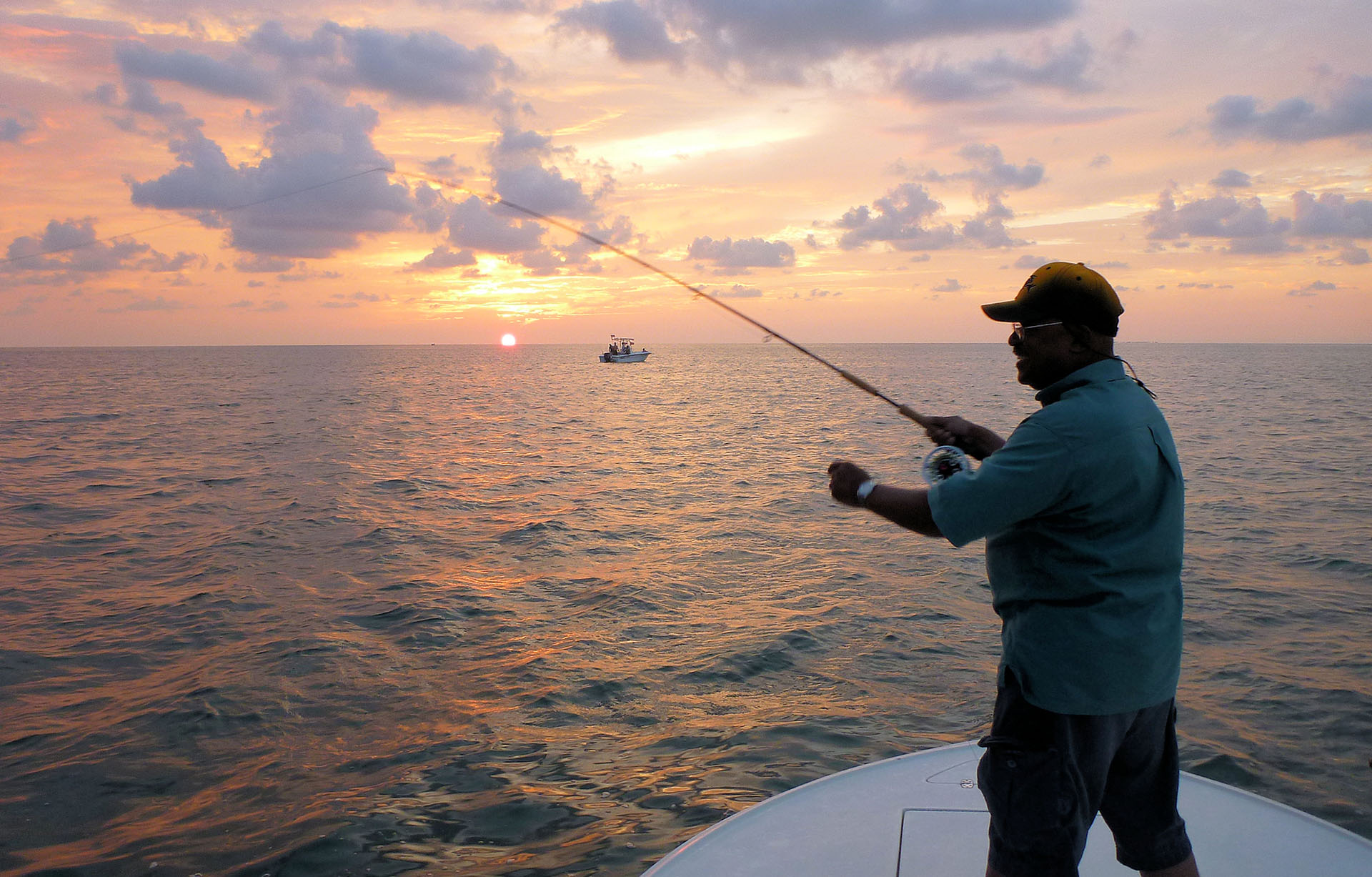
Here are a few of my top tips.
Pick your dates
Tarpon, with their large eyes are predominately sight feeders, although they do, of course, have other sensors at their disposal. I picked a week when there was no moon at night. Tarpon will feed ravenously before nightfall and also first thing in the morning, they’re hungry, as they haven't had the light of the moon to help find enough food.
Commitment to your goal
I found a guide willing to take us out in two shifts and block booked for six days. We started casting virtually at sunrise then went back to where we were staying, at about 11am for breakfast and some sleep. Then we were back on the salt for about 3pm, to fish for the last few hours, until an hour after sunset. Be sure your guide is willing to put in this sort of commitment, which of course will come at a price.
Get the gear and have an idea
Have the right rod, line and enormous stuff to throw at these critters. Develop the skills to cast effectively with this specialist equipment before you arrive at your destination, get some damn tuition to help you hit the ground running.
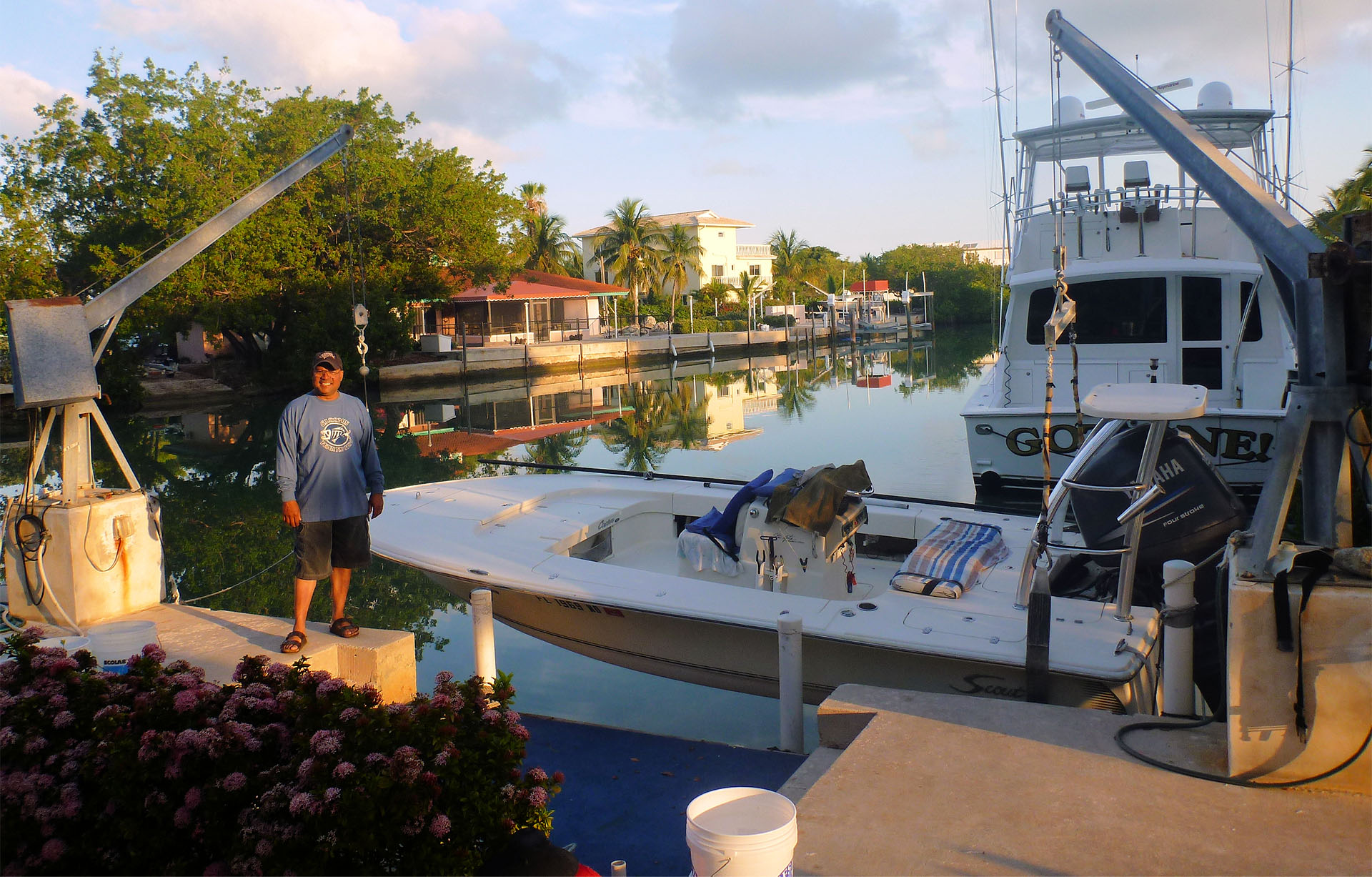 Pick a Pro
Pick a Pro
Make sure that your guide is also a great skipper with the right size skiff. They will know how to position the boat during the playing of big, heavy fish so it's not all down to you, done correctly the fish will have the weight of the boat to also contend with. The guide will also be tuned in to the fight so they will always have the engine ready to chase the fish when it runs.
Safety in mind
Do not stay in the water (if you find shallow water) holding your fish too long for your trophy pics, as Hammerhead sharks are partial to these fish. Big tarpon are heavy fish, so beware that your dream maker does not become your back breaker.
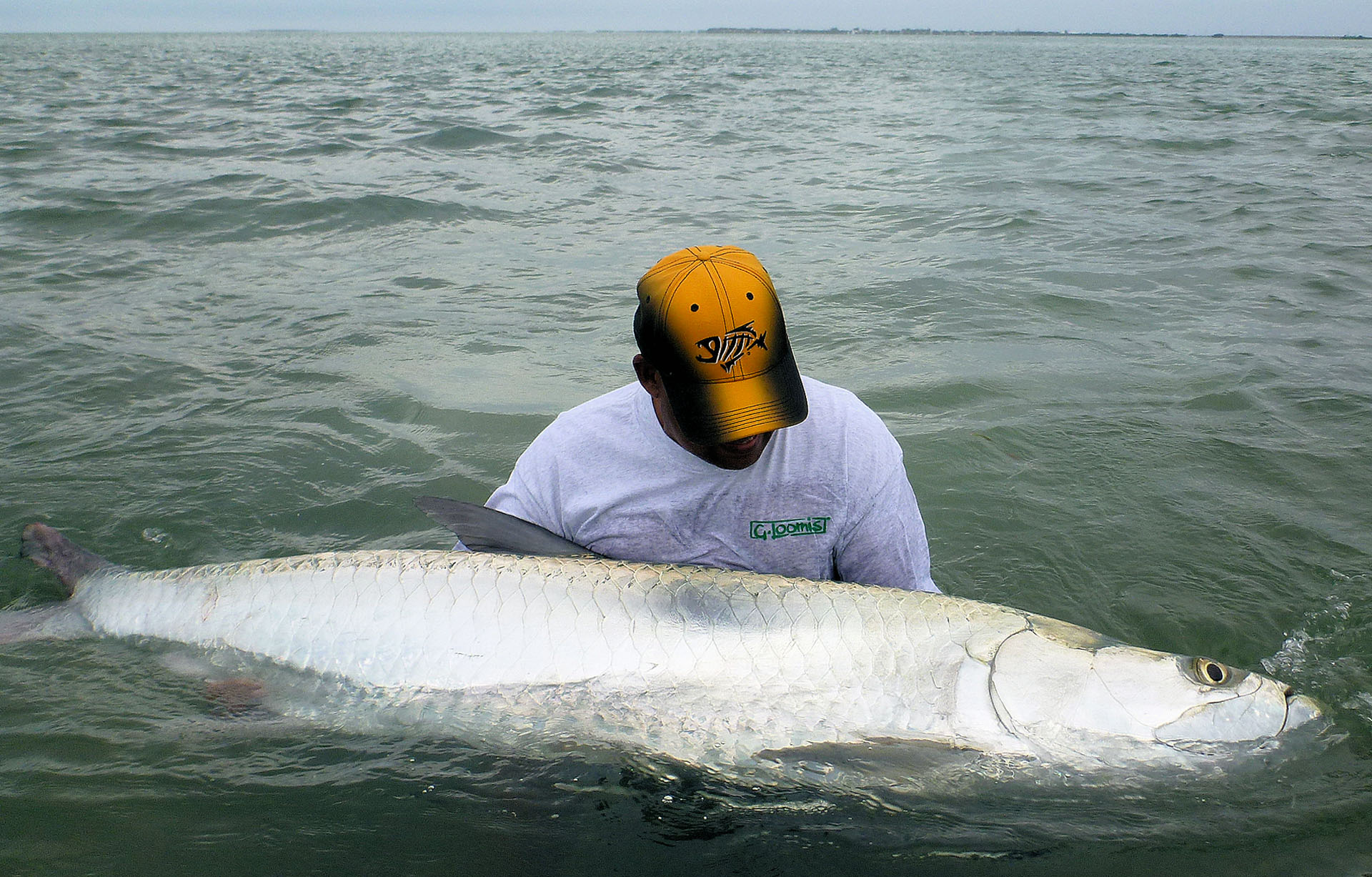
What rocks your boat? GAIA Instructors are here to help you achieve your fishing goals. Get in touch with your local GAIA instructor and let them know your requirments, they will be able to put you directly in touch with someone with the expertise and knowledge to assist you.
